Historic Cairo, Cairo, Egypt
Old Cairo, also known as Historic Cairo, is a district in the city of Cairo, Egypt, that holds a wealth of historical, cultural, and religious significance. 823
Historic Cairo: El-Gamaleya, El Gamaliya, Cairo Governorate
Date Picture Taken: February, 2024
This area has numerous landmarks, mosques, churches, and historic sites dating back to different periods of Cairo’s long history.
Cairo’s public trans system, like the bus or metro (subway), may not be suitable for foreign travelers because Egypt uses Egyptian characters for numbers, not the usual 1,2,3,4, … and so on. Not able to read the numbers on the bus or subway, finding the right bus or subway train would be challenging. Also, the public bus is too run-down for the tourists who prefer some comfort. To use the taxi, you must haggle on the cost with the driver, which is a hassle.
Walking around Cairo city is challenging for foreigners because there is seldom a traffic light to guide pedestrians to walk across the street.
But Uber makes it possible for foreign tourists to travel in Cairo. The car comes to you and takes you to your destination. You don’t need to haggle with the cost or tell them where to go. It is all taken care of by the Uber app.
For most foreign travelers, the package tour with a guide will be much easier.
I took an Uber to Bab al-Futuh gate at one end of Al-Muizz Street. Al-Muizz Street is the main street that goes through the Historic Cairo.
The buildings in front of the gate.

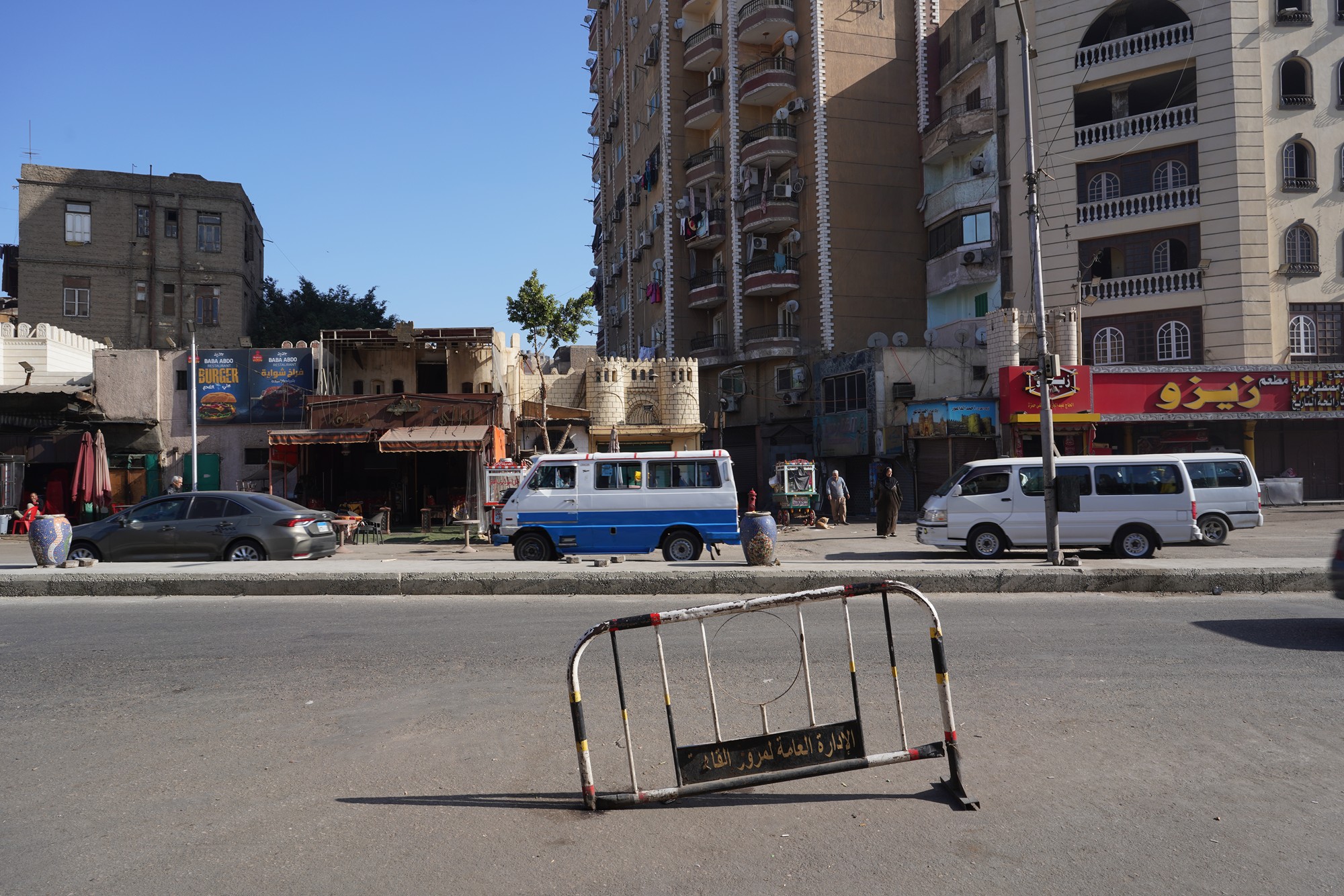
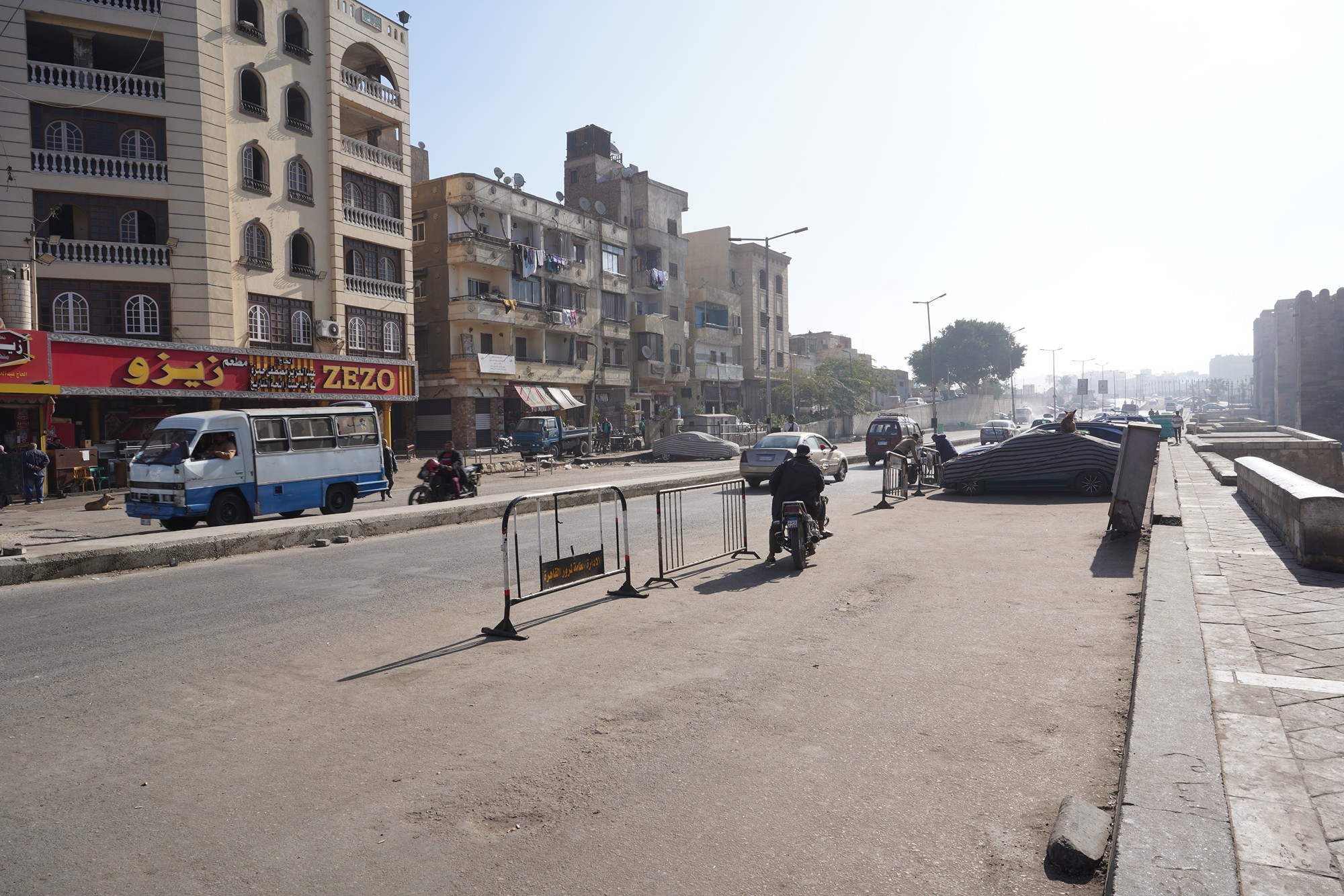
Bab al-Futuh Gate
Bab al-Futuh is one of the three remaining gates of the Old City of Cairo, part of the medieval city walls built during the Fatimid period.
Located in the northern part of the old city, it was constructed in 1087 during the reign of the Fatimid Caliphate.
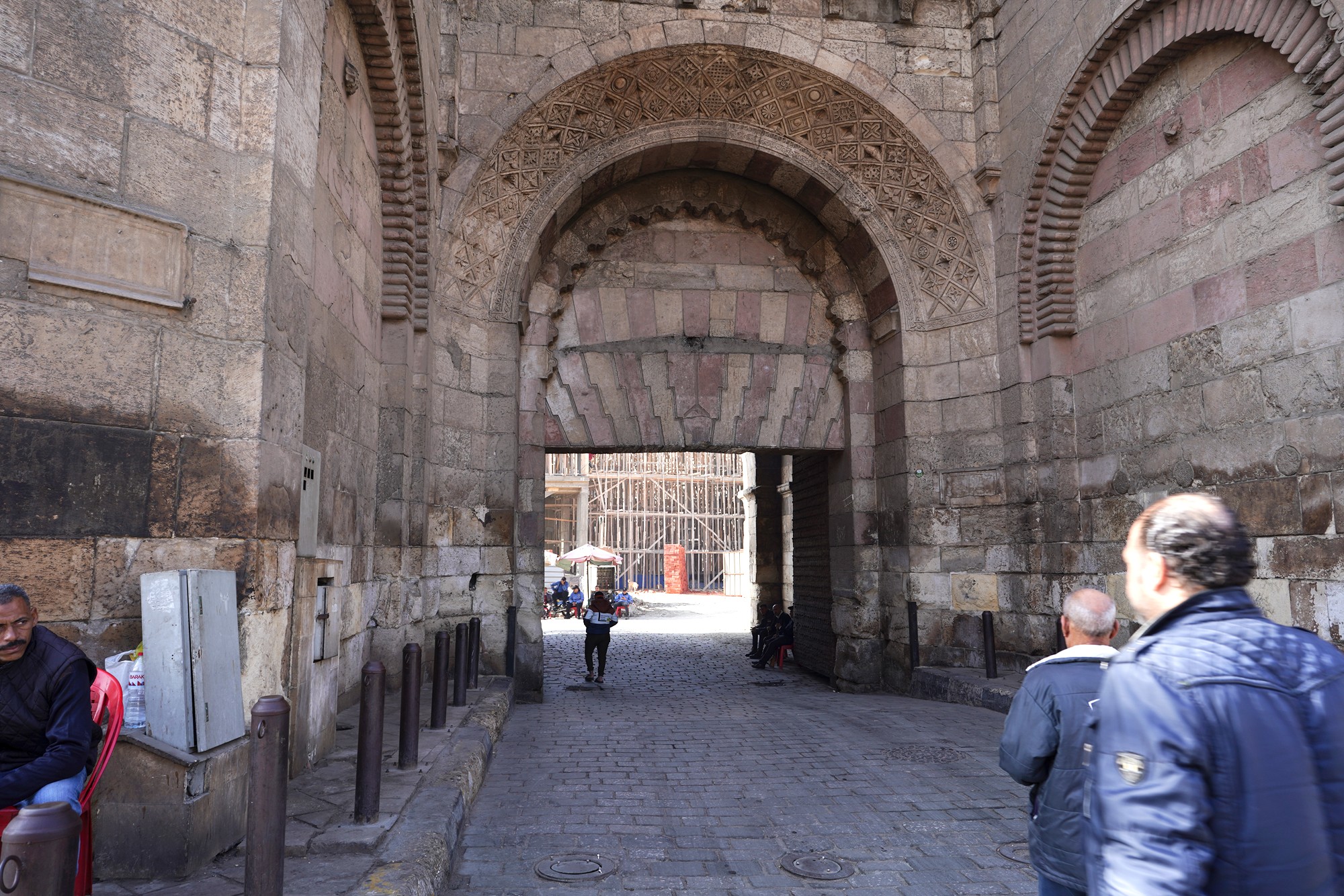

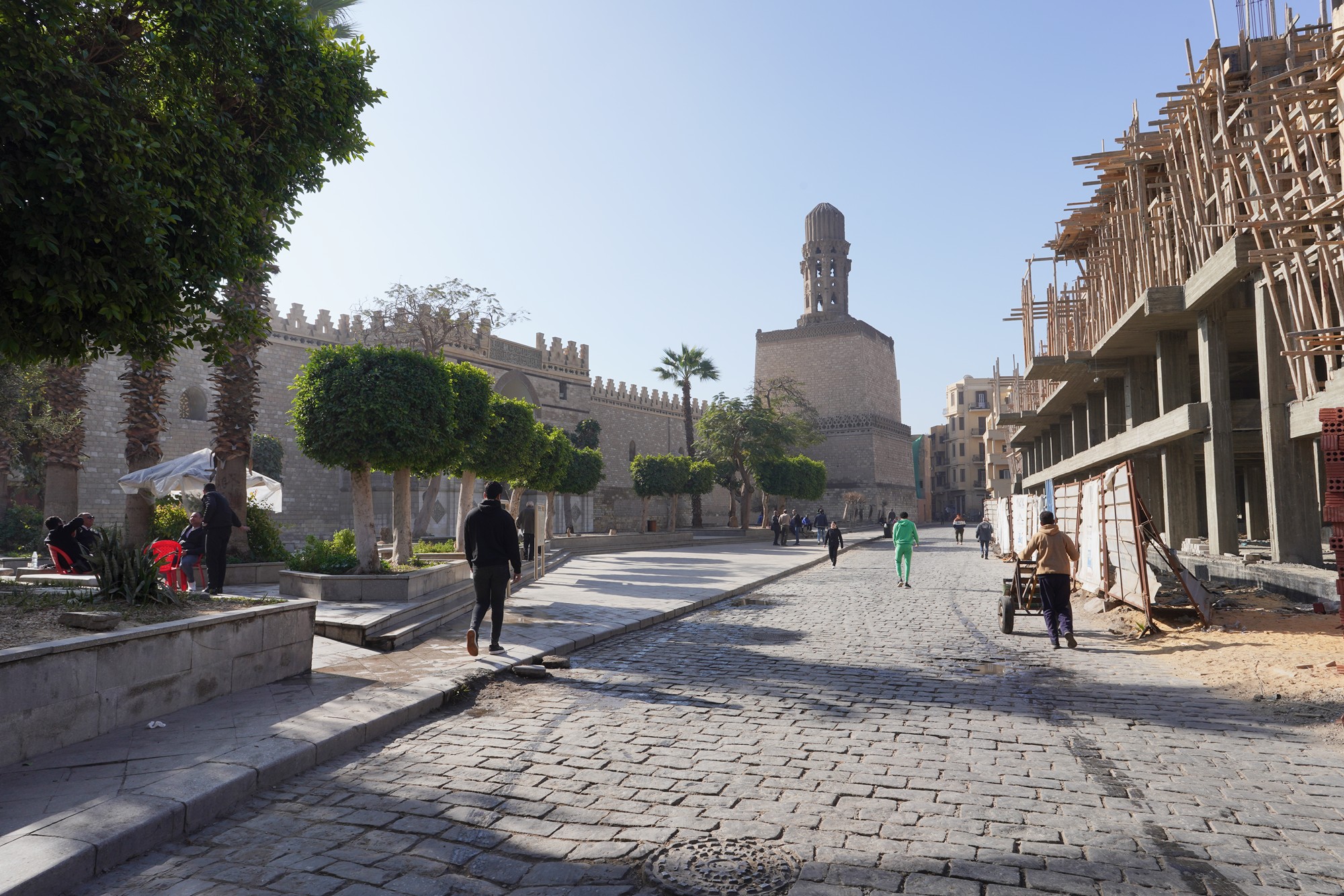

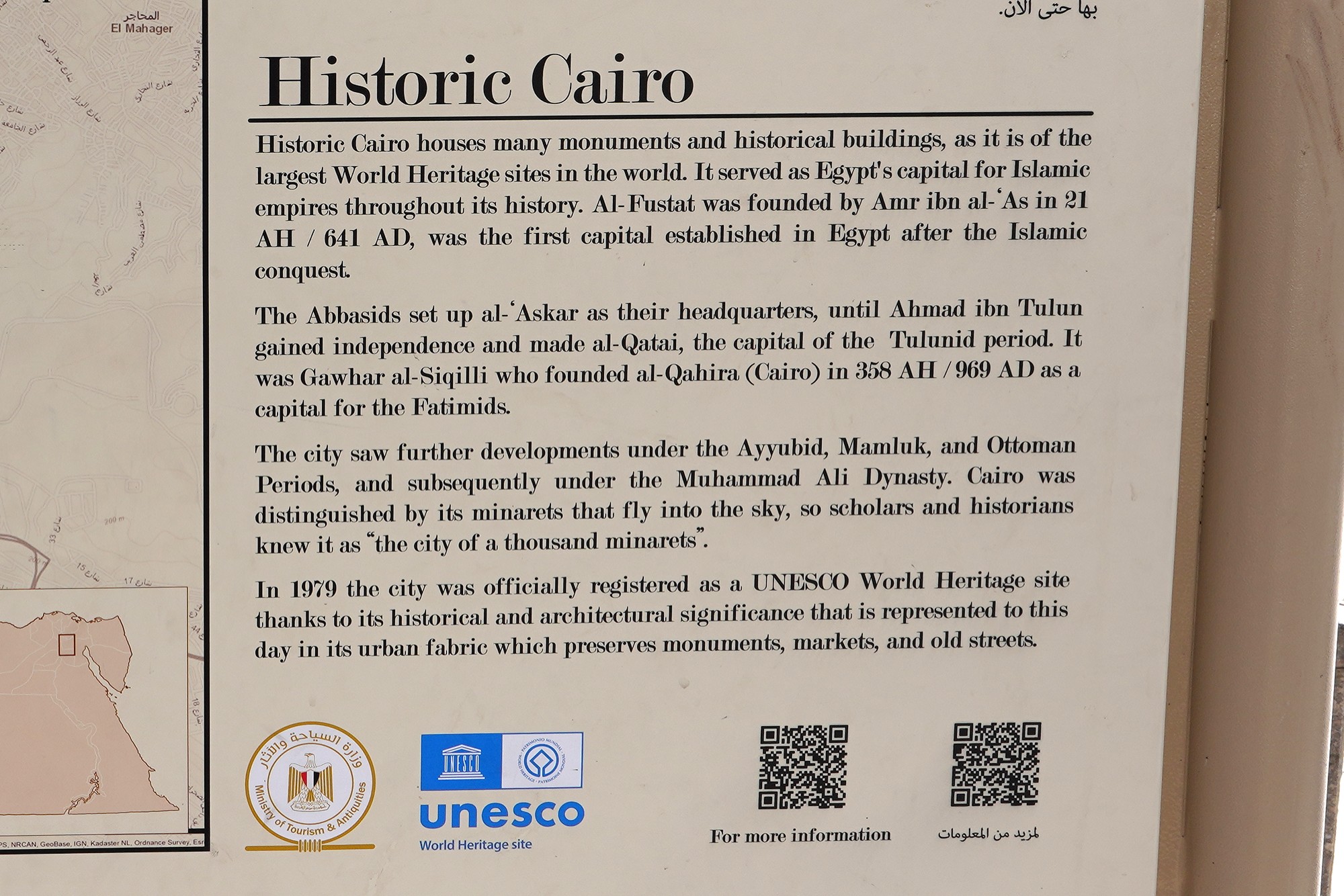
I plan to walk on Al-Muizz Street from north to south.

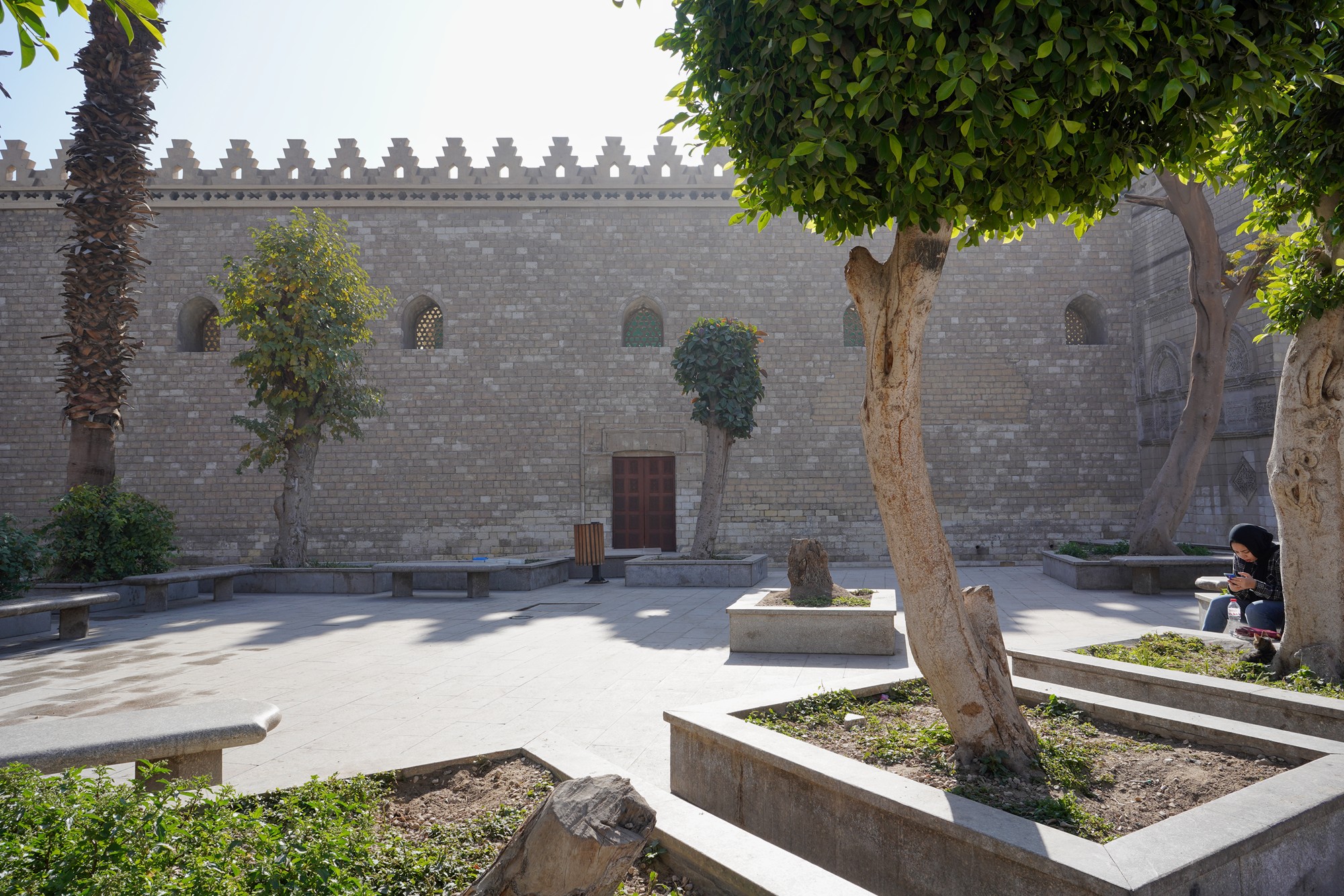
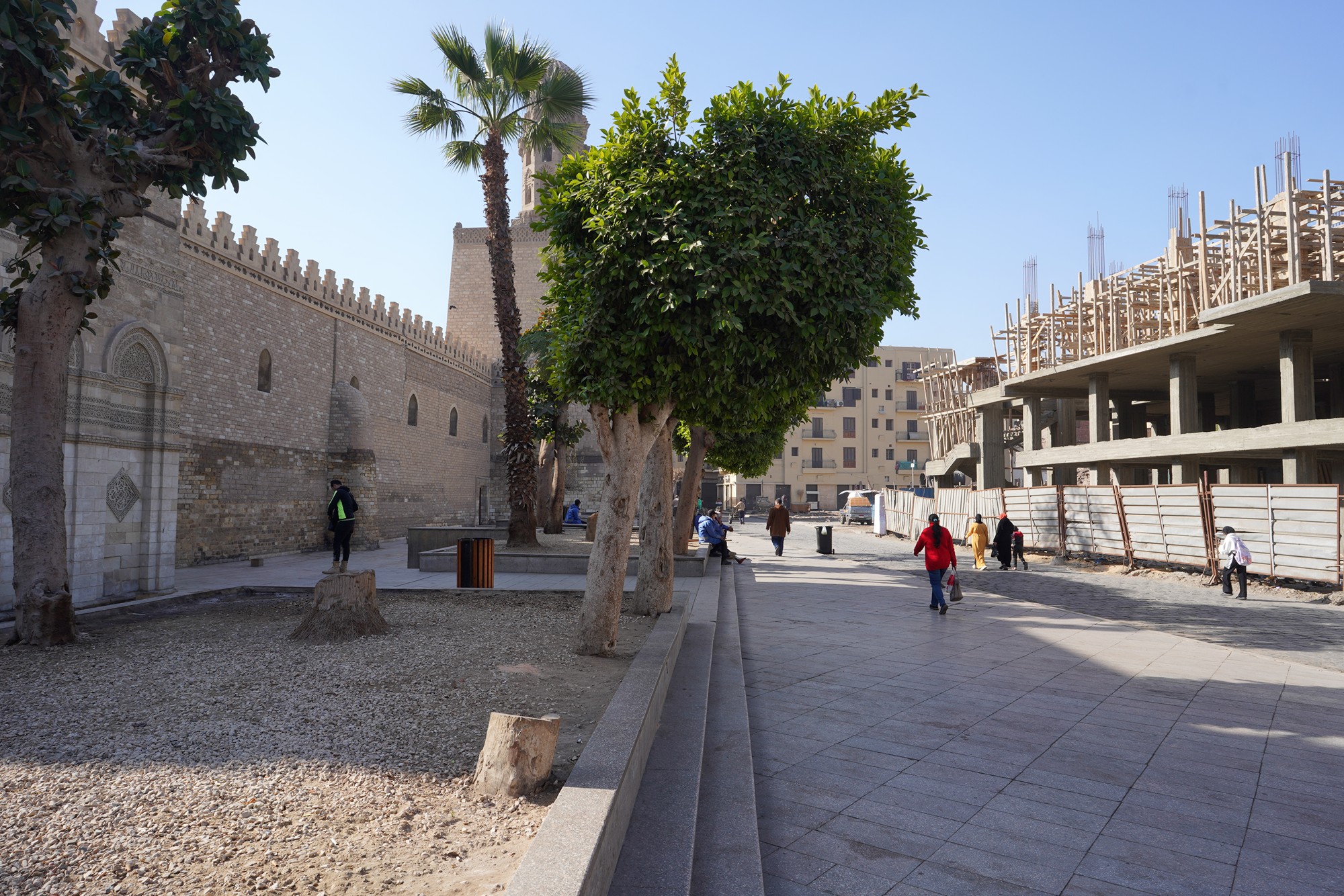
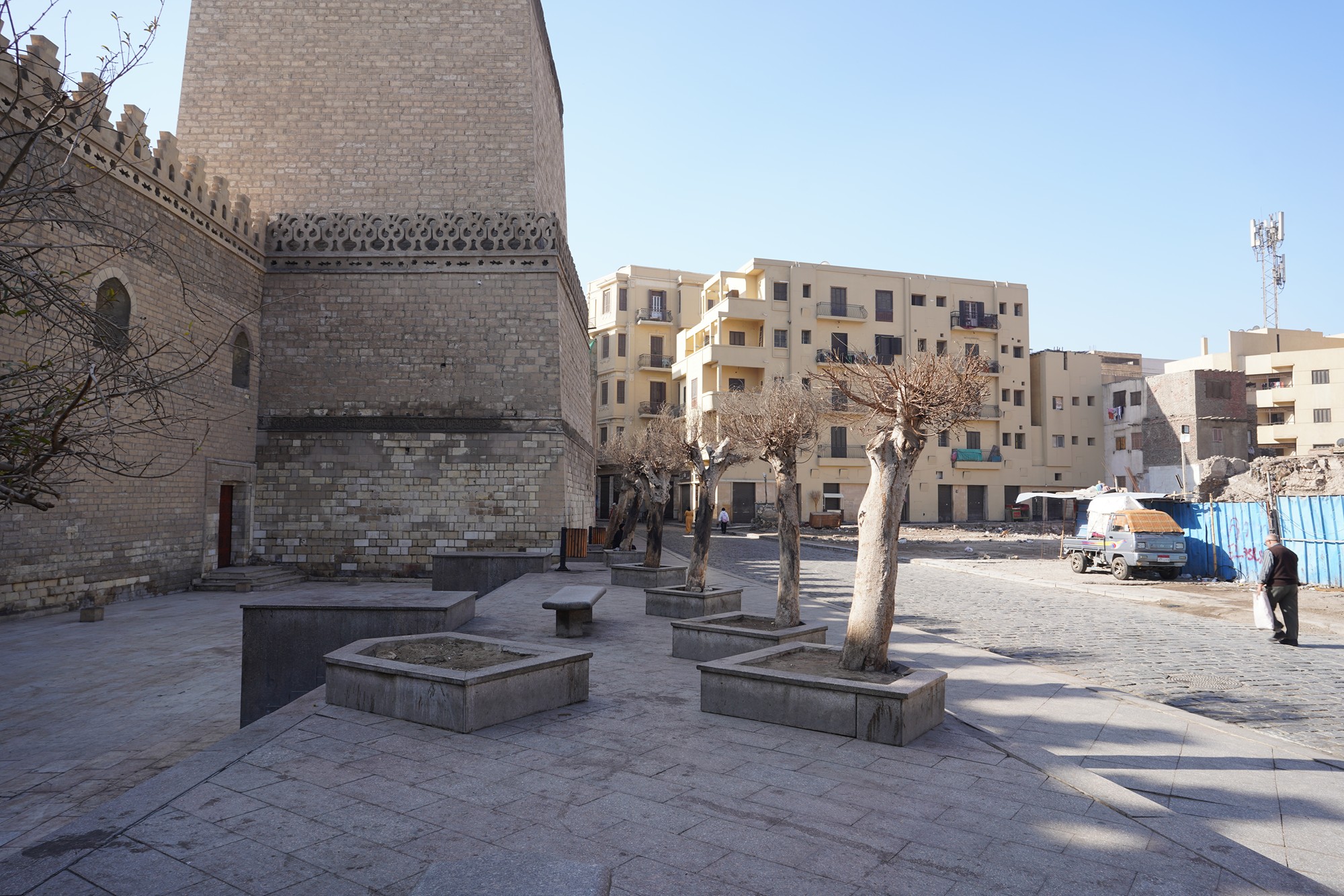
Unlike other Cairo streets, this street had few cars.
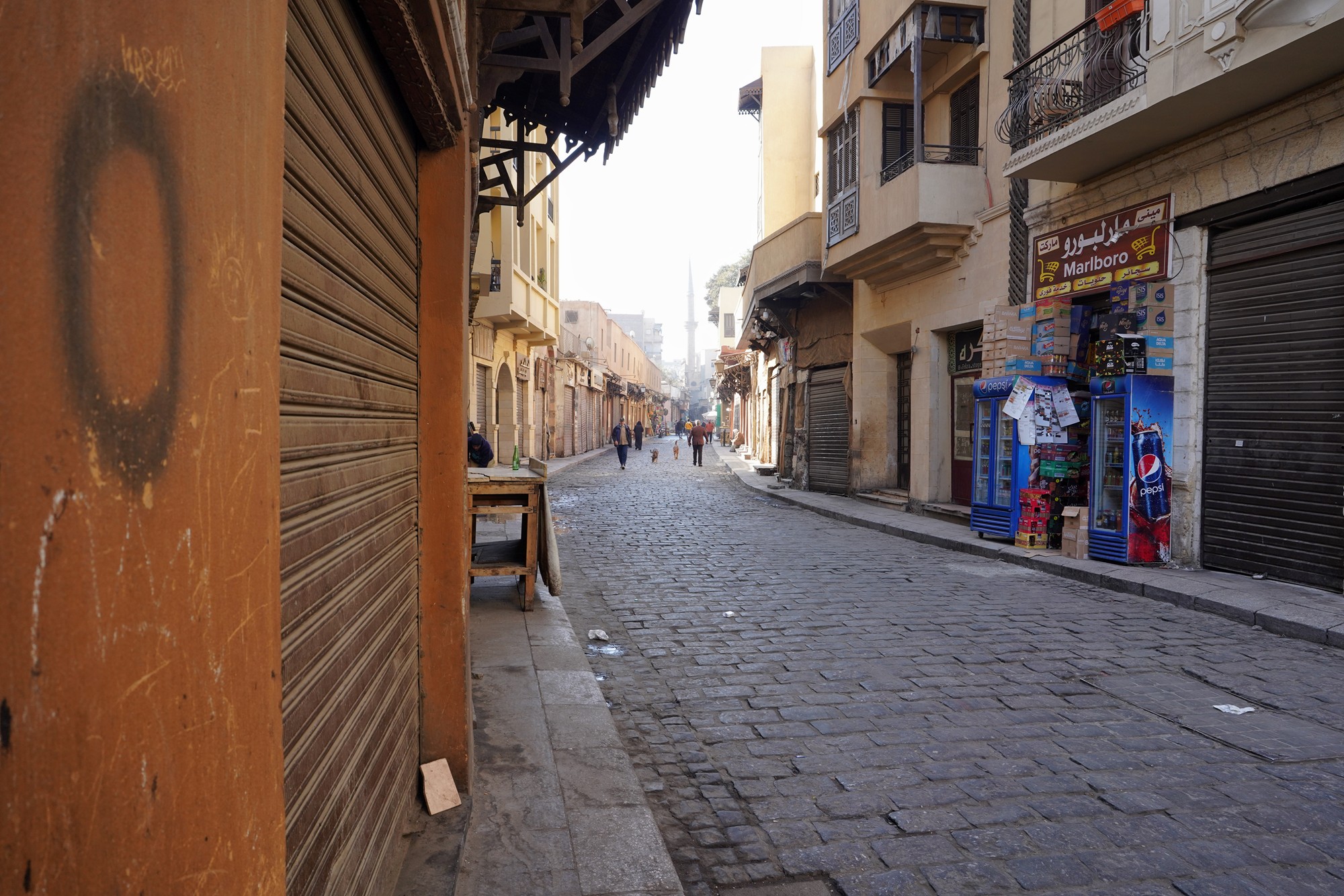


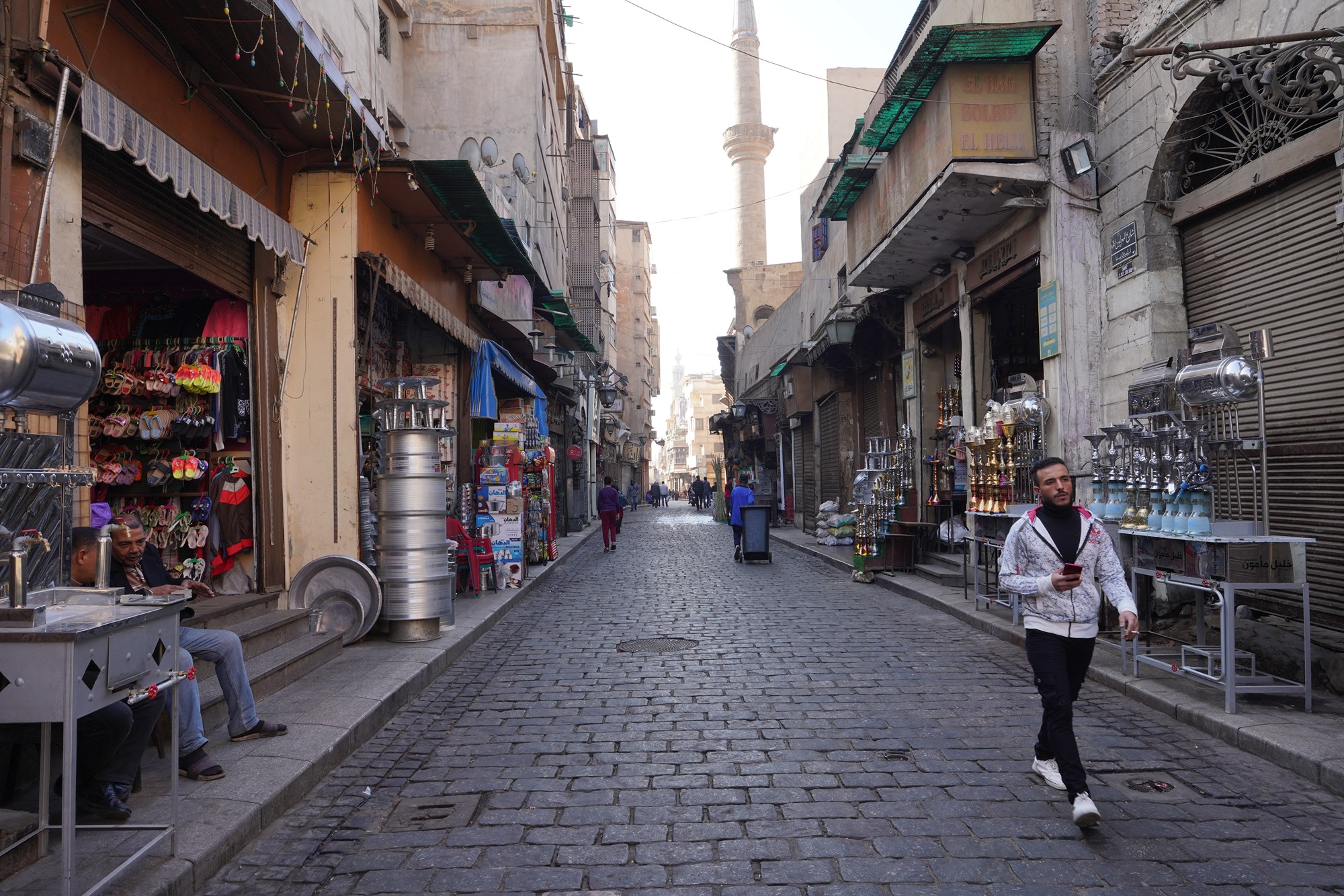
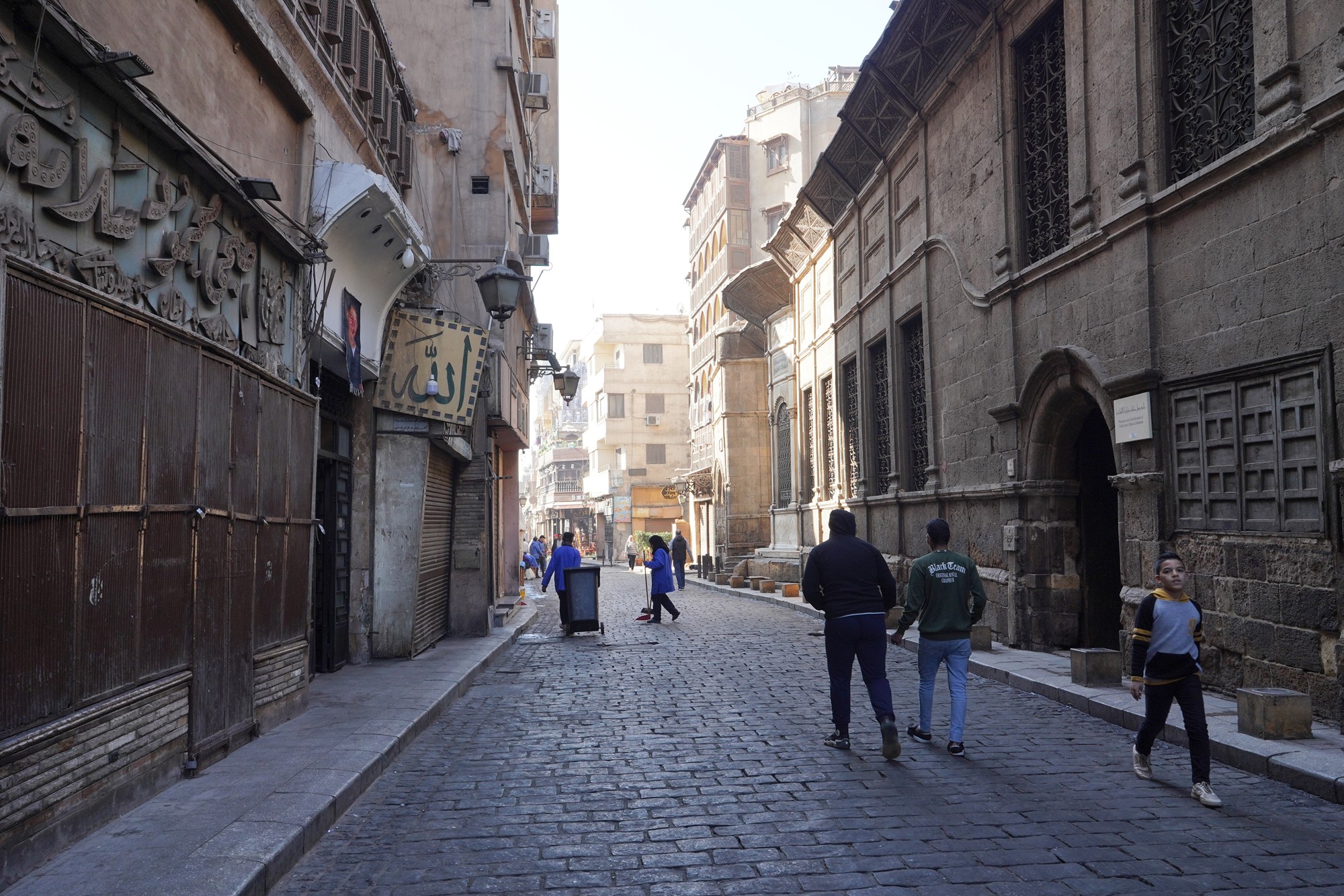

A side street
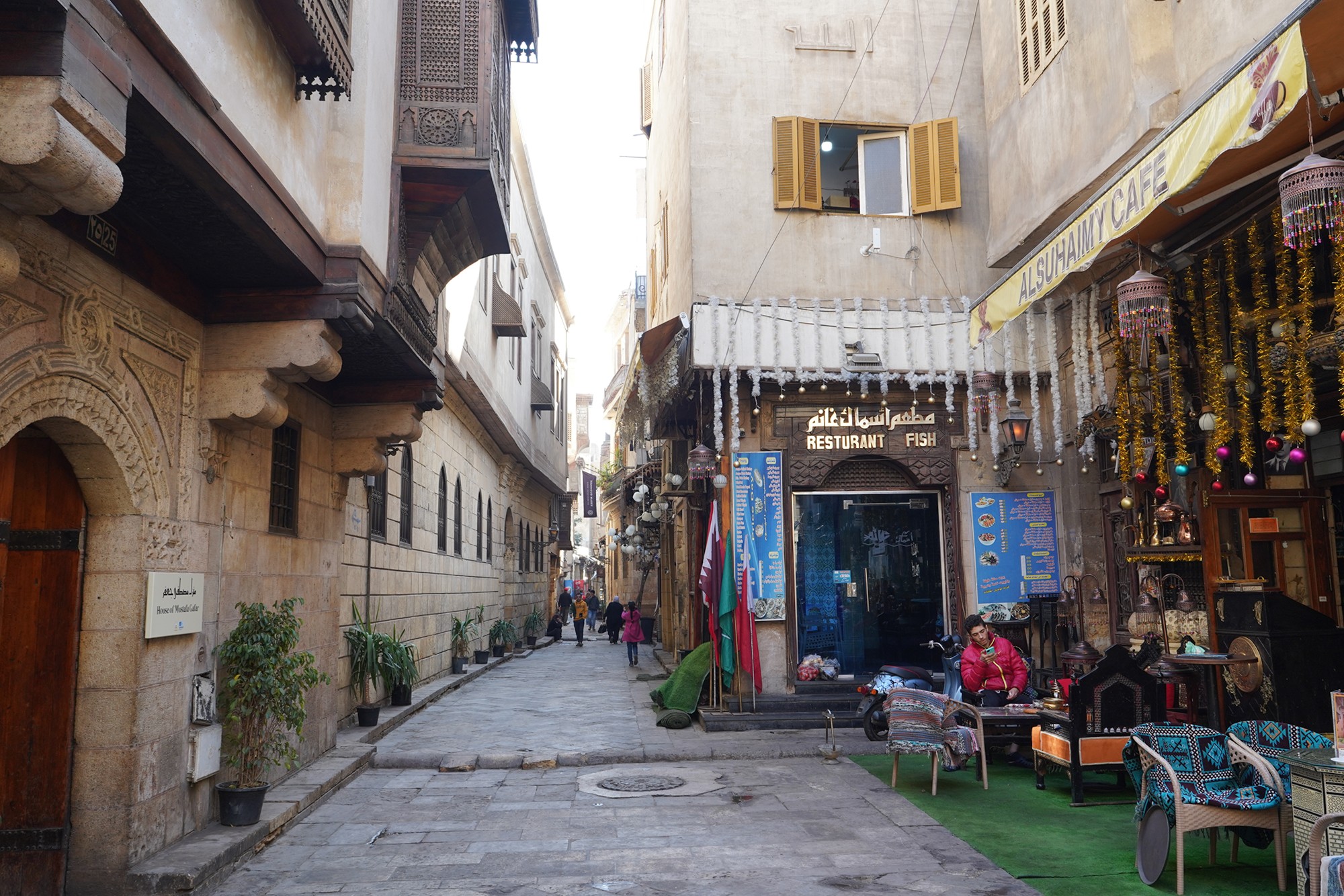
Walked into the side street


Came back to the main street
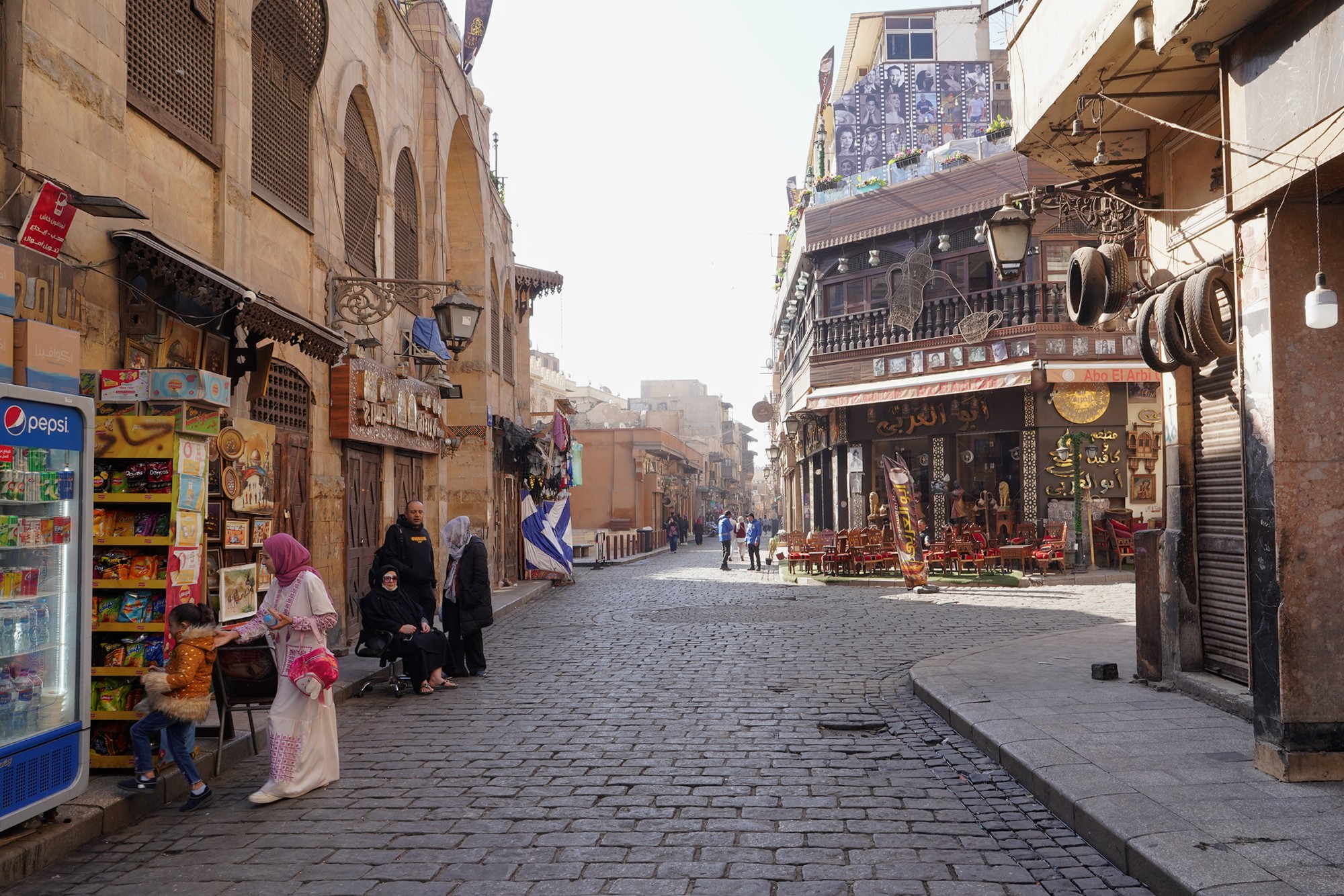

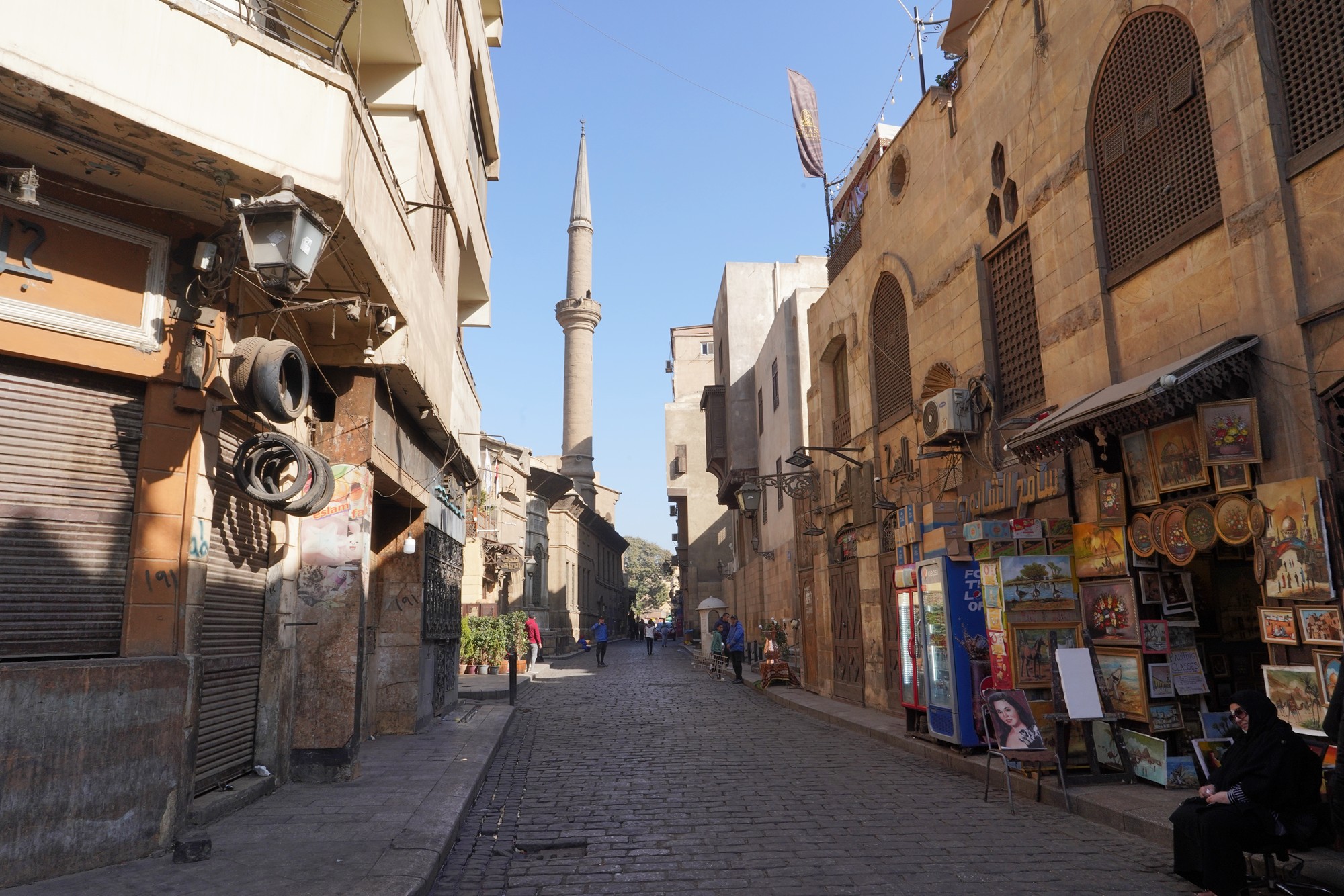
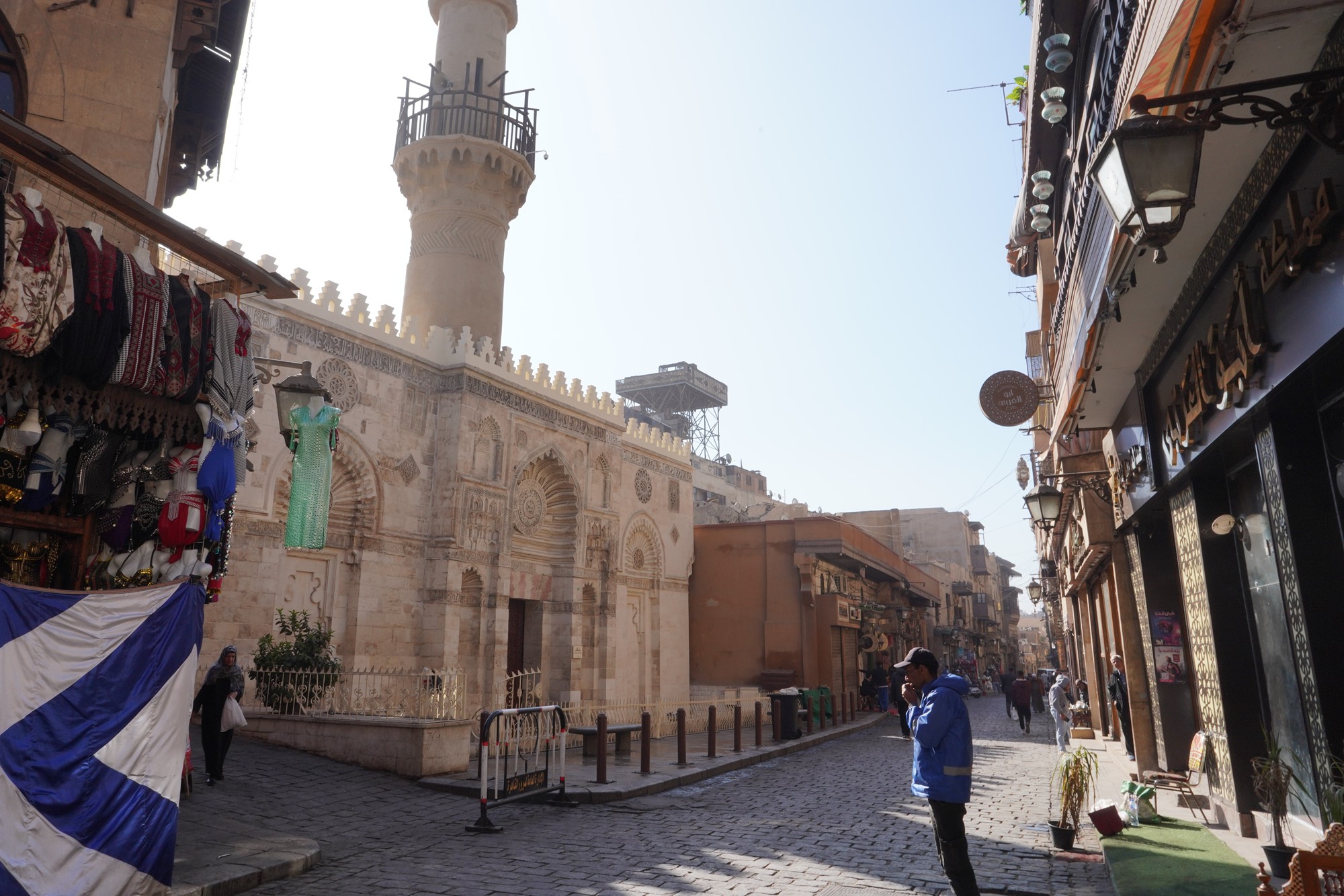
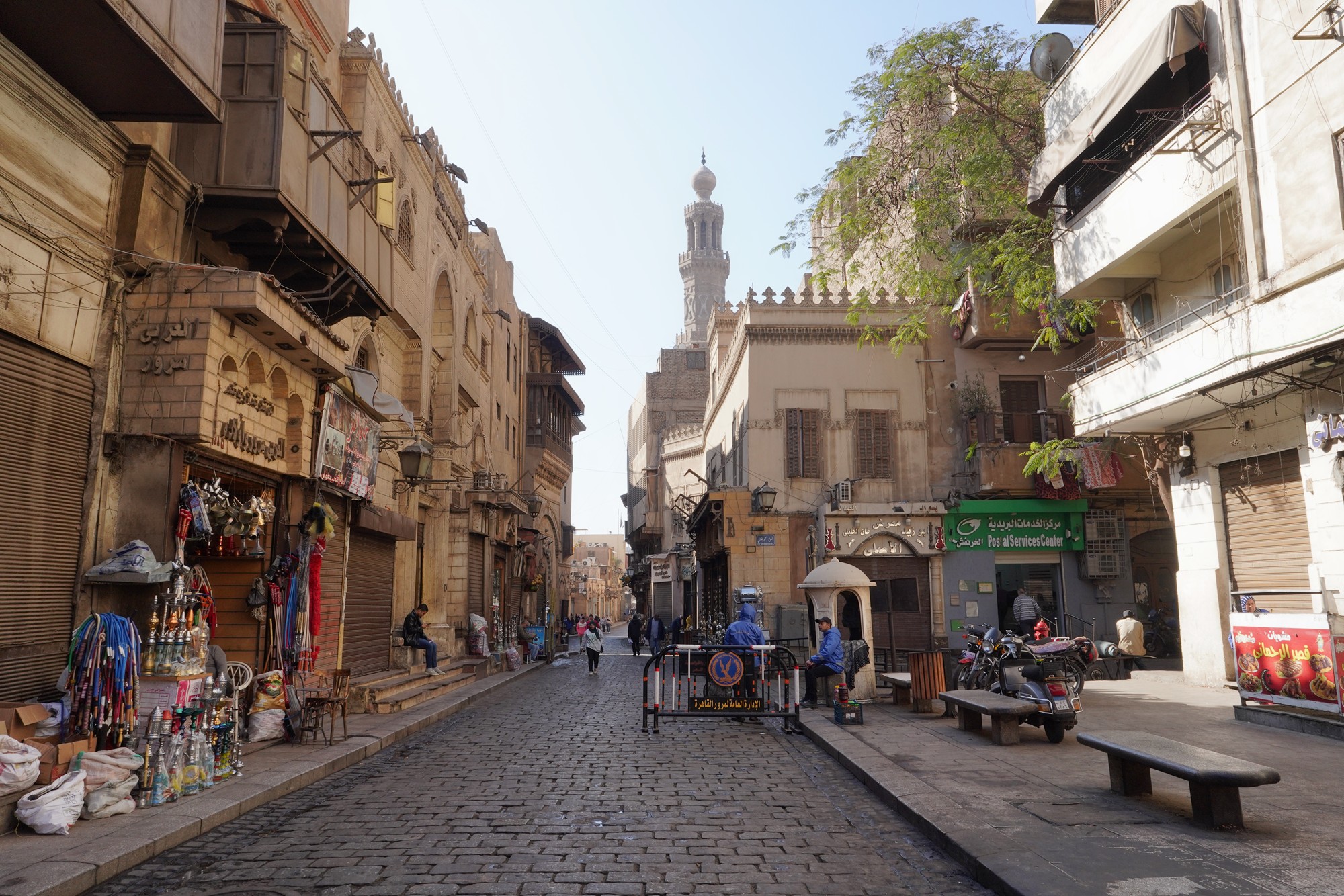
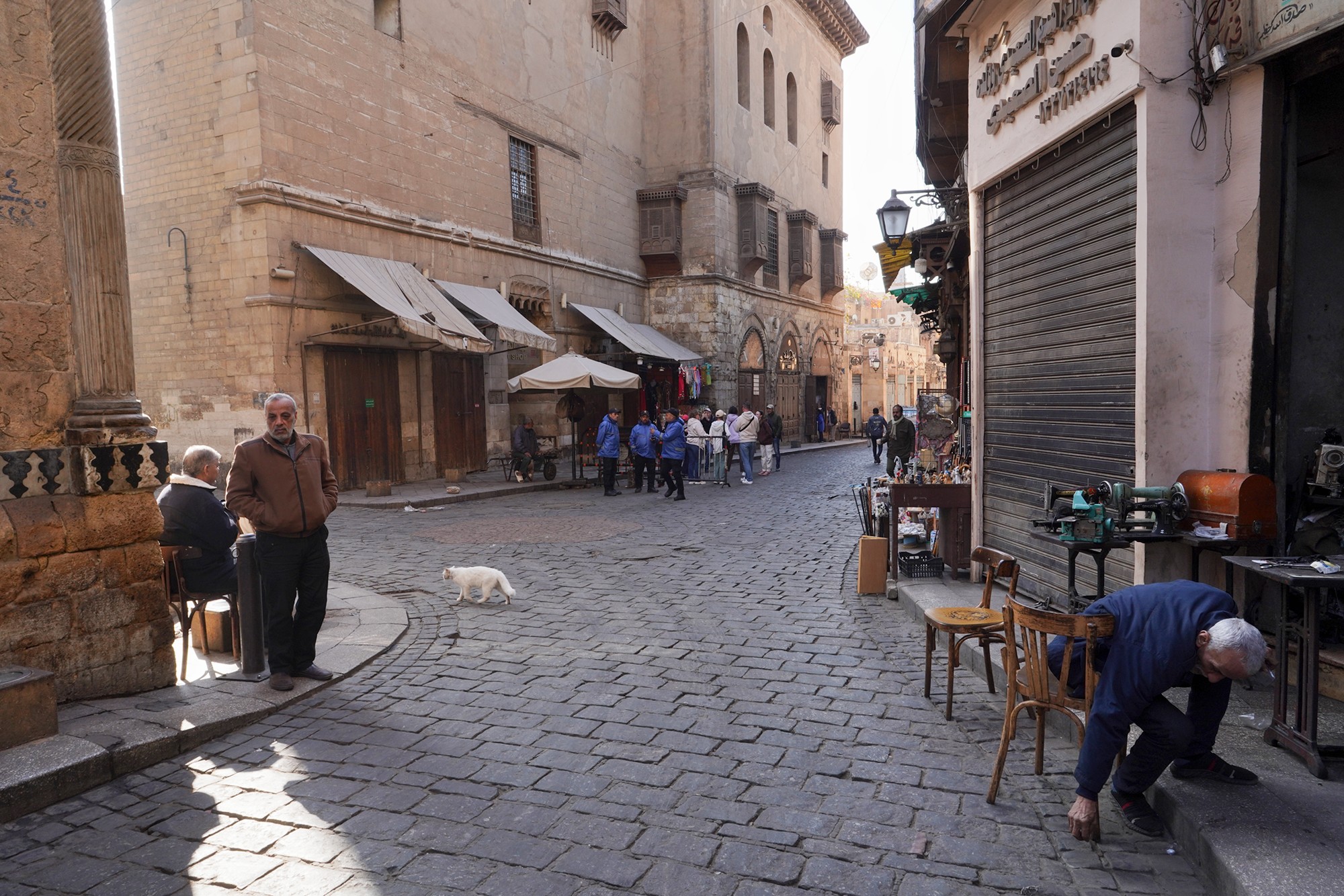
Looked back side

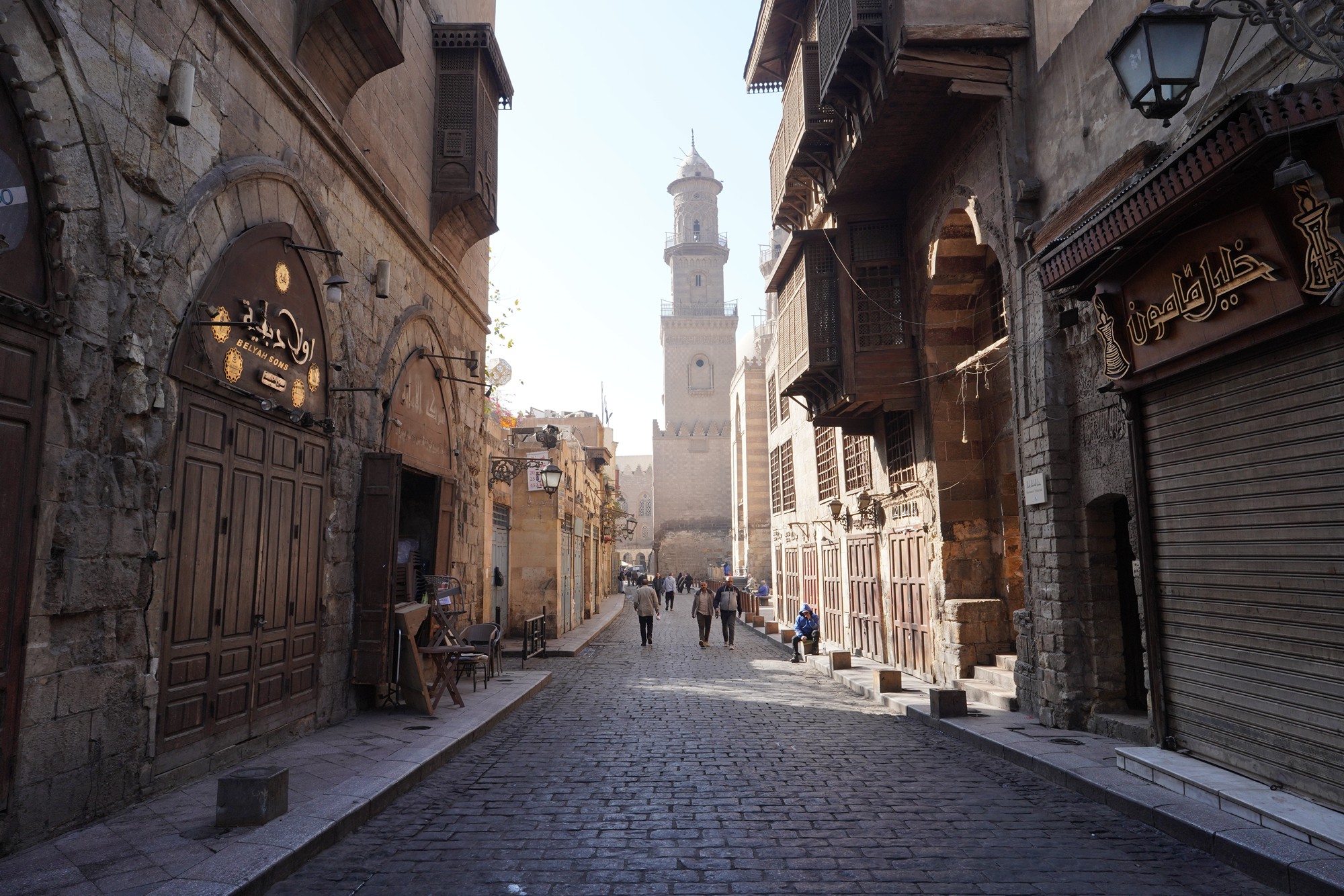


Looked back side

About nine buildings are open to tourists on this street, and one ticket allows you to see all nine.
The first building I walked into was the Madrasa And Dome Of Sultan Al-Nassir Mohammed Ibn Qalawun.
It was commissioned by Sultan al-Nasir Muhammad and was constructed between 1296 and 1303 during the Mamluk Sultanate. This complex served both educational and religious purposes, typical of the madrasa (school) and mausoleum structures of the time.
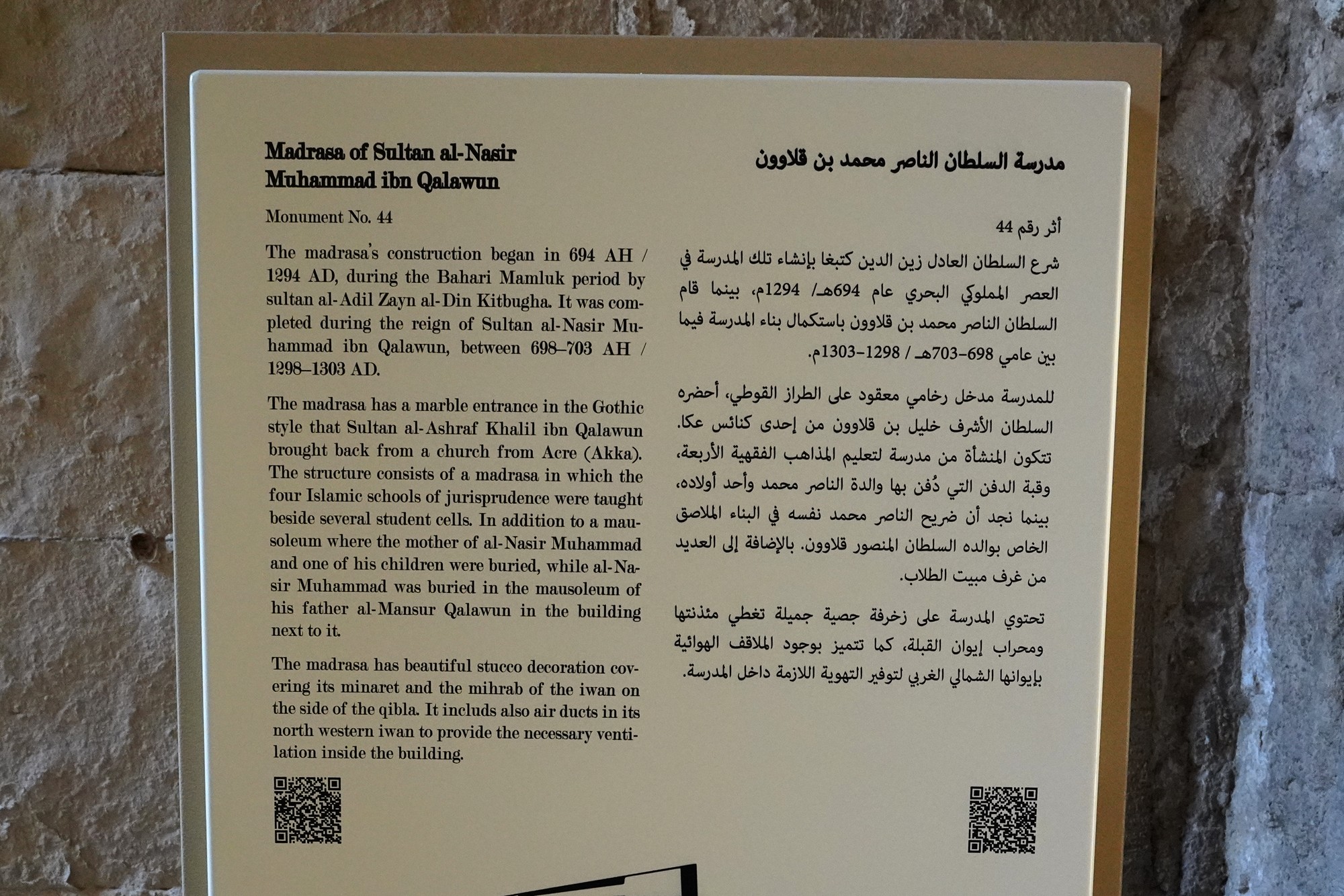
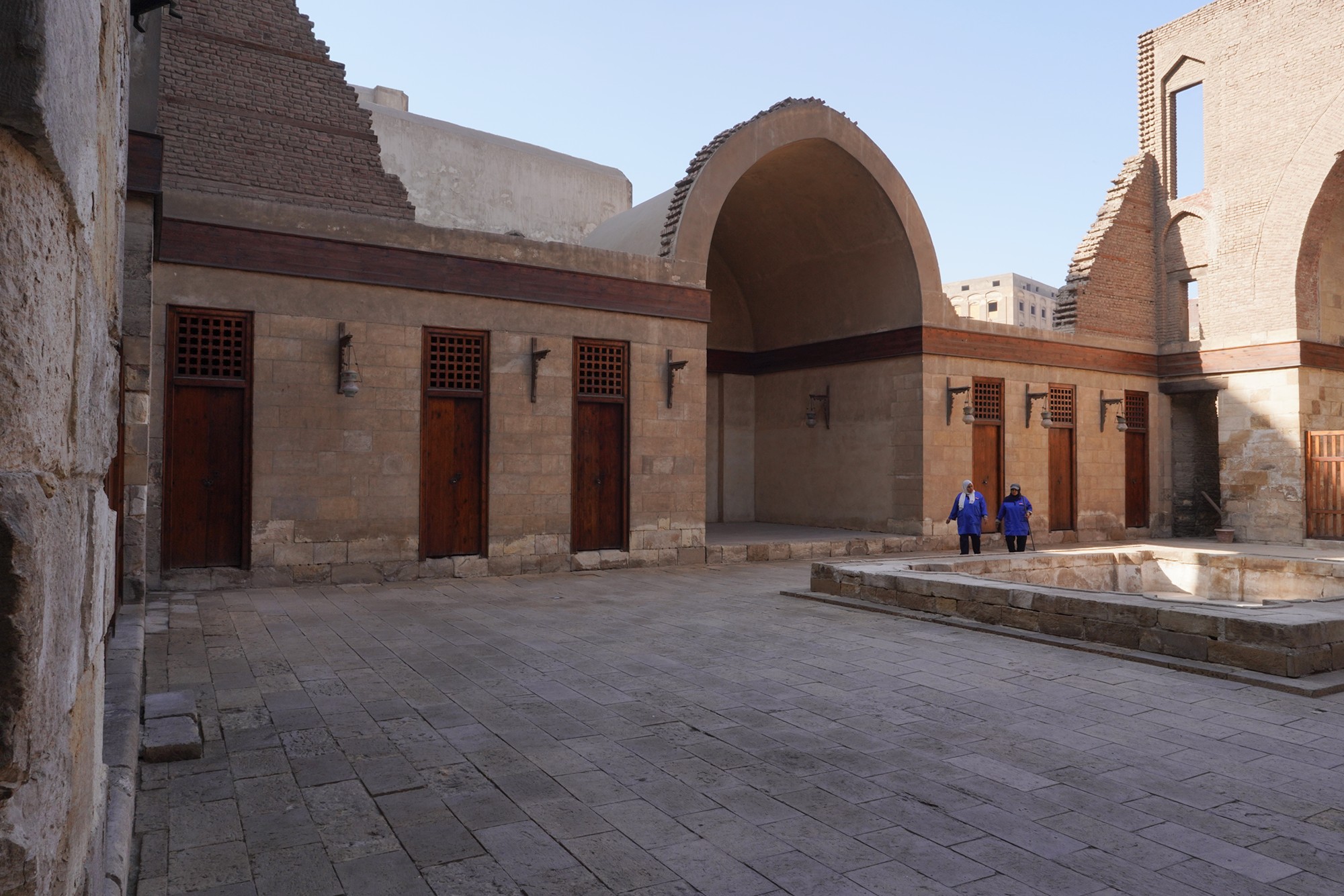
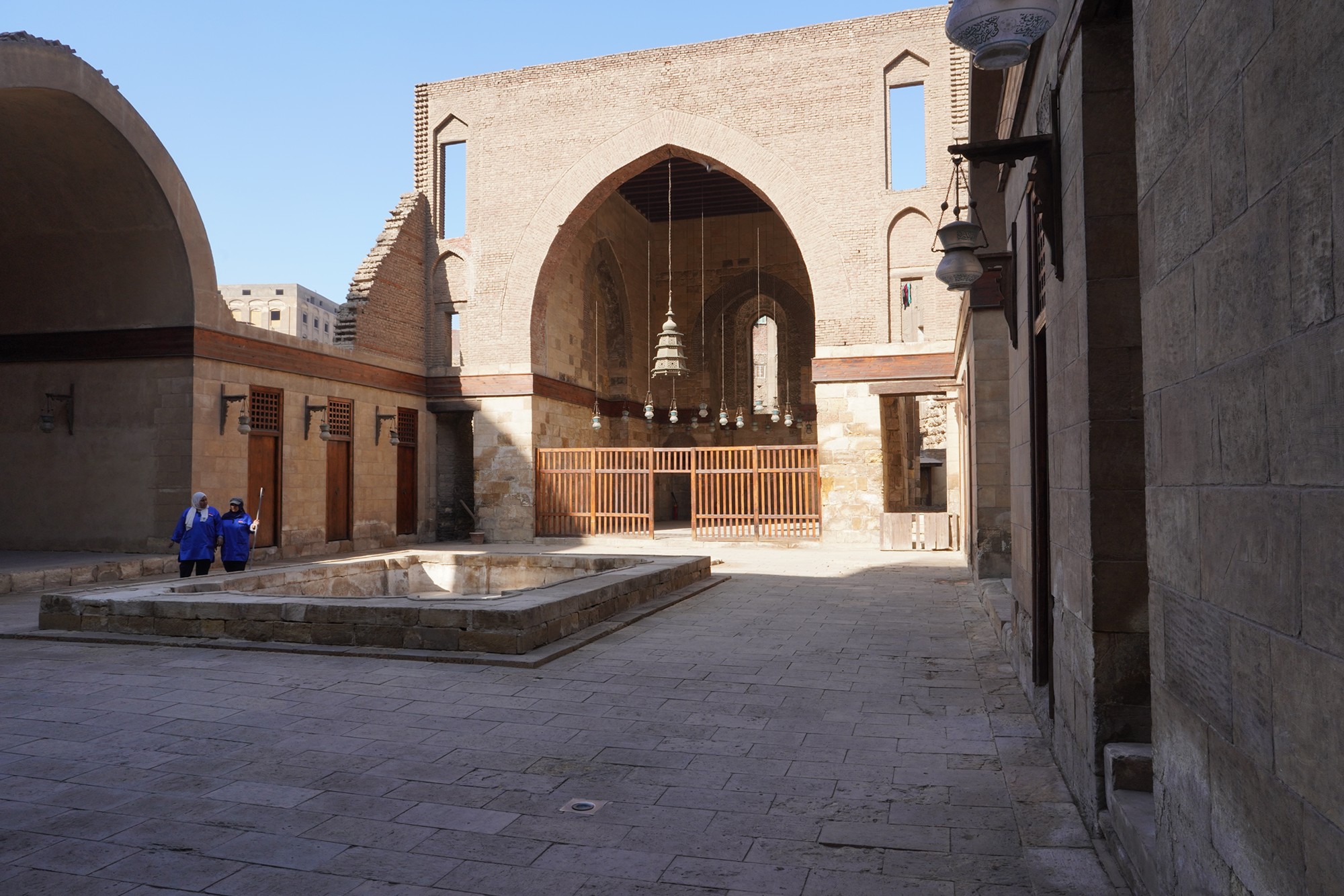
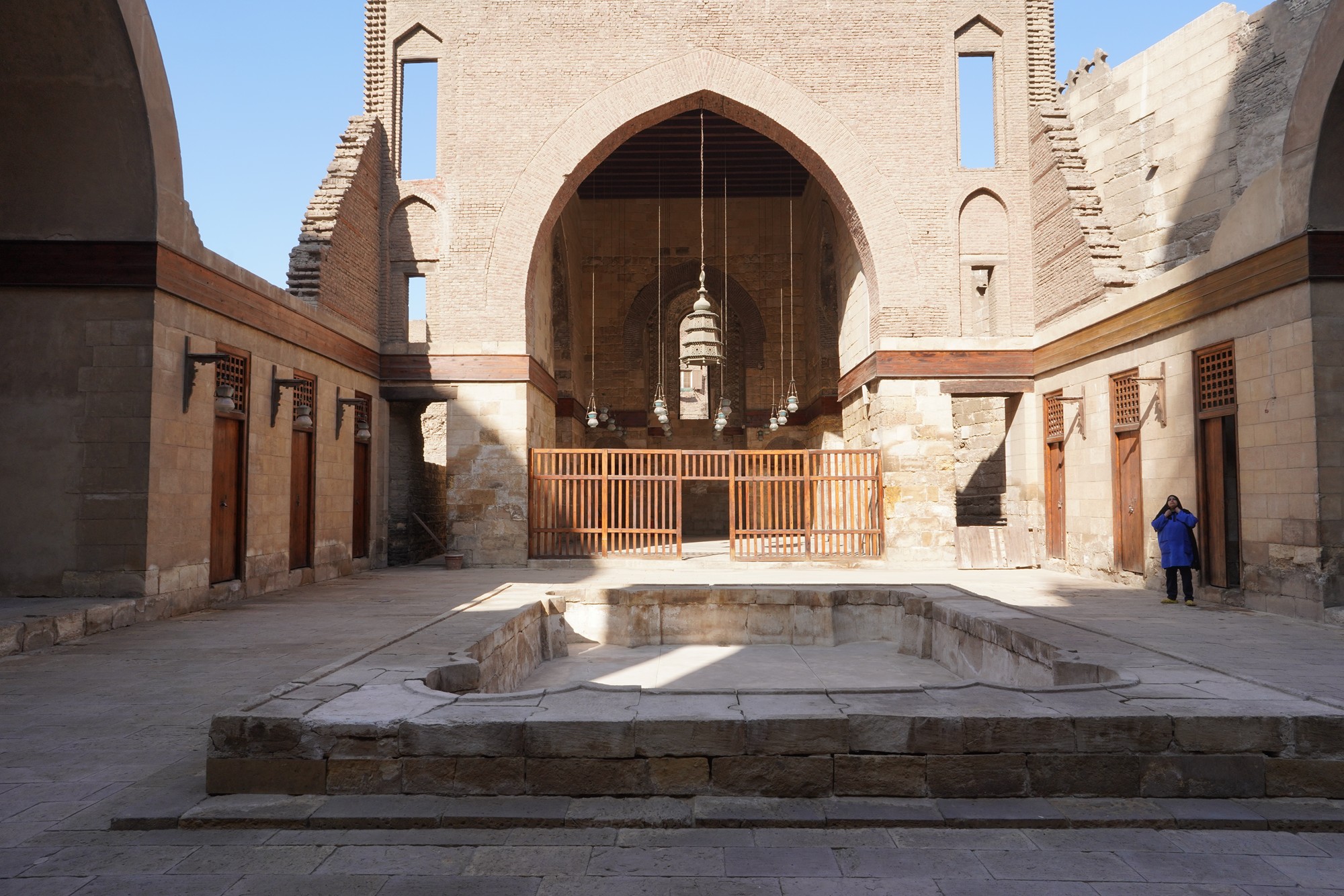
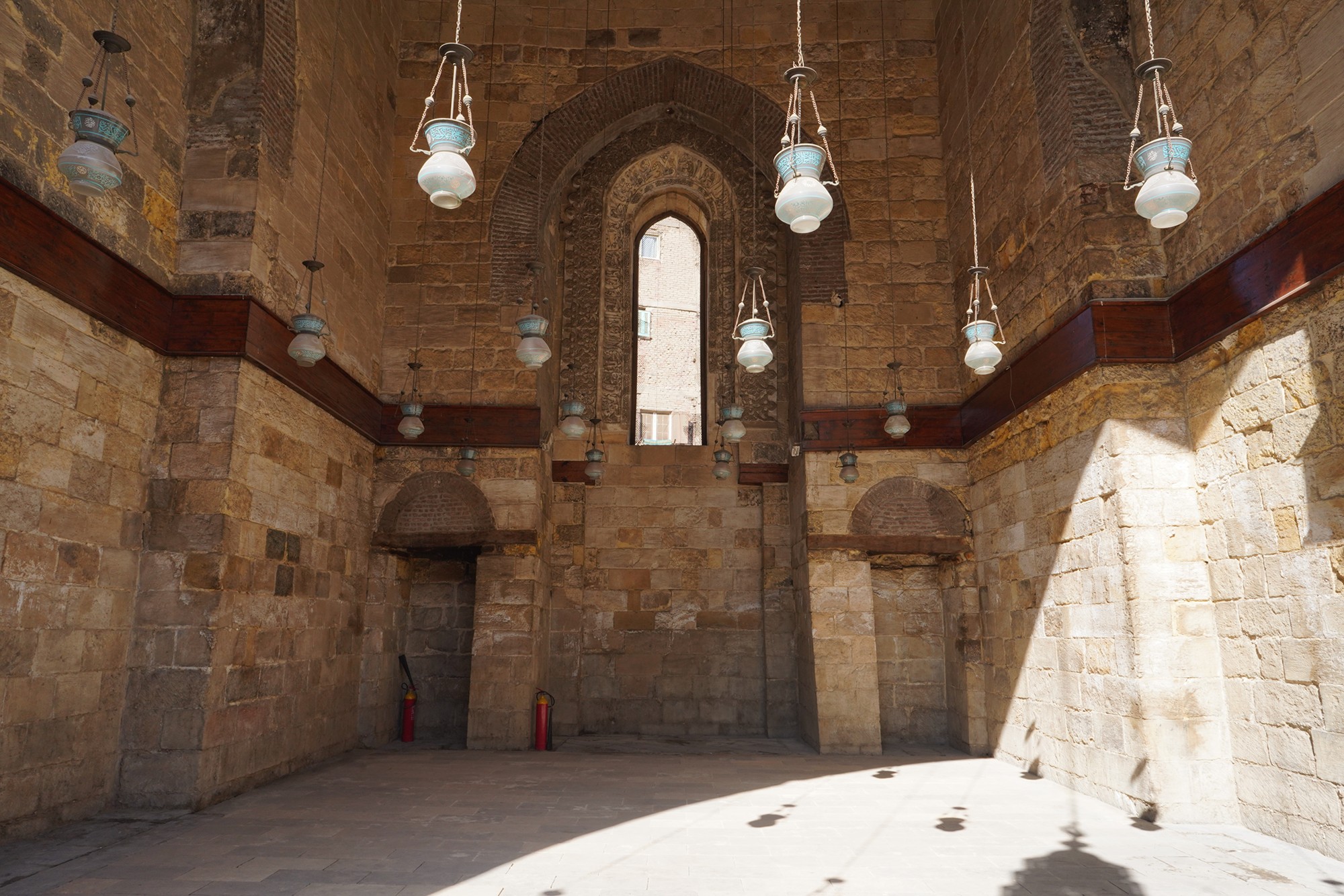
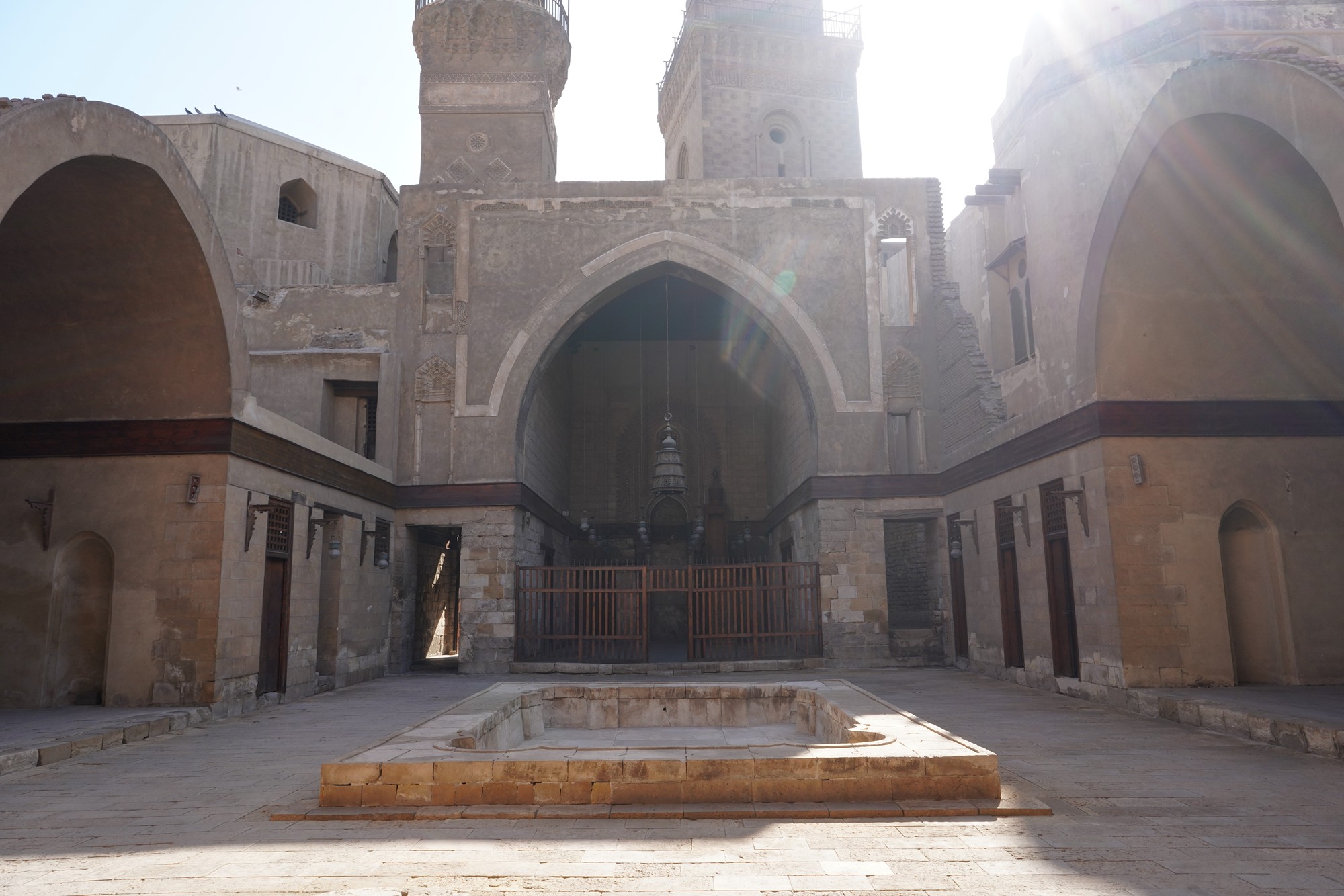
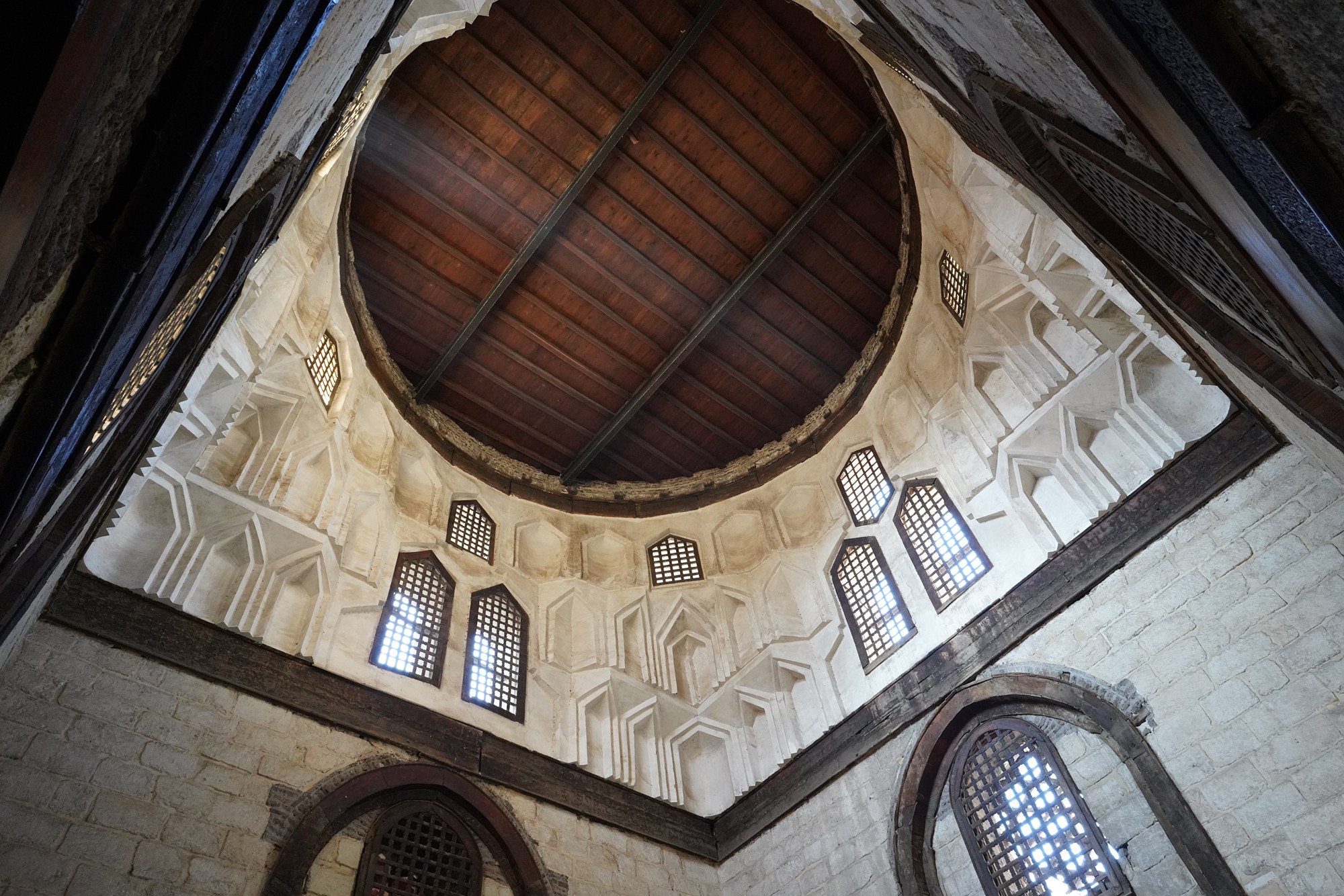

The dome covers the mausoleum, which houses the tomb of Sultan al-Nasir Muhammad
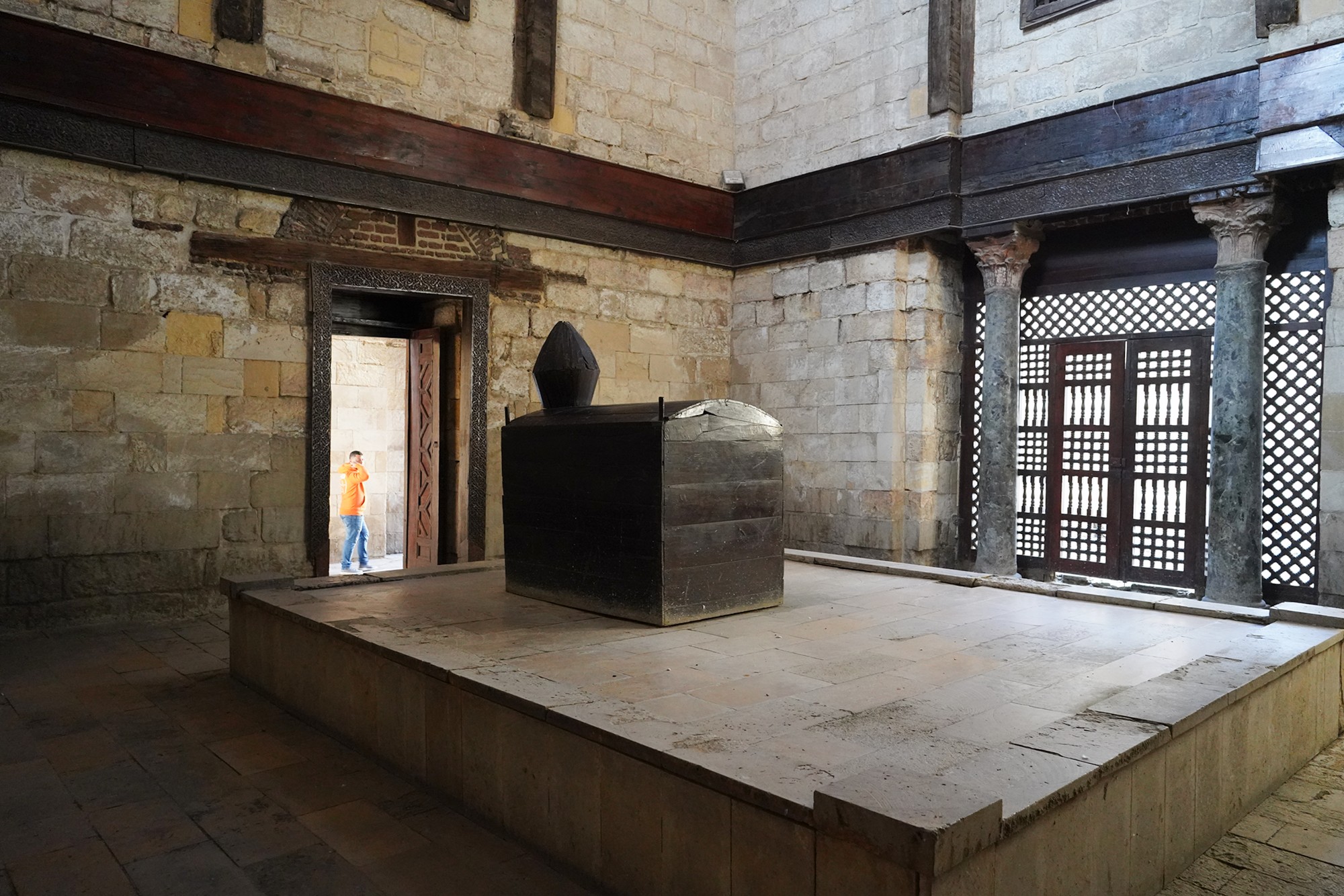
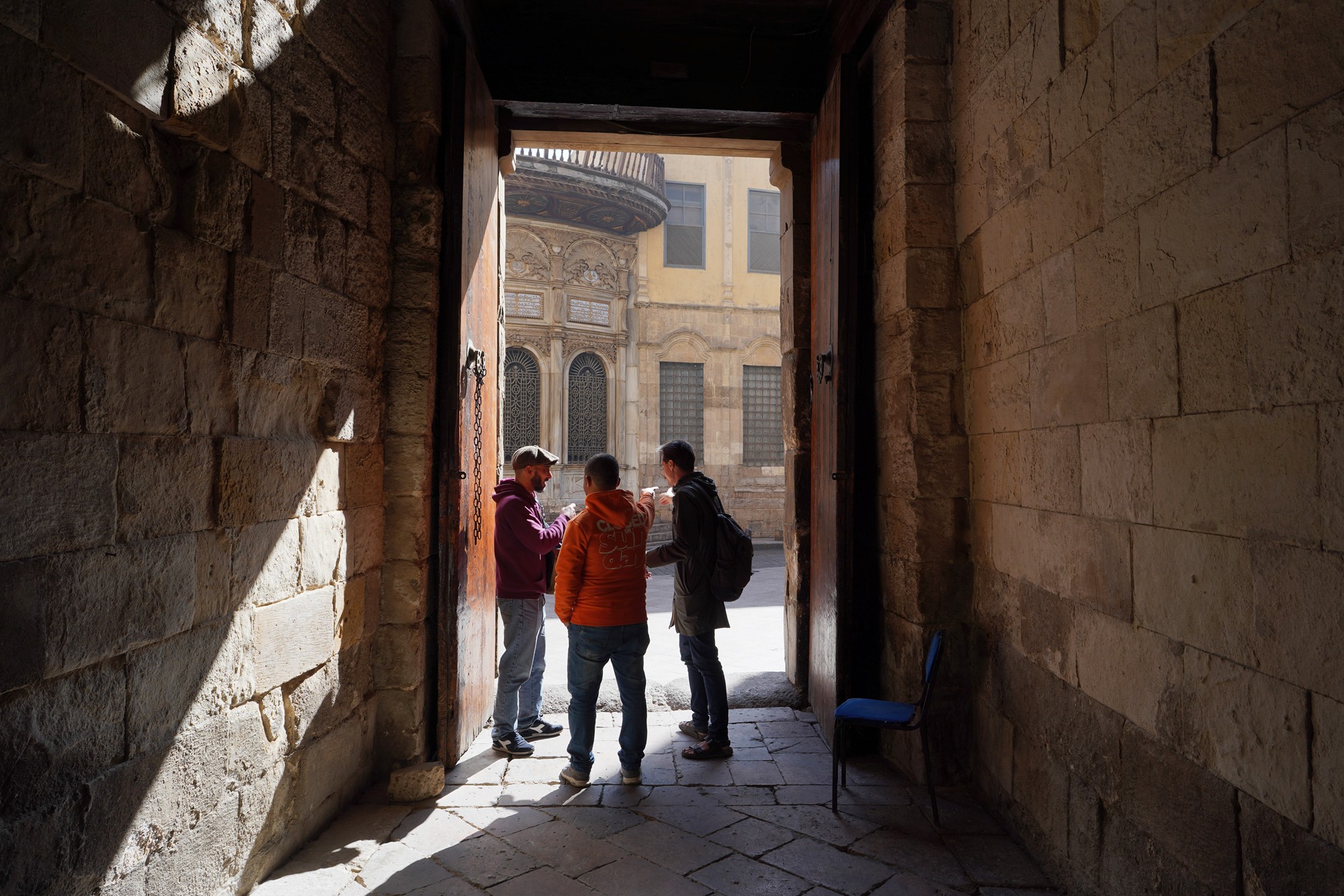
The next building was the Mosque Sultan Al-Zahir Barquq.
The Mosque of Sultan al-Zahir Barquq is another significant historical and architectural landmark in Cairo, Egypt. It is named after Sultan Barquq, who was the first sultan of the Barquq dynasty and ruled from 1382 to 1399 during the Mamluk Sultanate.


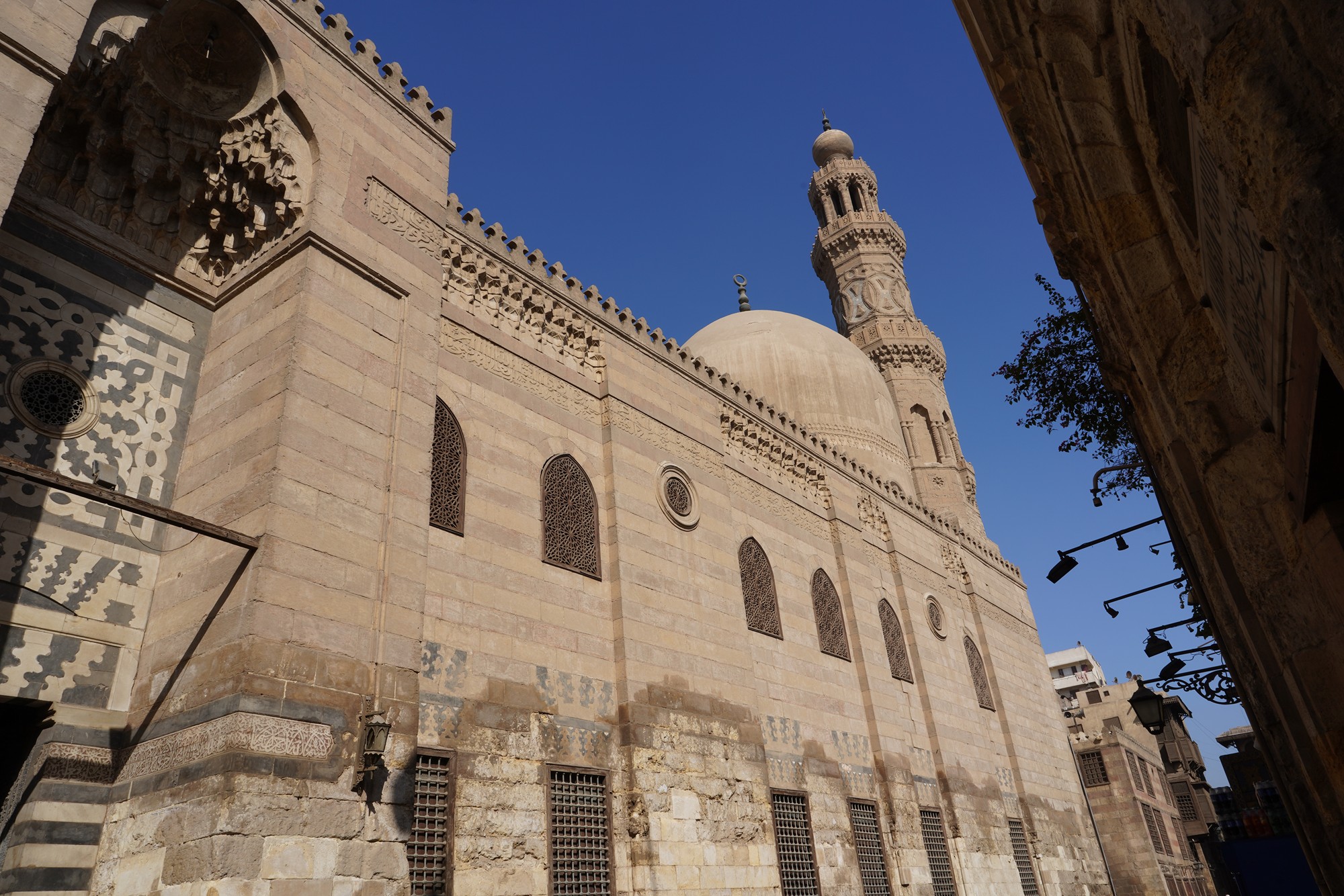


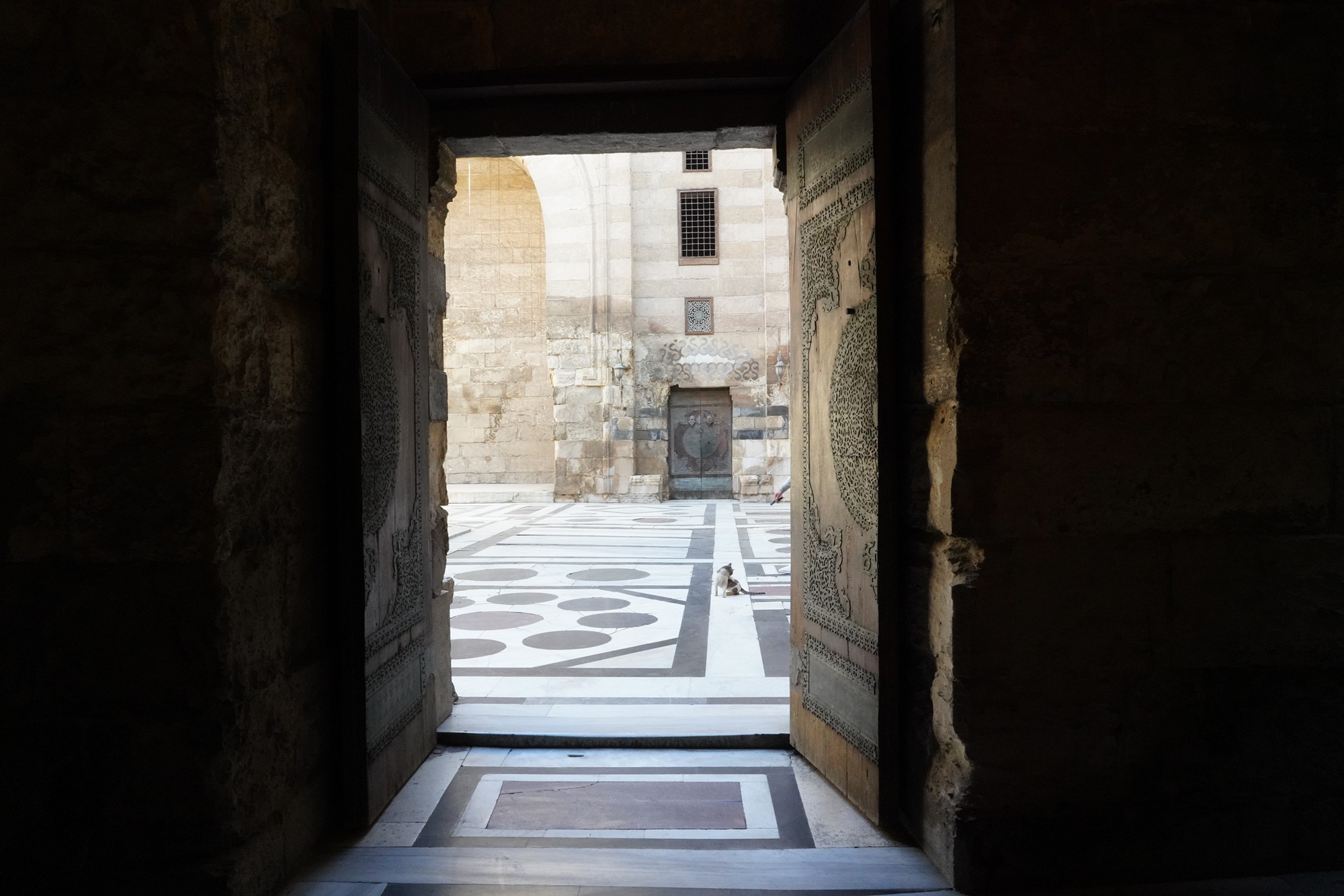
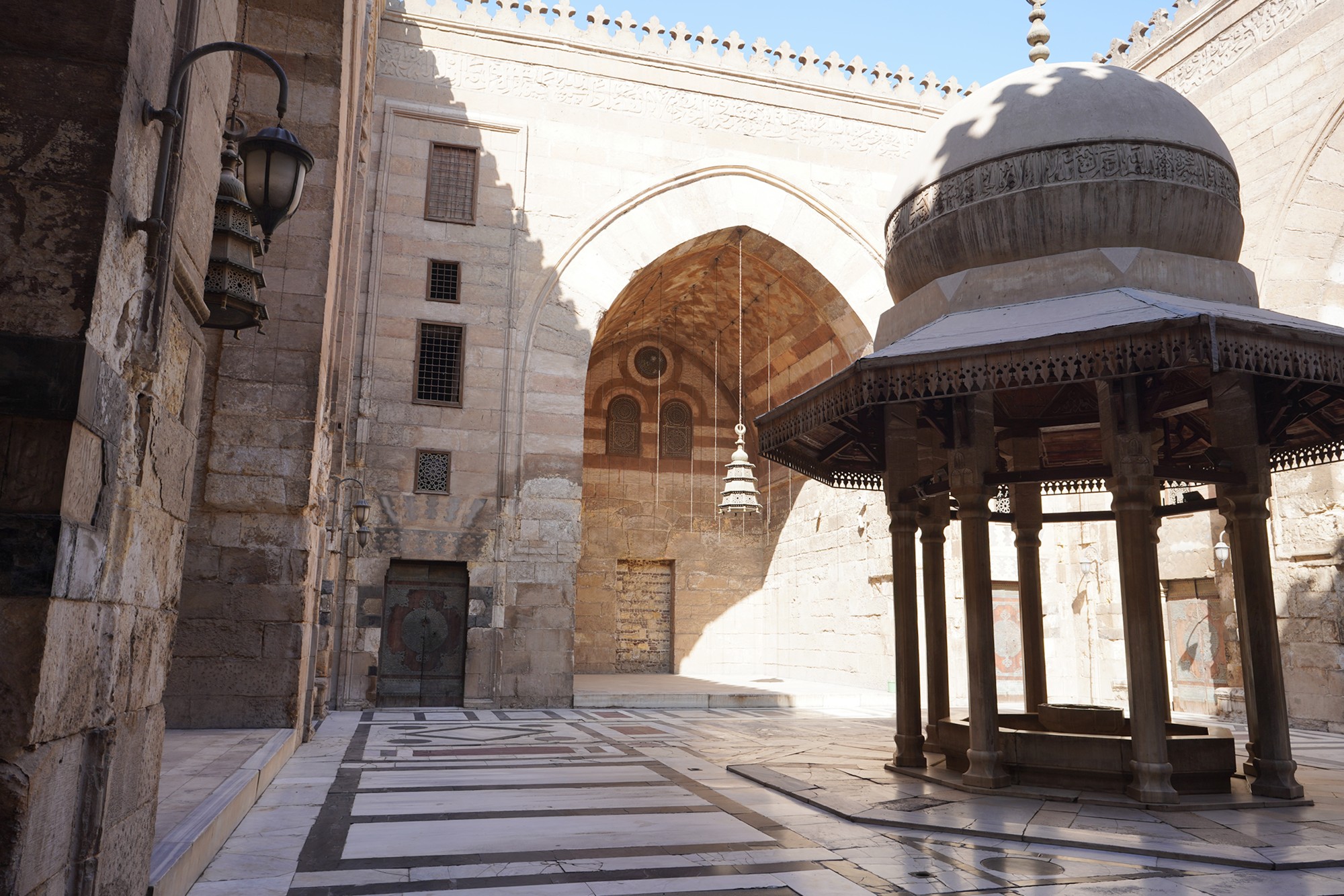

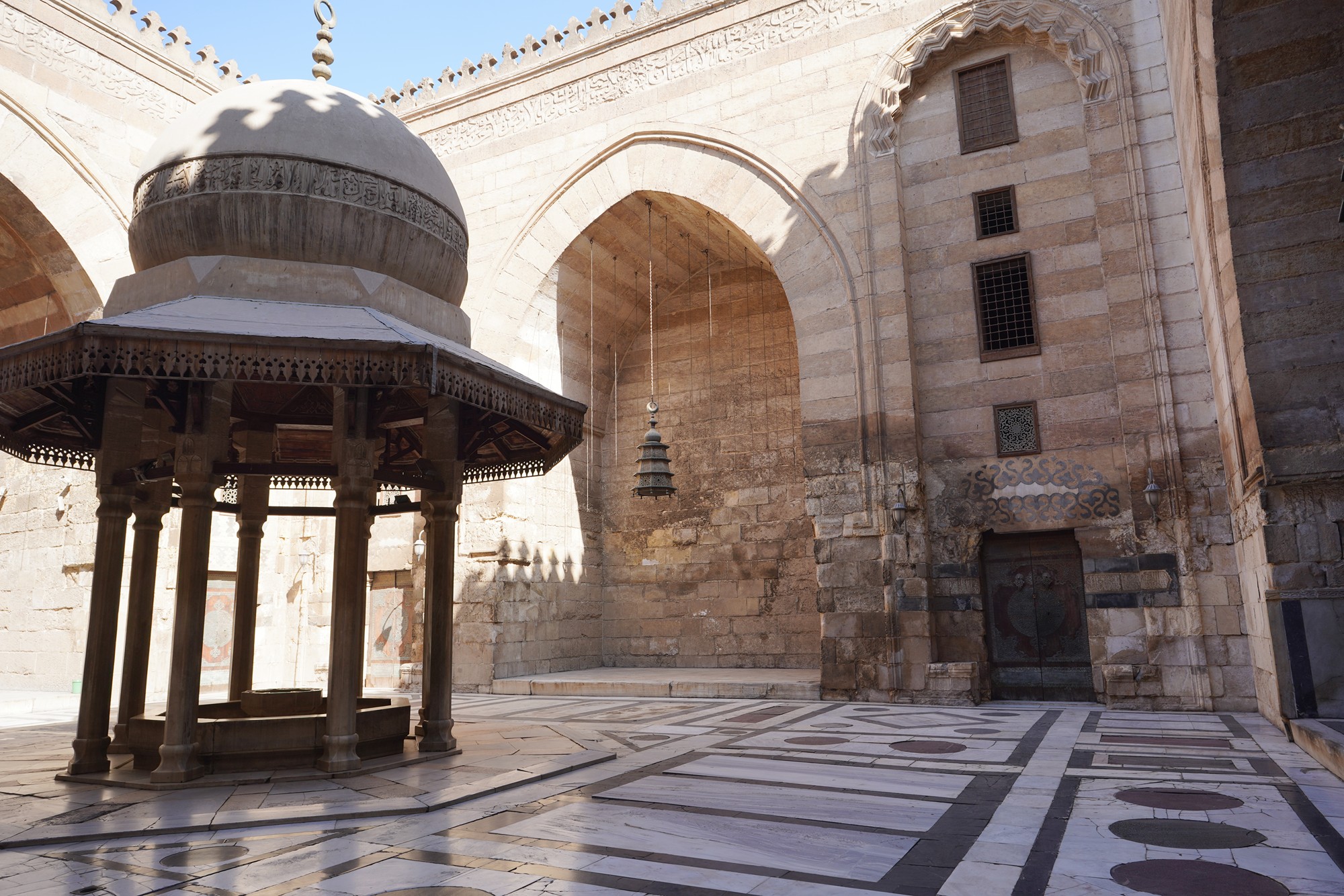
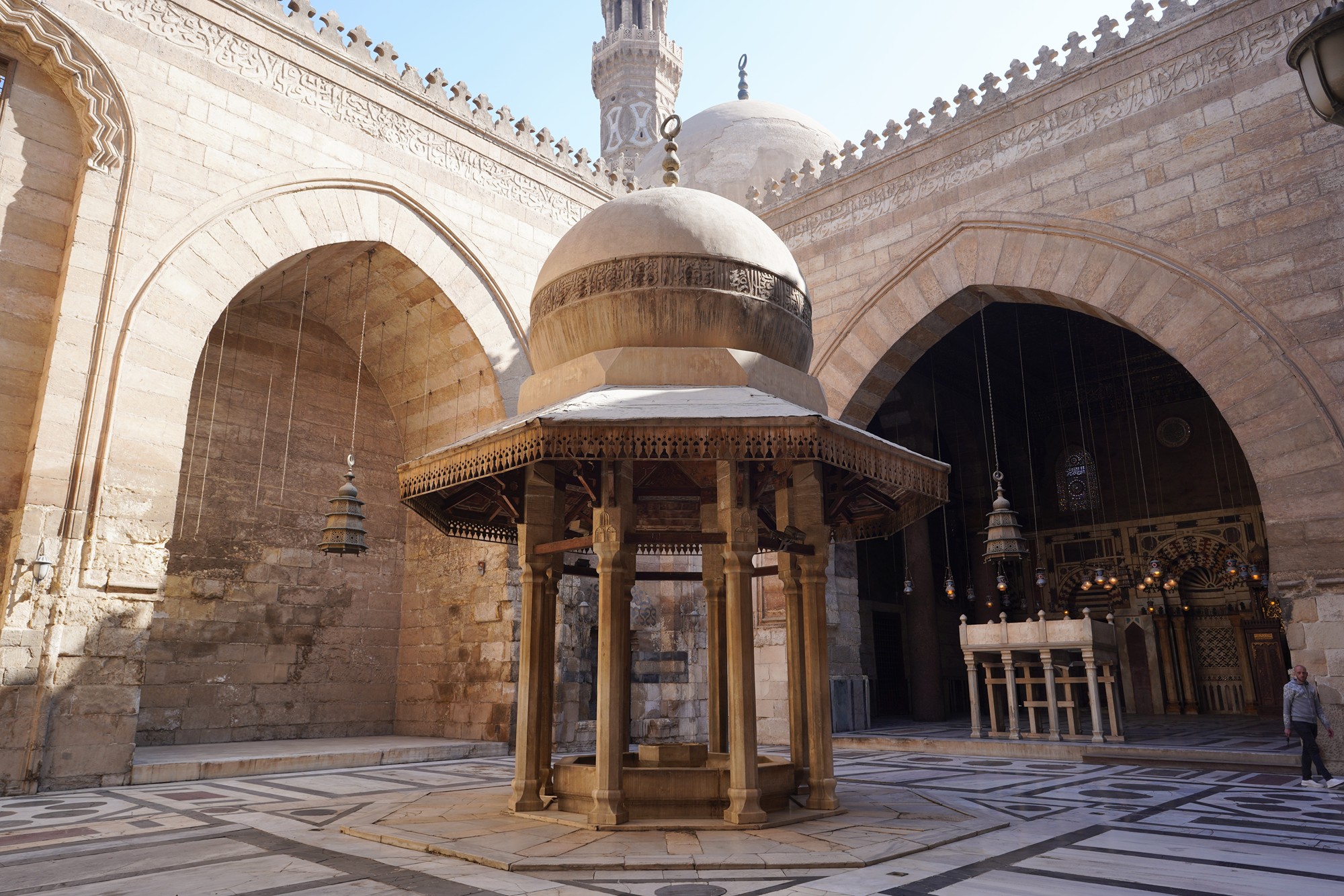

I went inside one of the rooms at the wall.

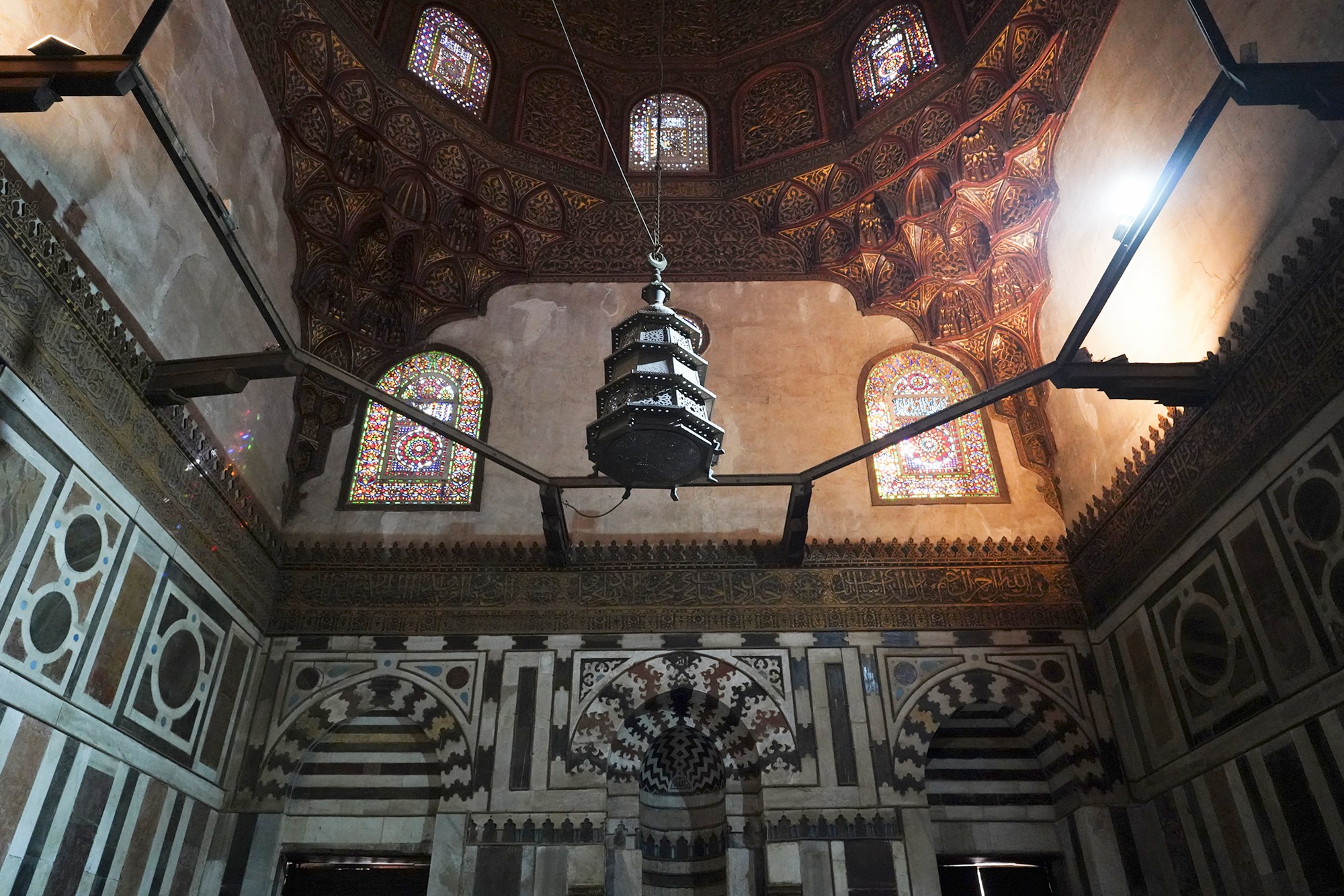

Came back to the center area
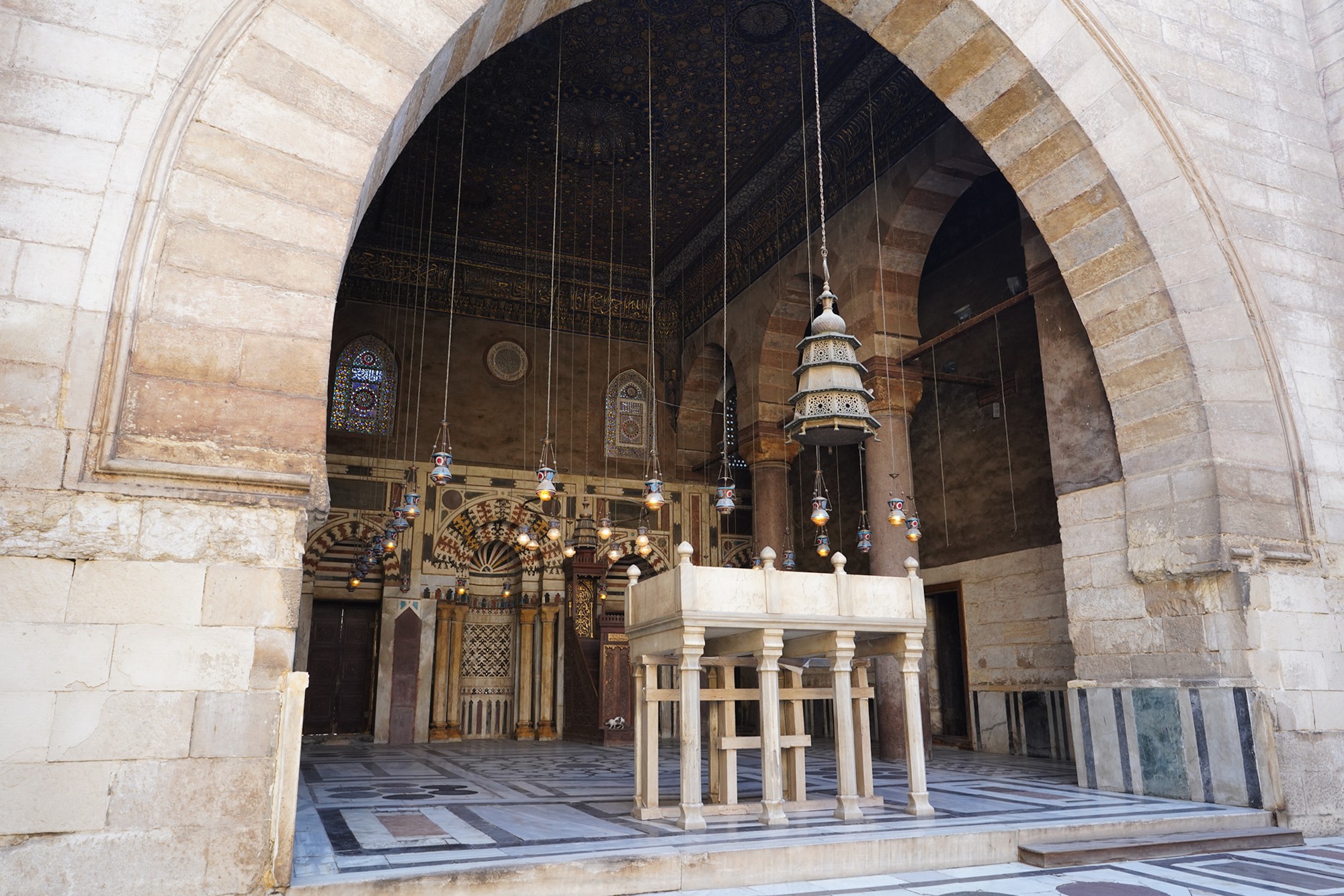
Exiting
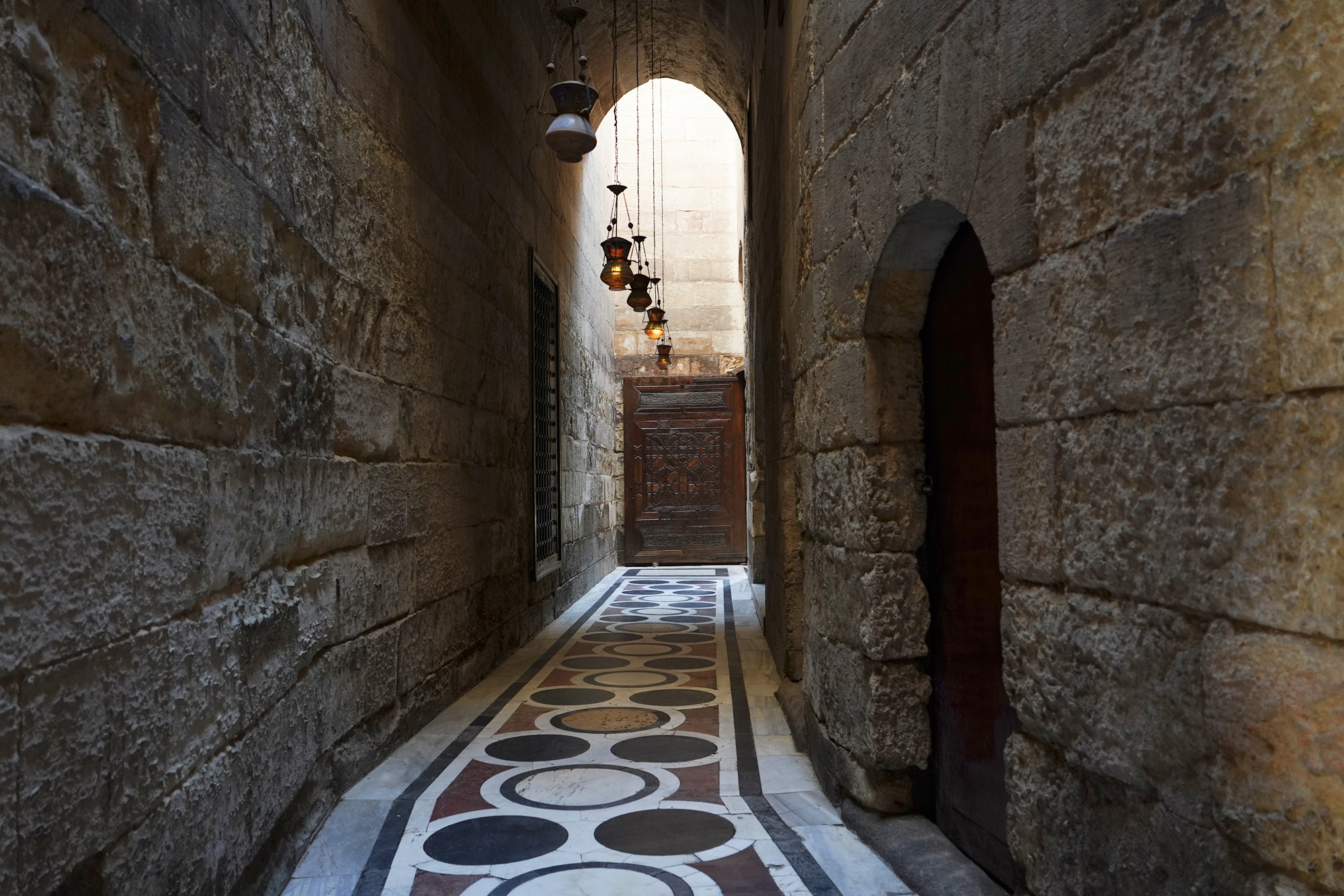
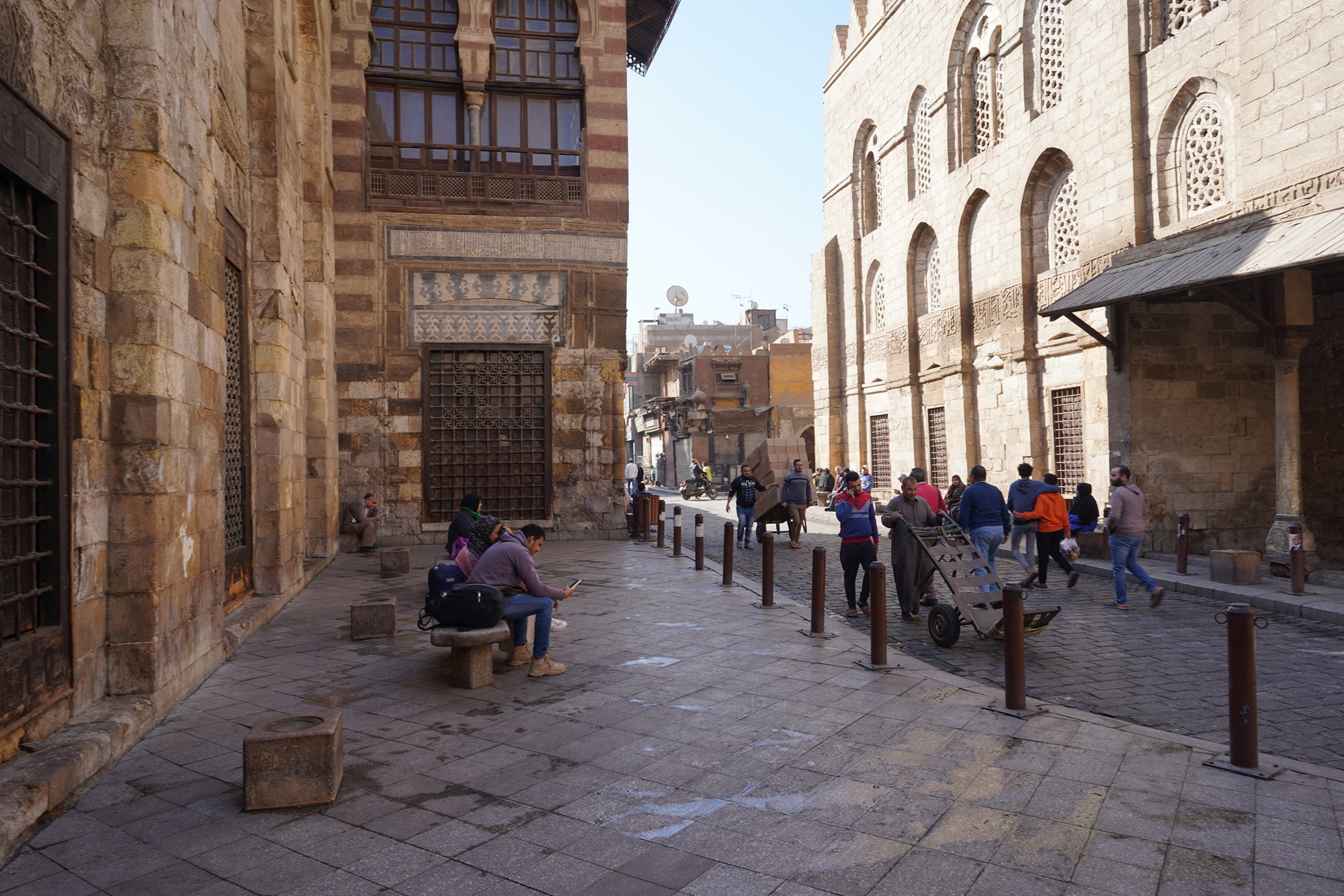
Another small building in front of the Mosque Sultan Al-Zahir Barquq.

Inside the building

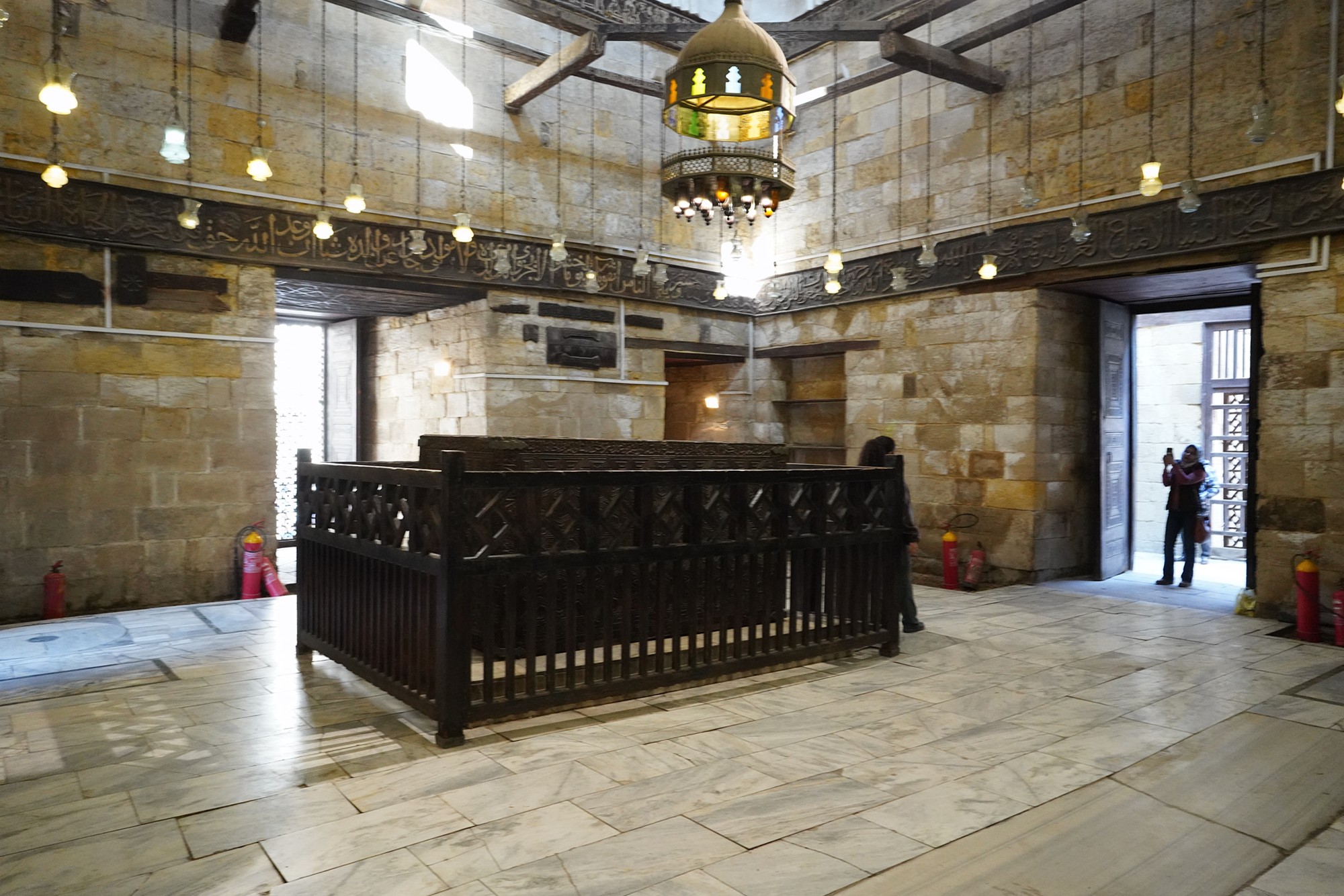
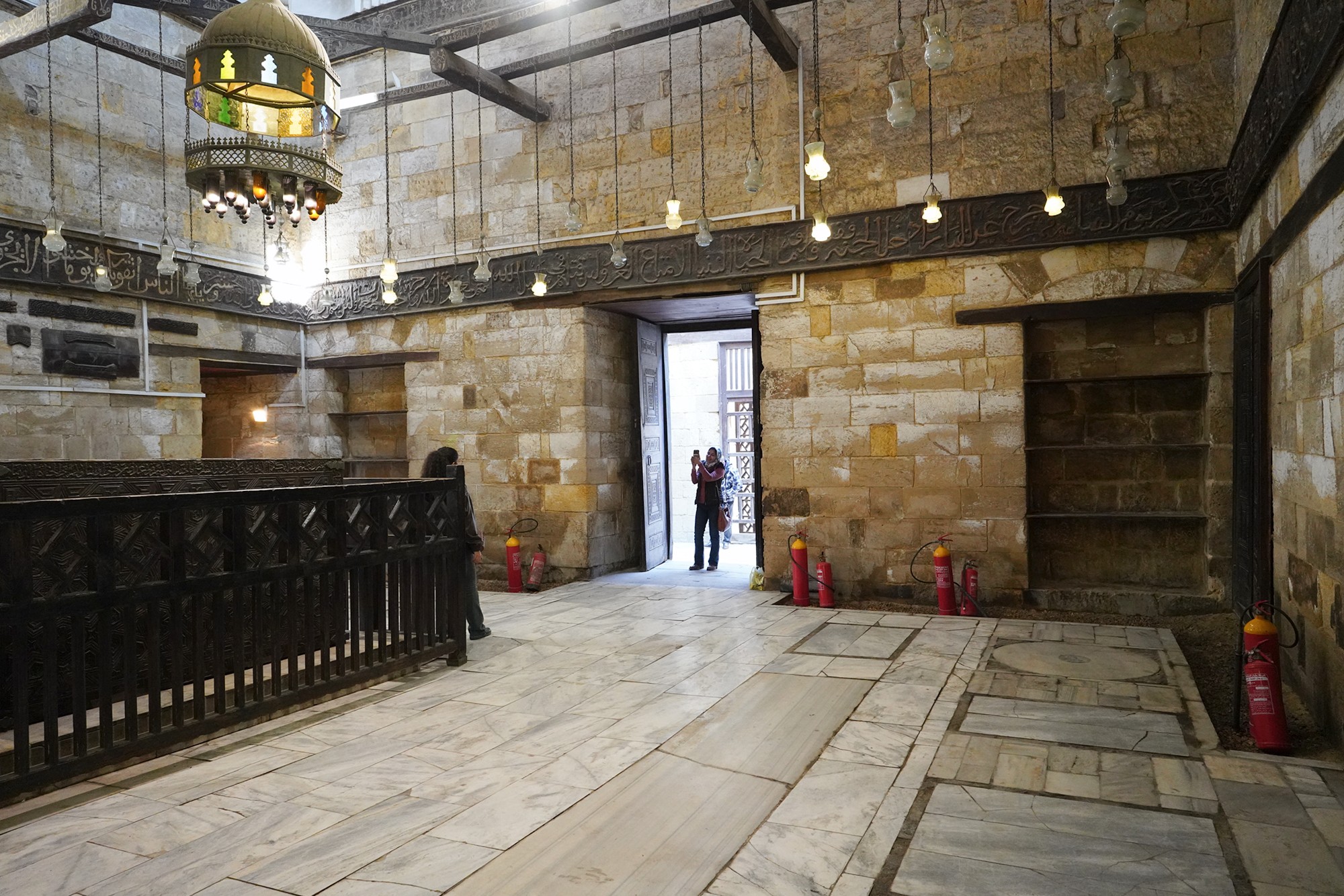
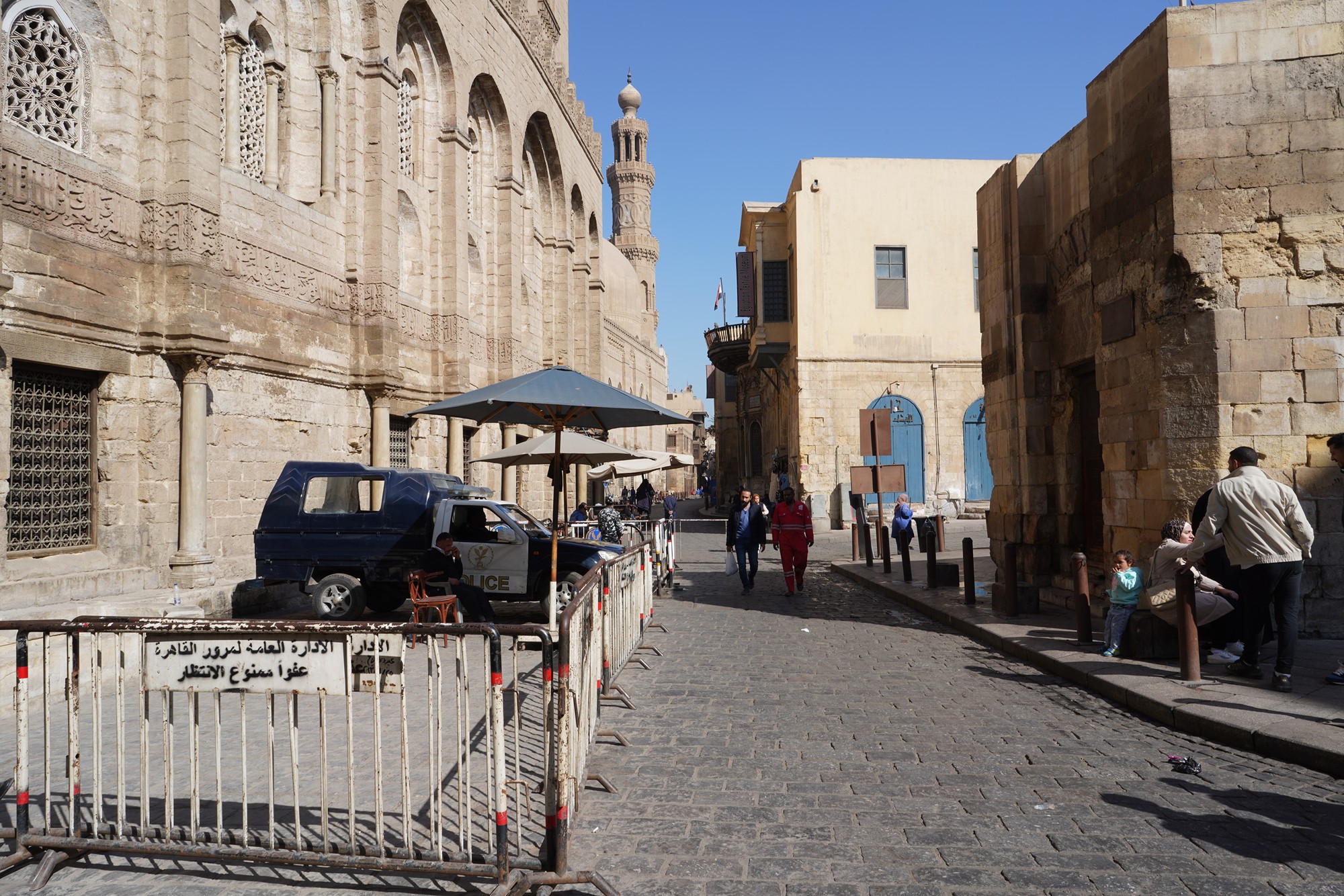
Qalawun Complex.
The Qalawun Complex, also known as the Qalawunid Complex, is a historic architectural ensemble in Cairo, Egypt, built during the Mamluk Sultanate. Commissioned by Sultan al-Mansur Qalawun, the complex was constructed between 1284 and 1285 AD. It serves as a prime example of Mamluk architecture and includes several important structures


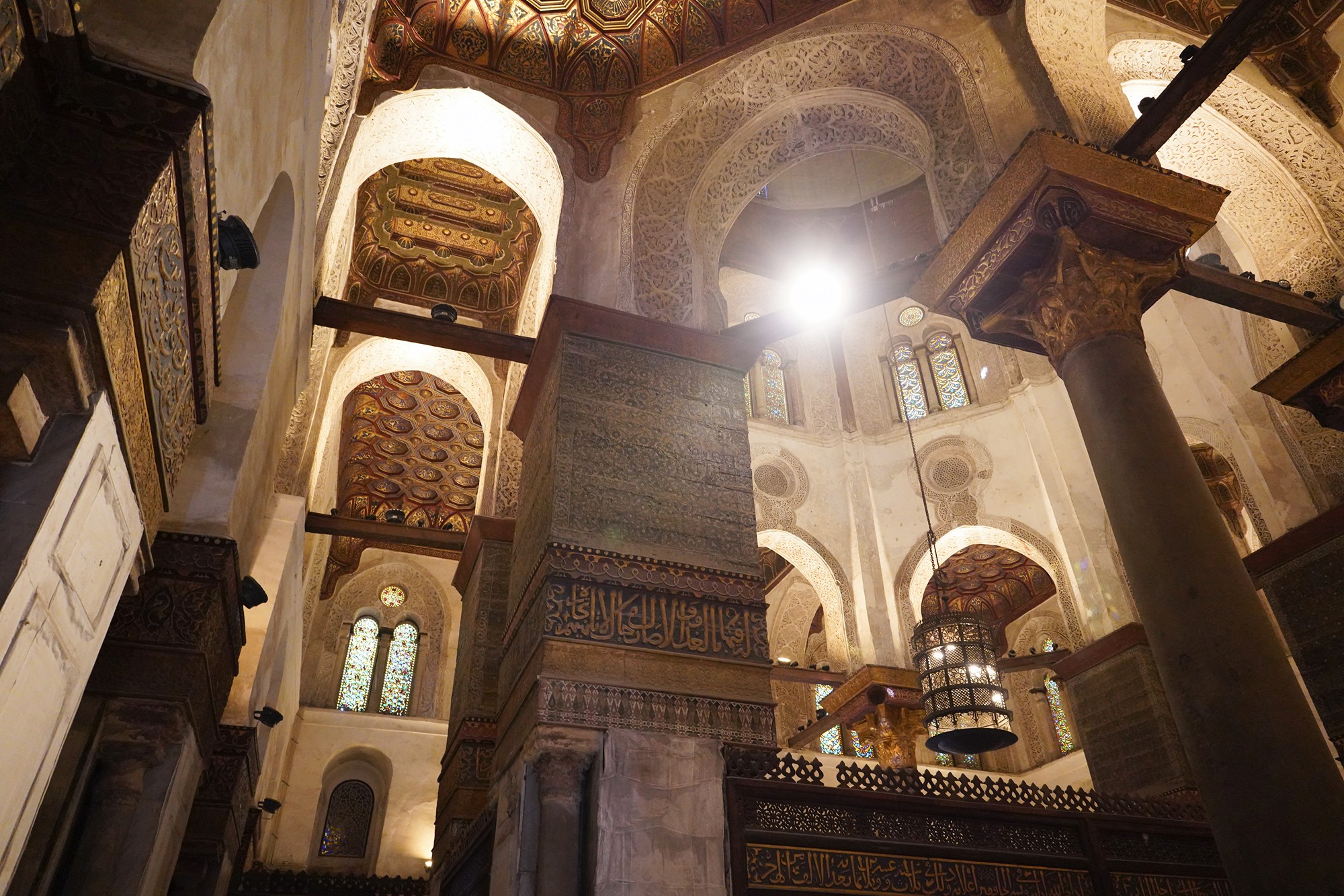
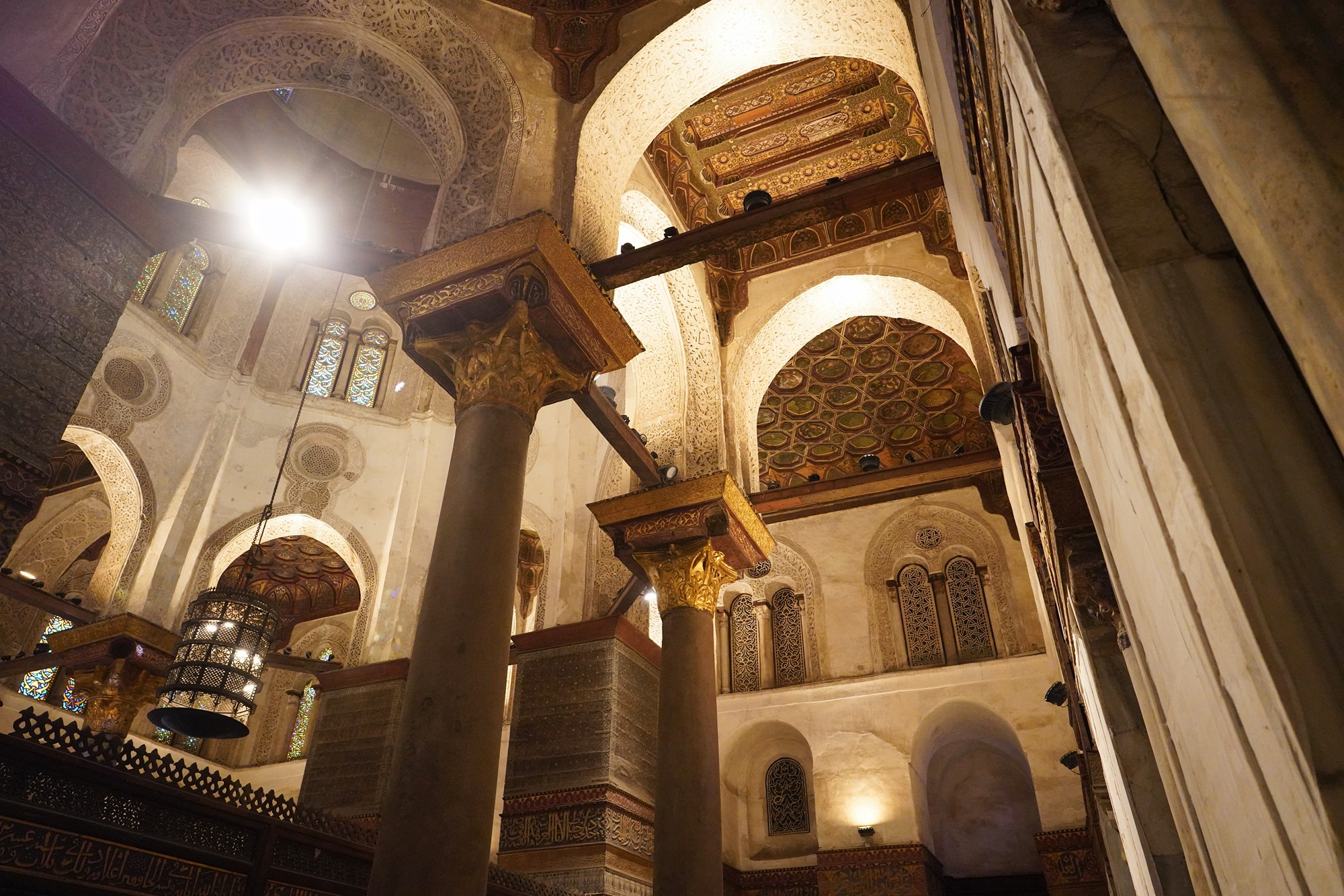
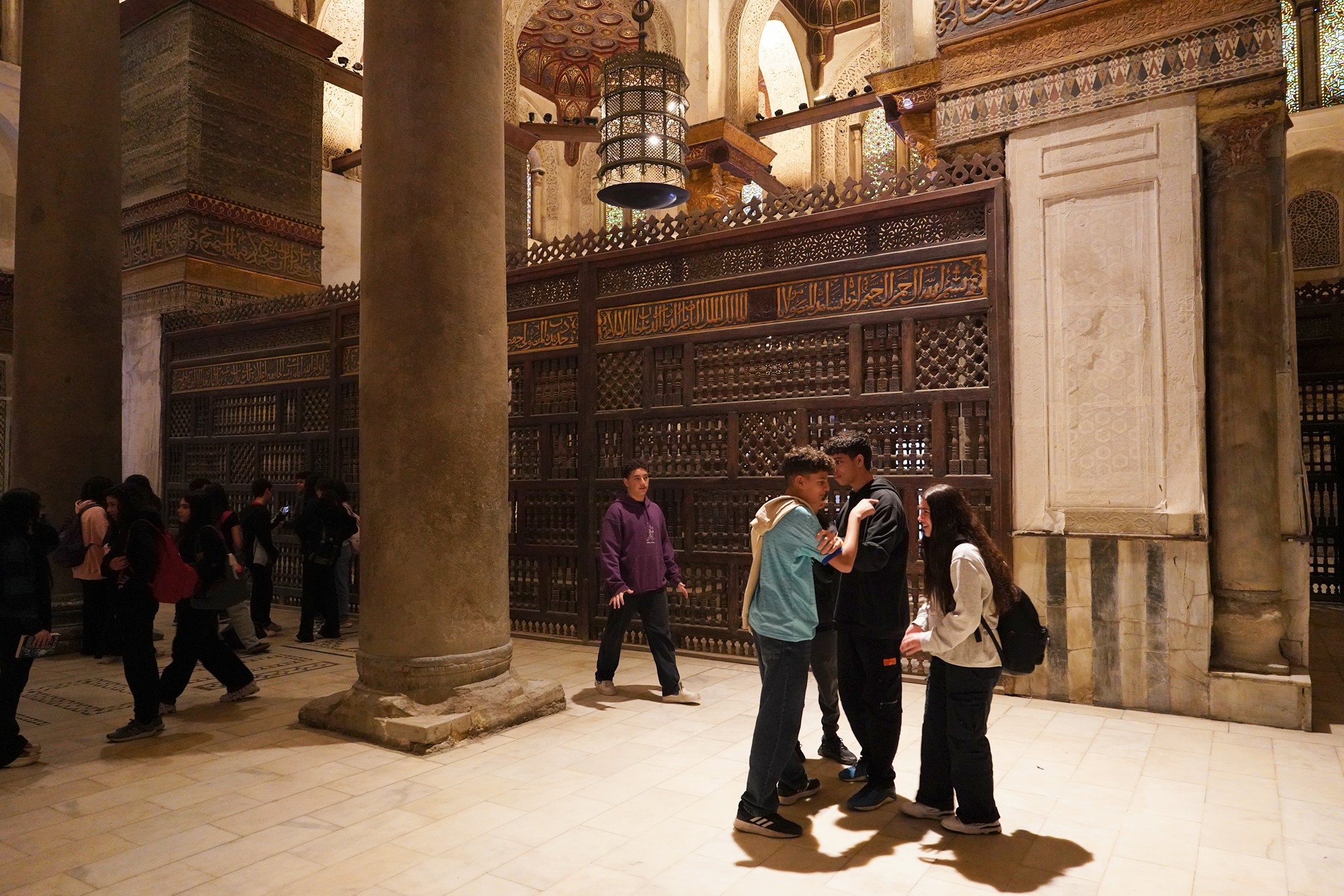
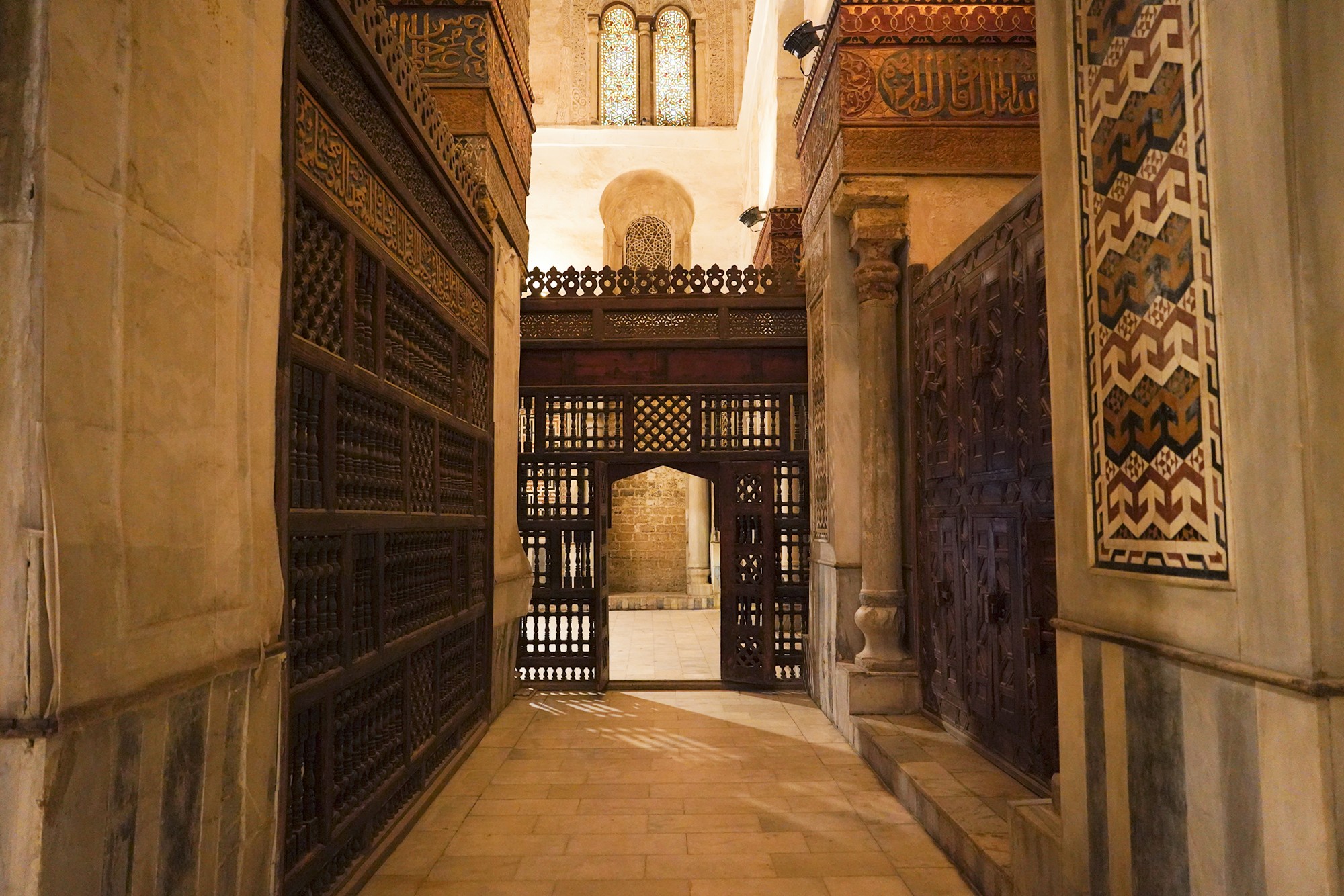

Qalawun’s mausoleum is an integral part of the complex, containing the tombs of Sultan Qalawun and his sons, including Al-Nasir Muhammad.

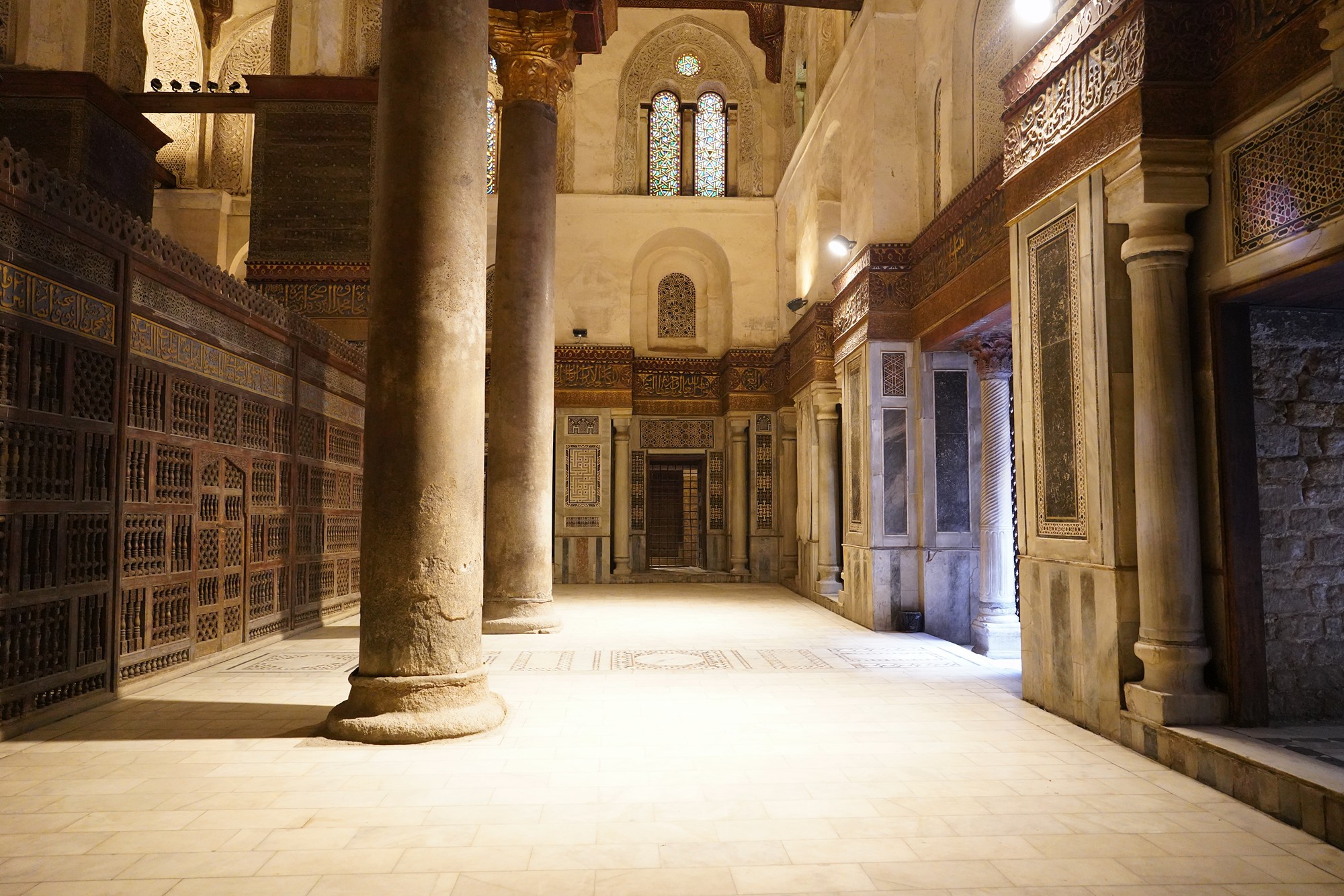
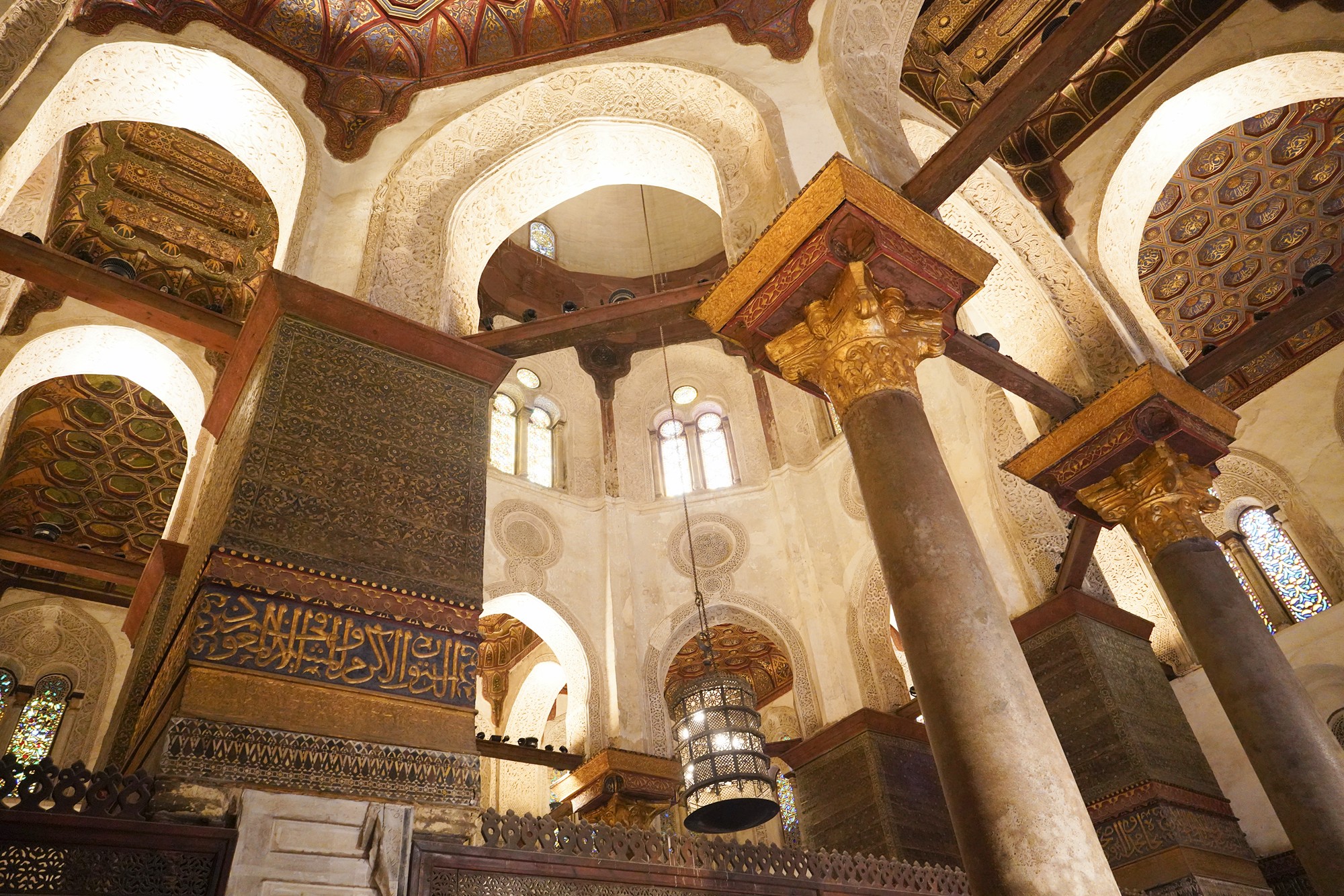
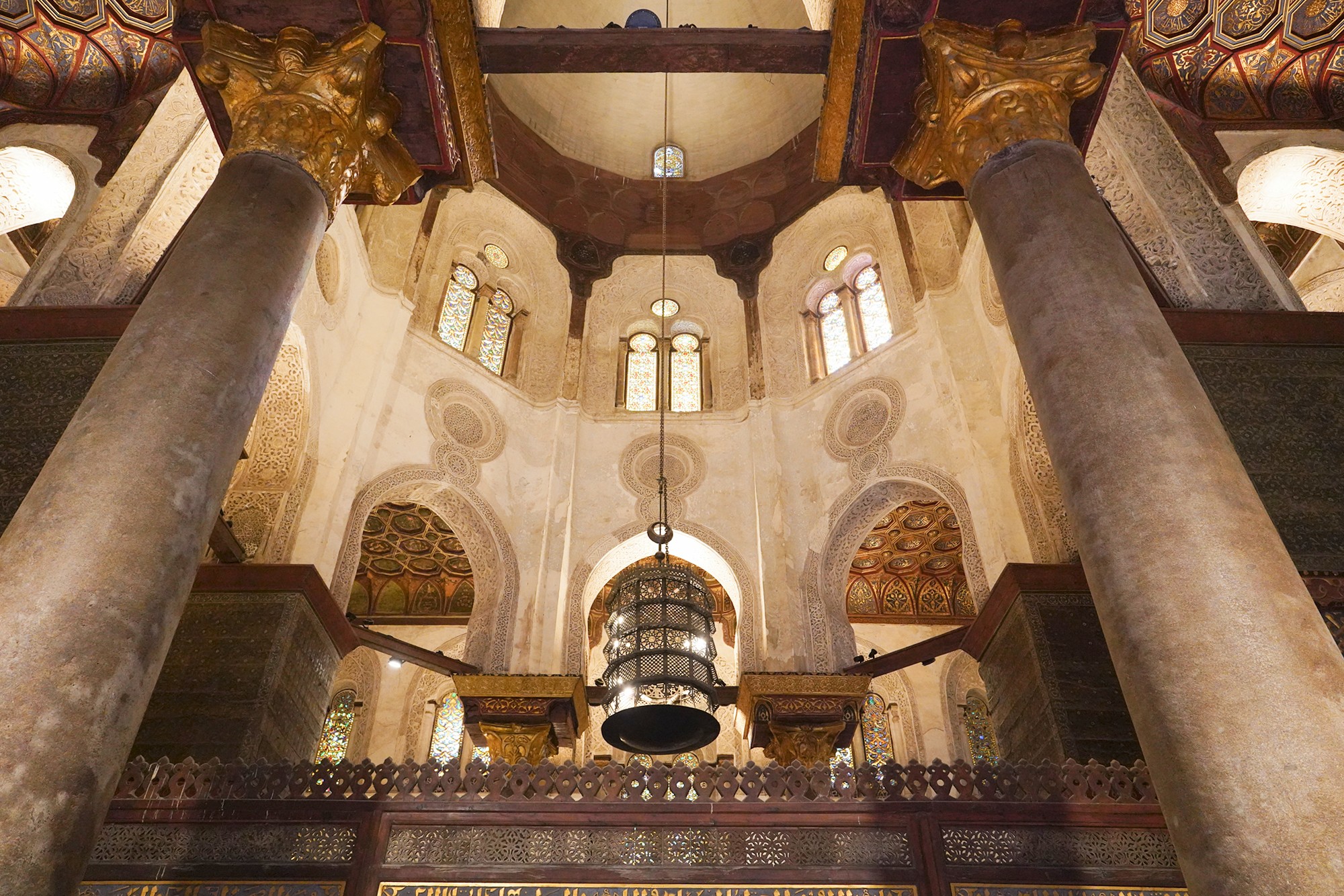
The next room

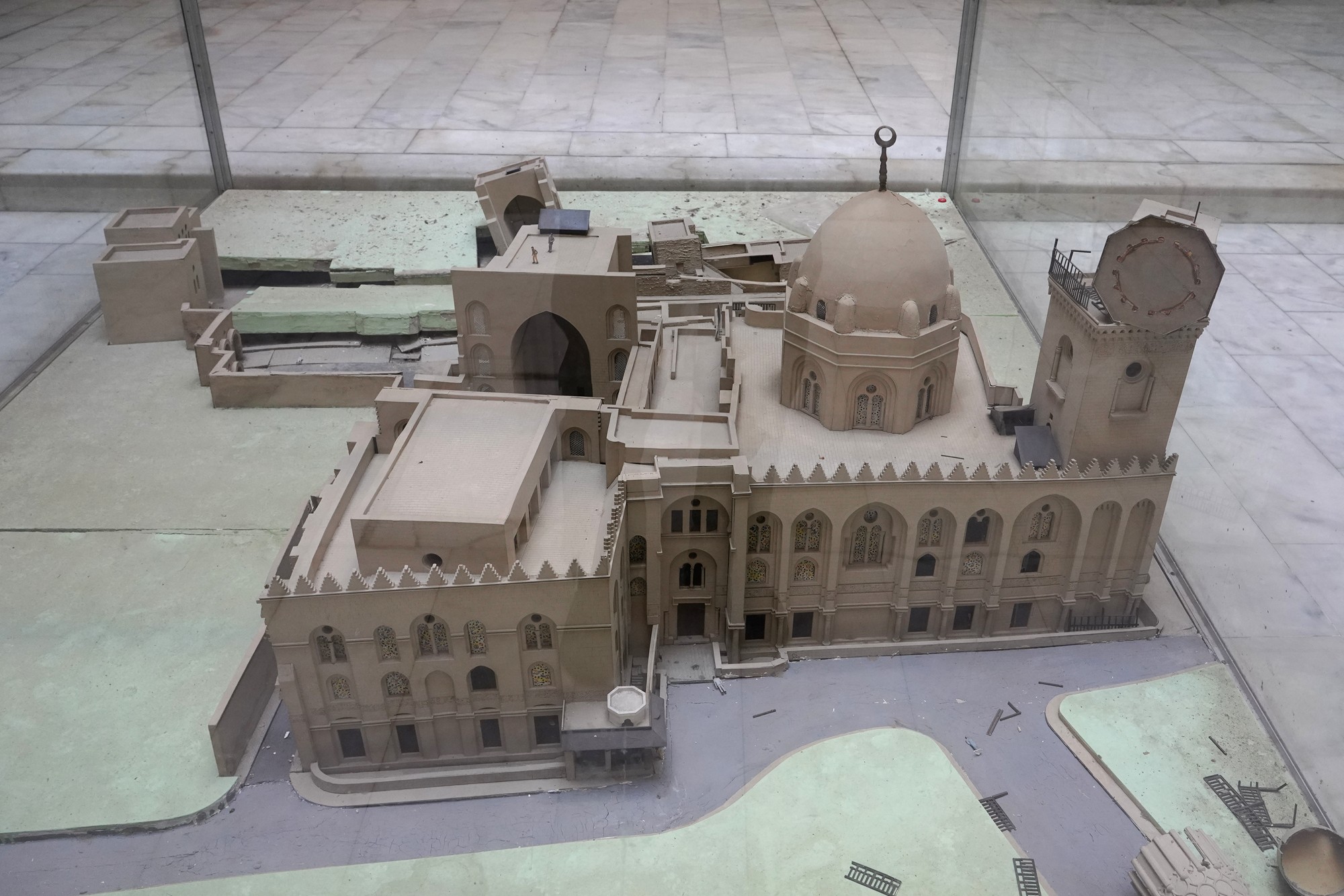


The next section of the building was an ancient school
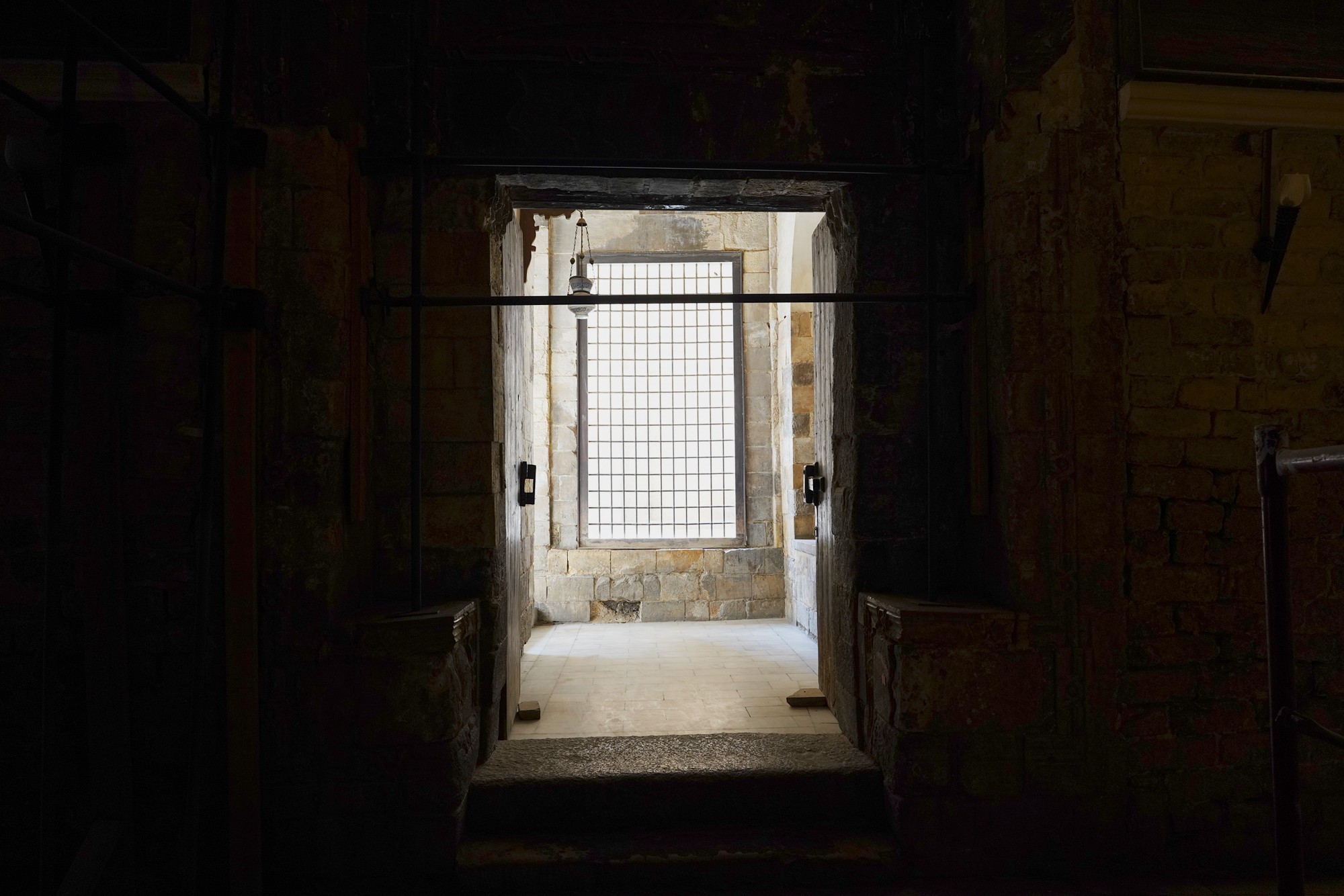
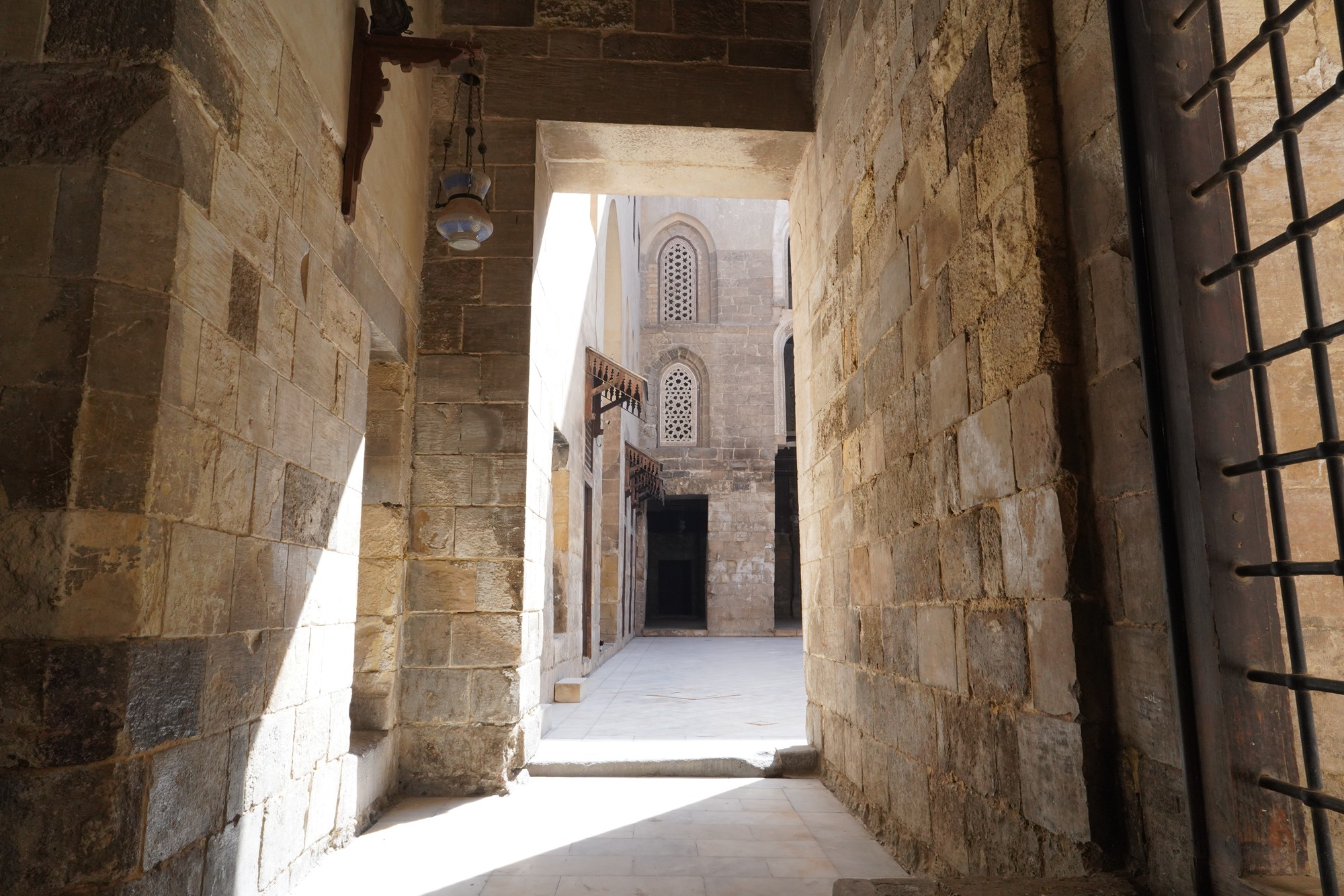
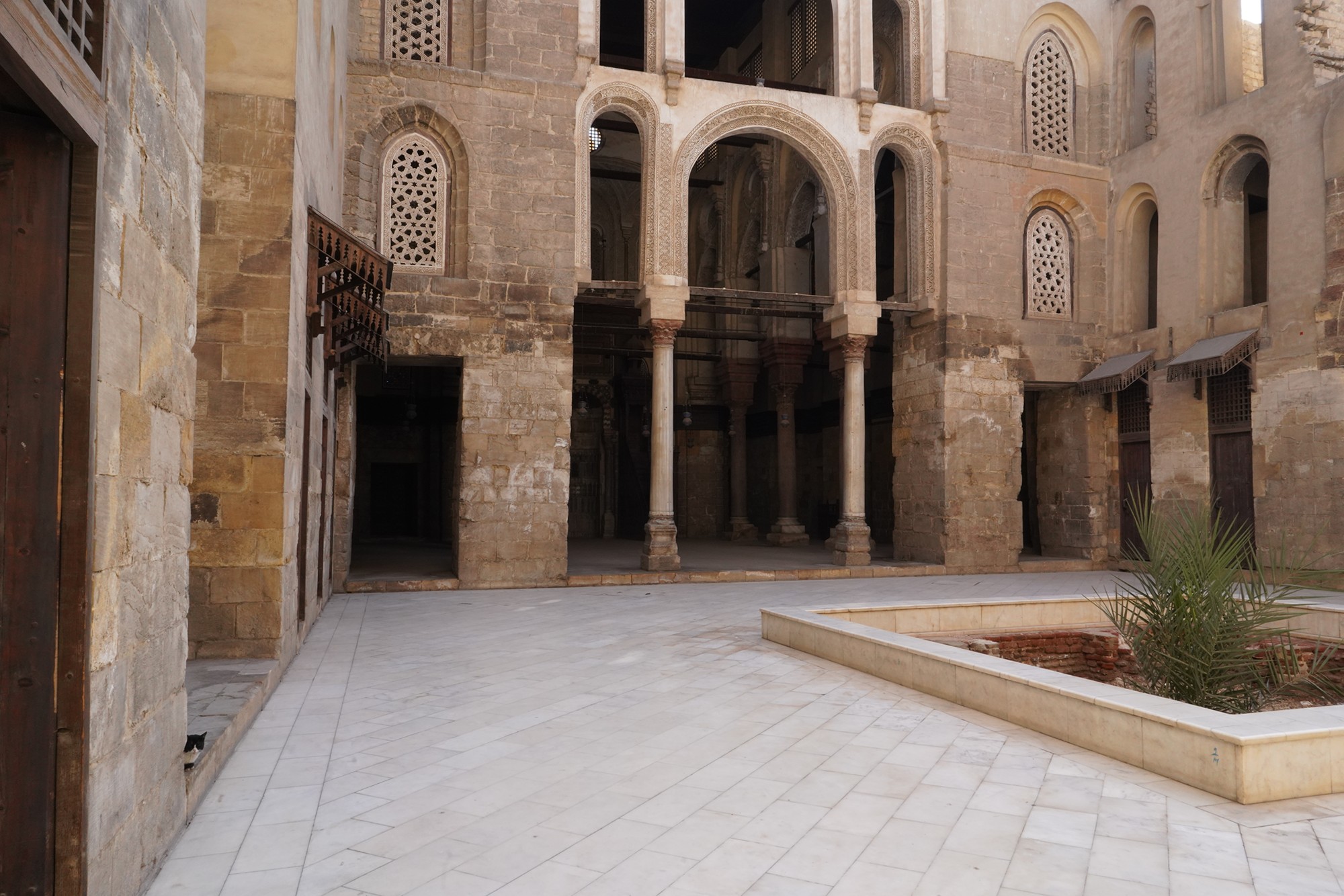
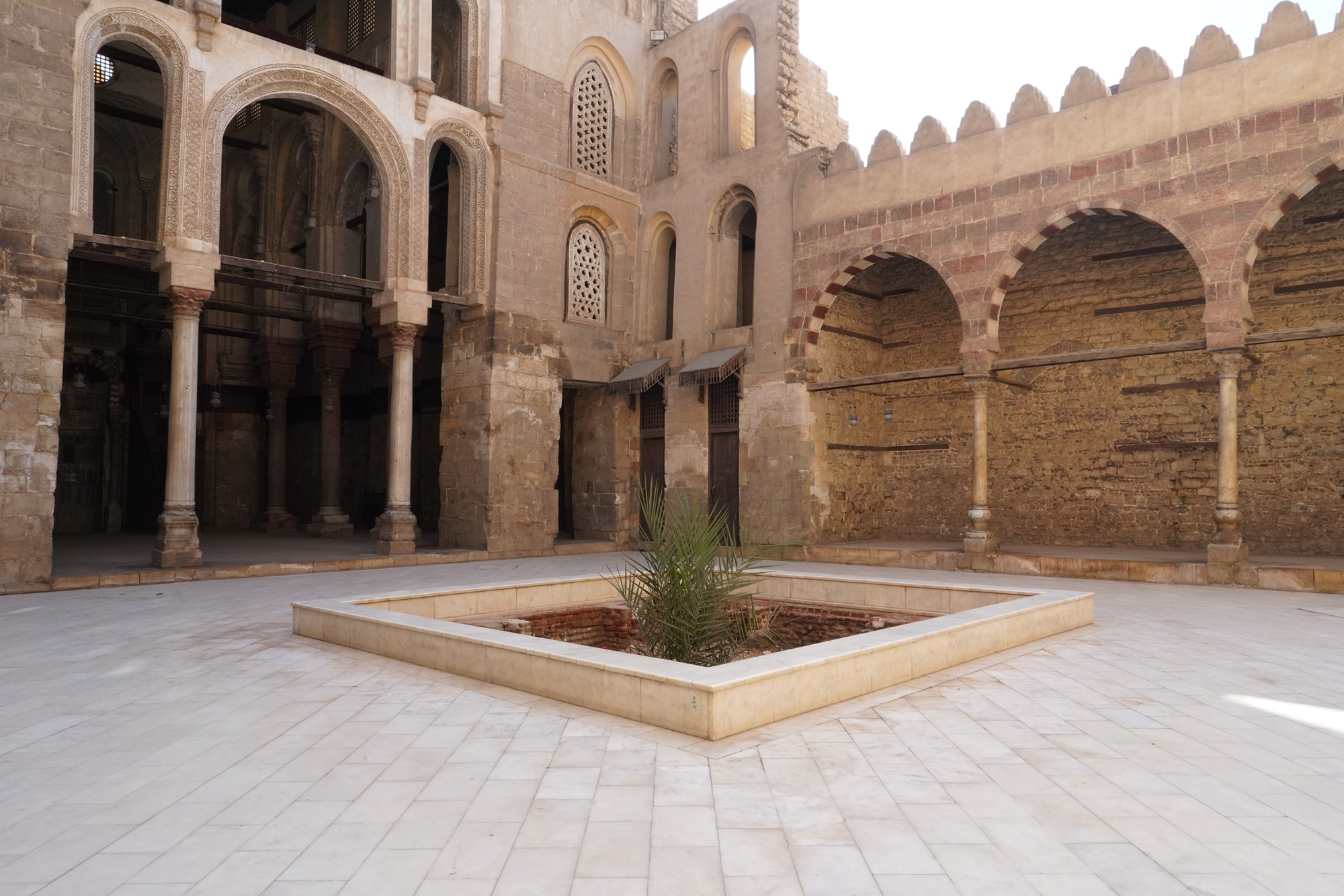
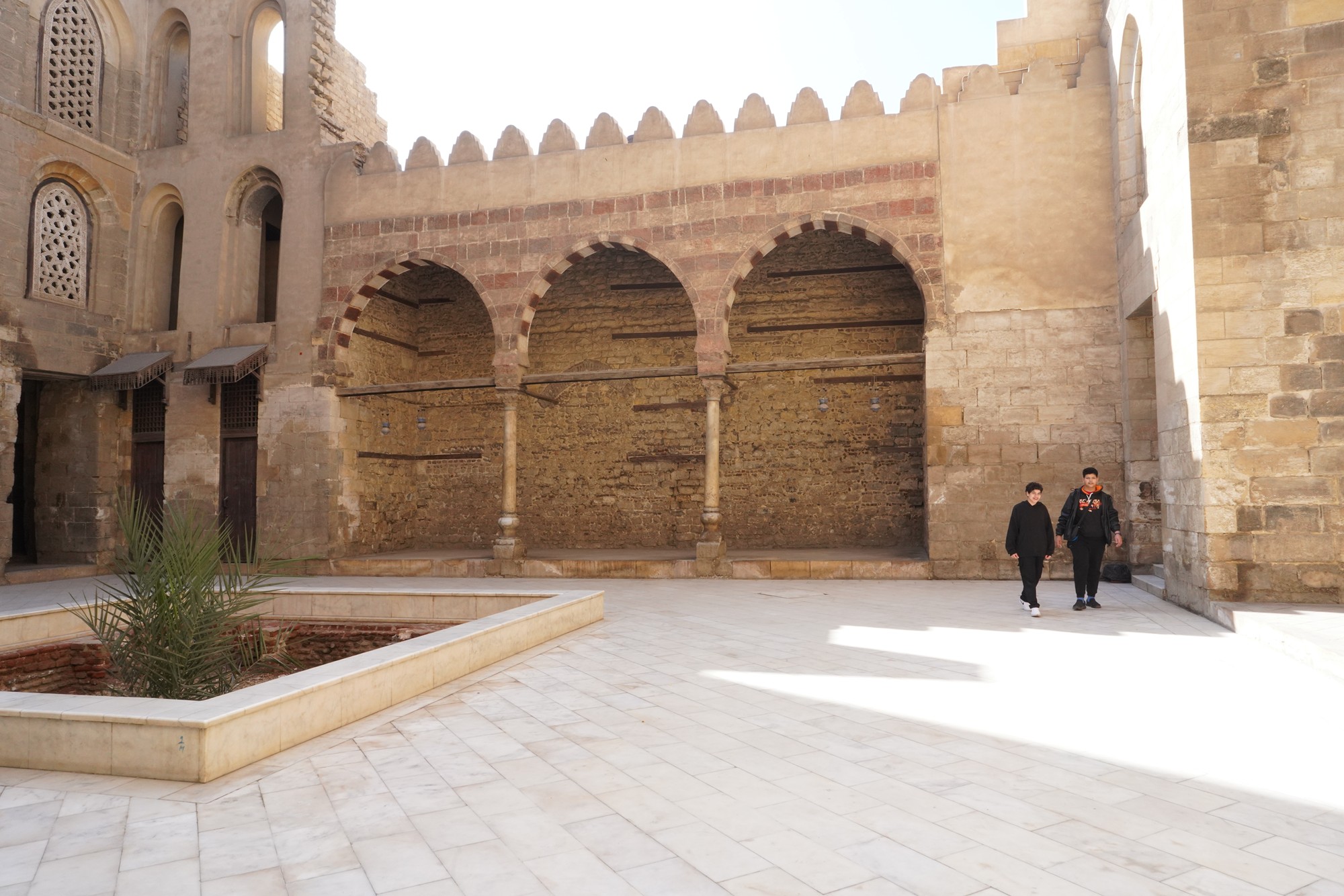


Out from the building and on the street again

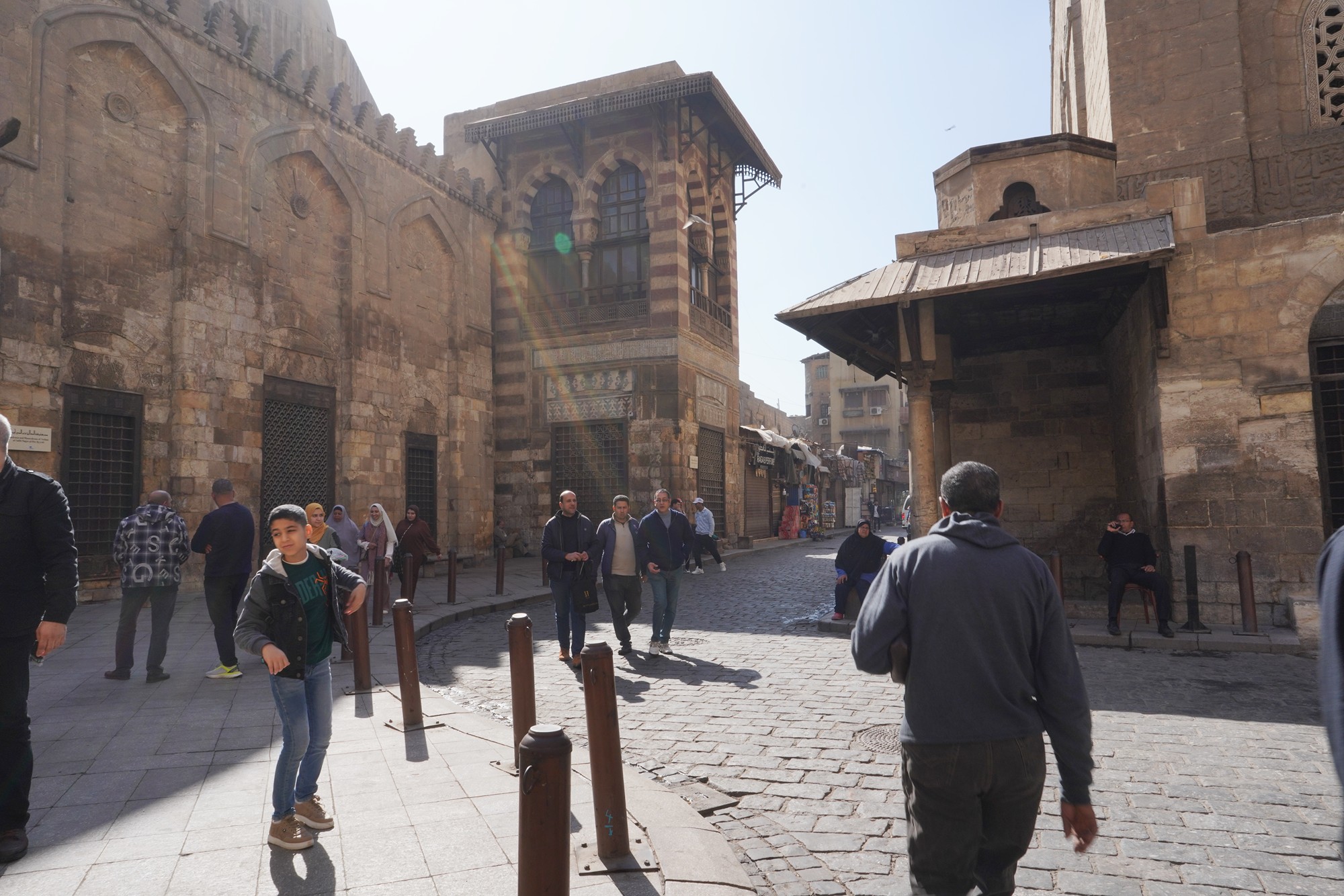

Looked at the back side

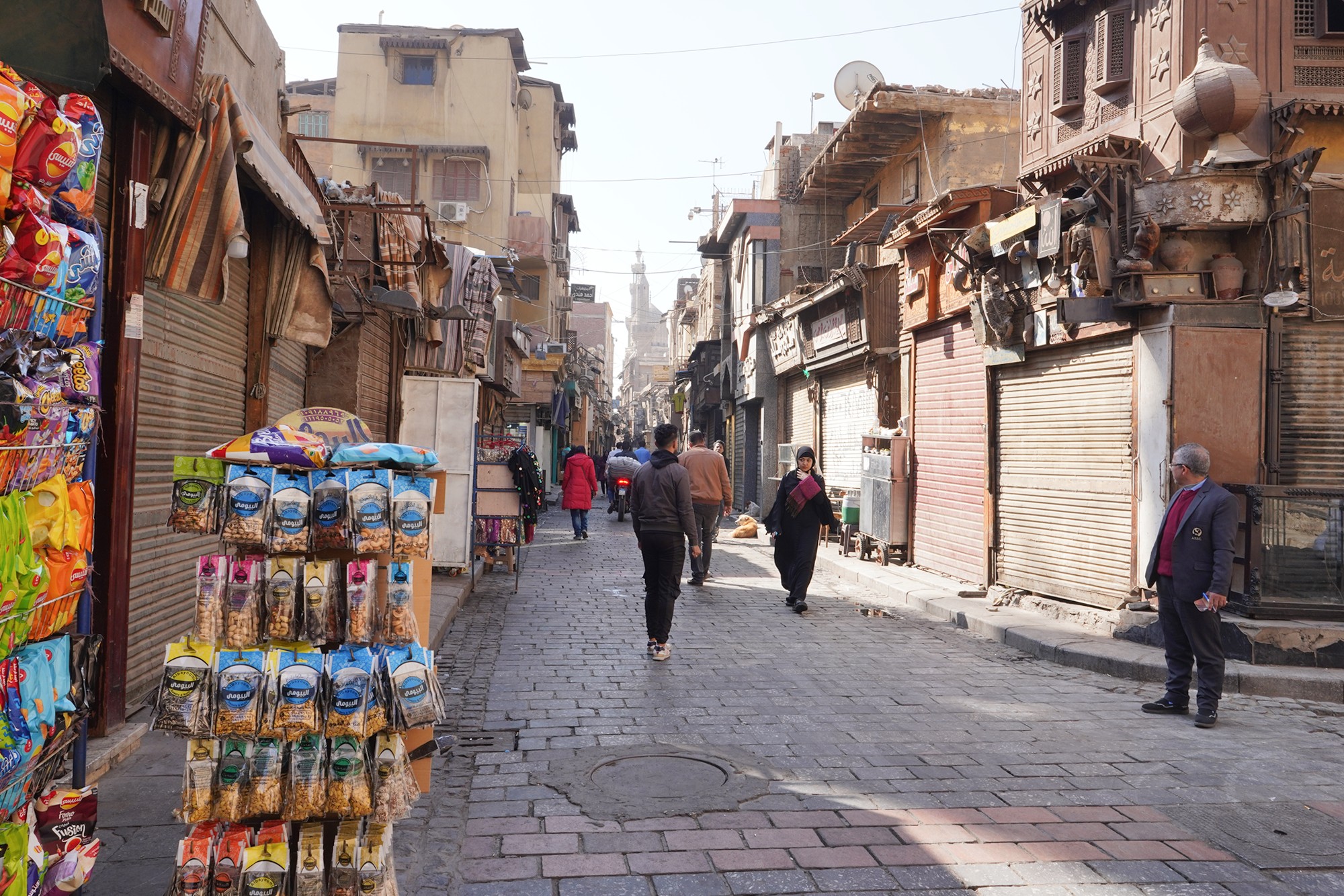

I walked into a side street to reach Khan el-Khalili market.
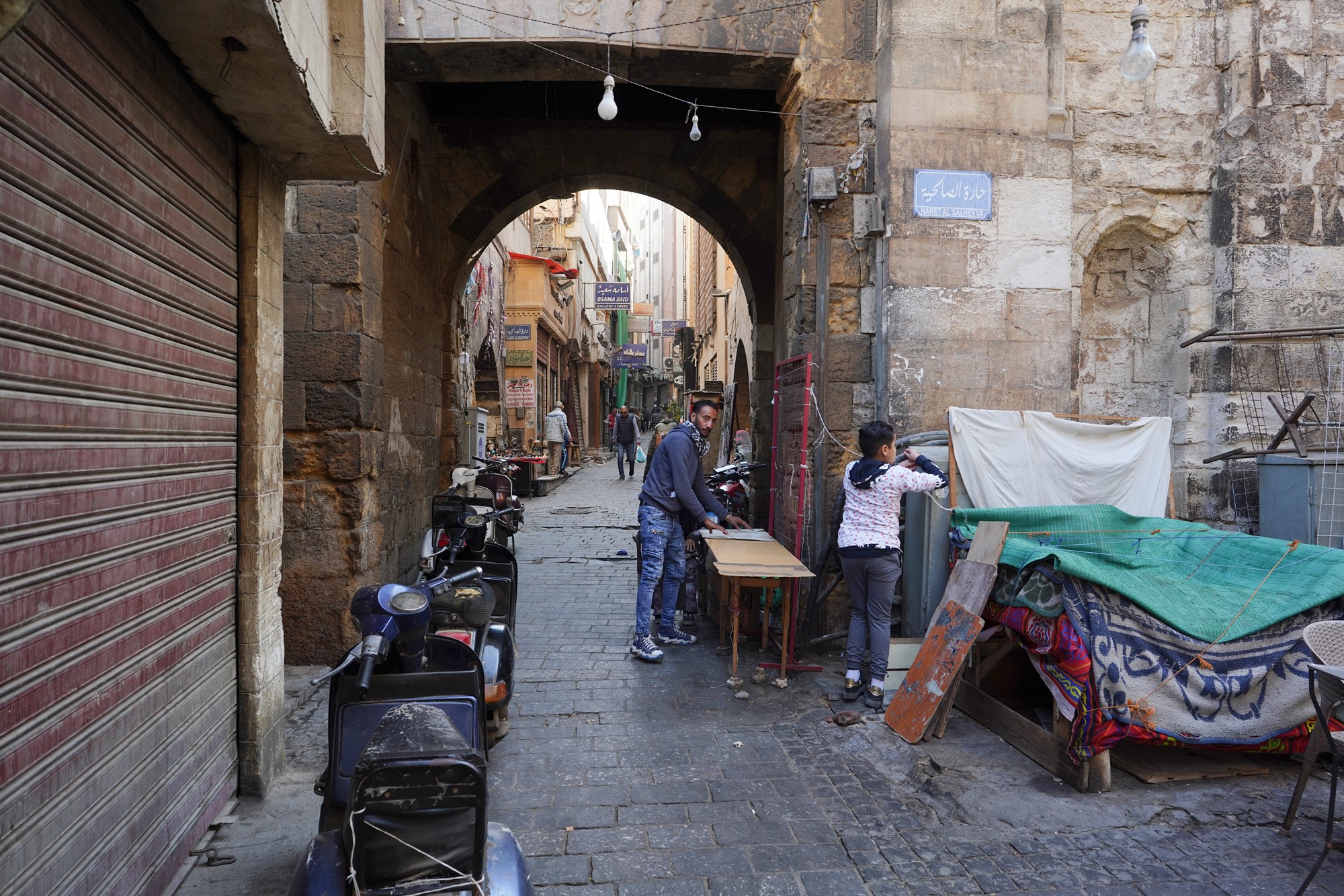
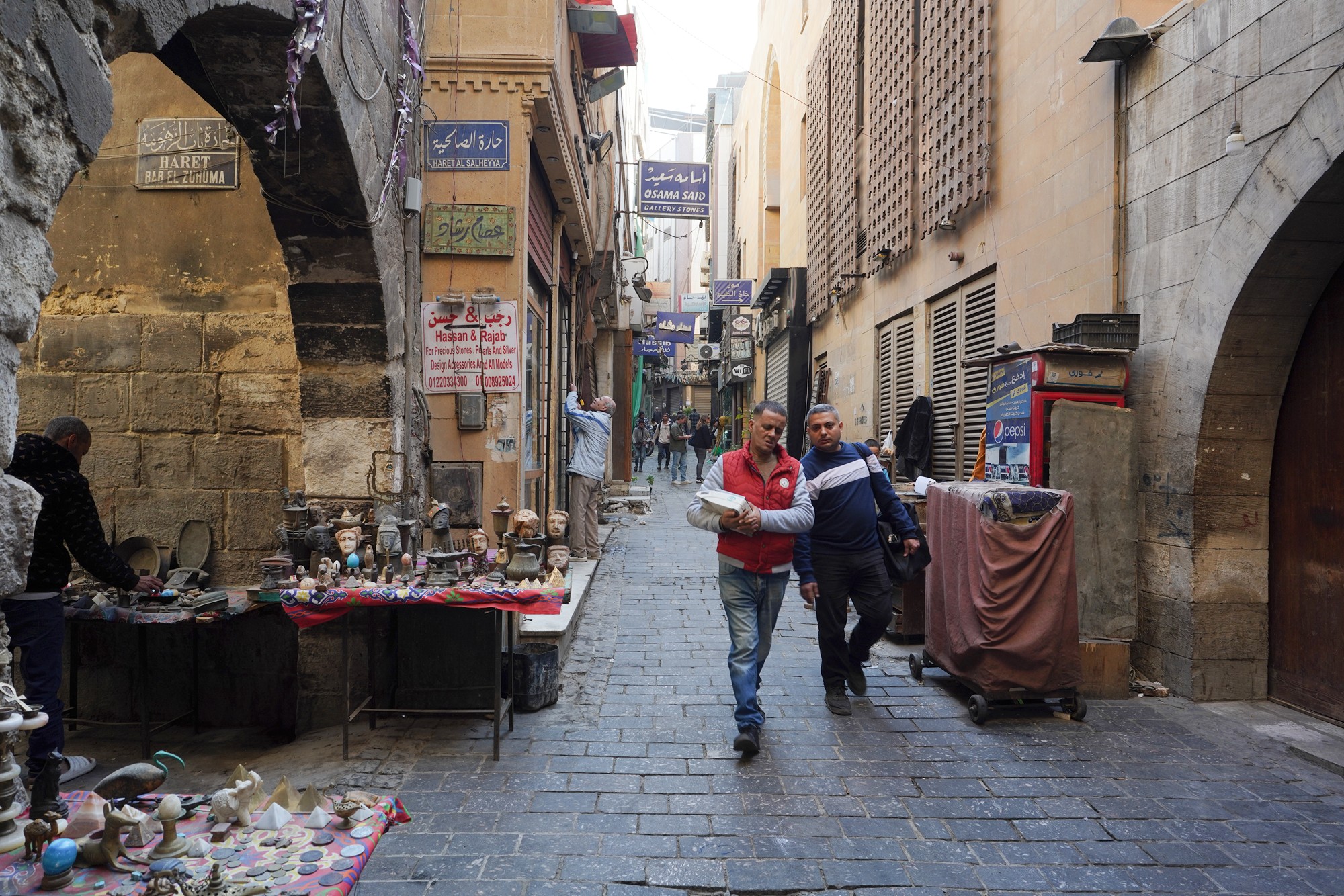

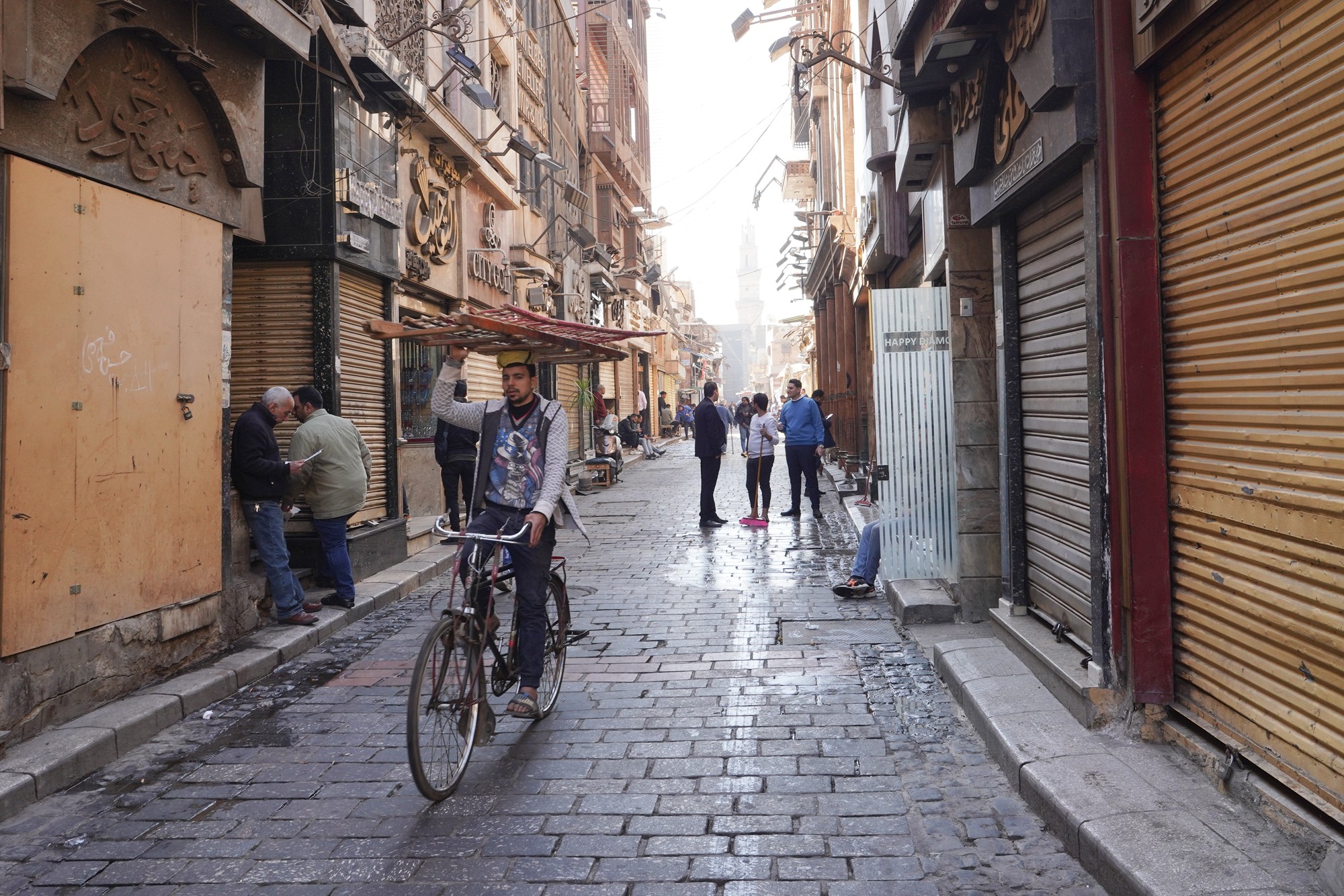
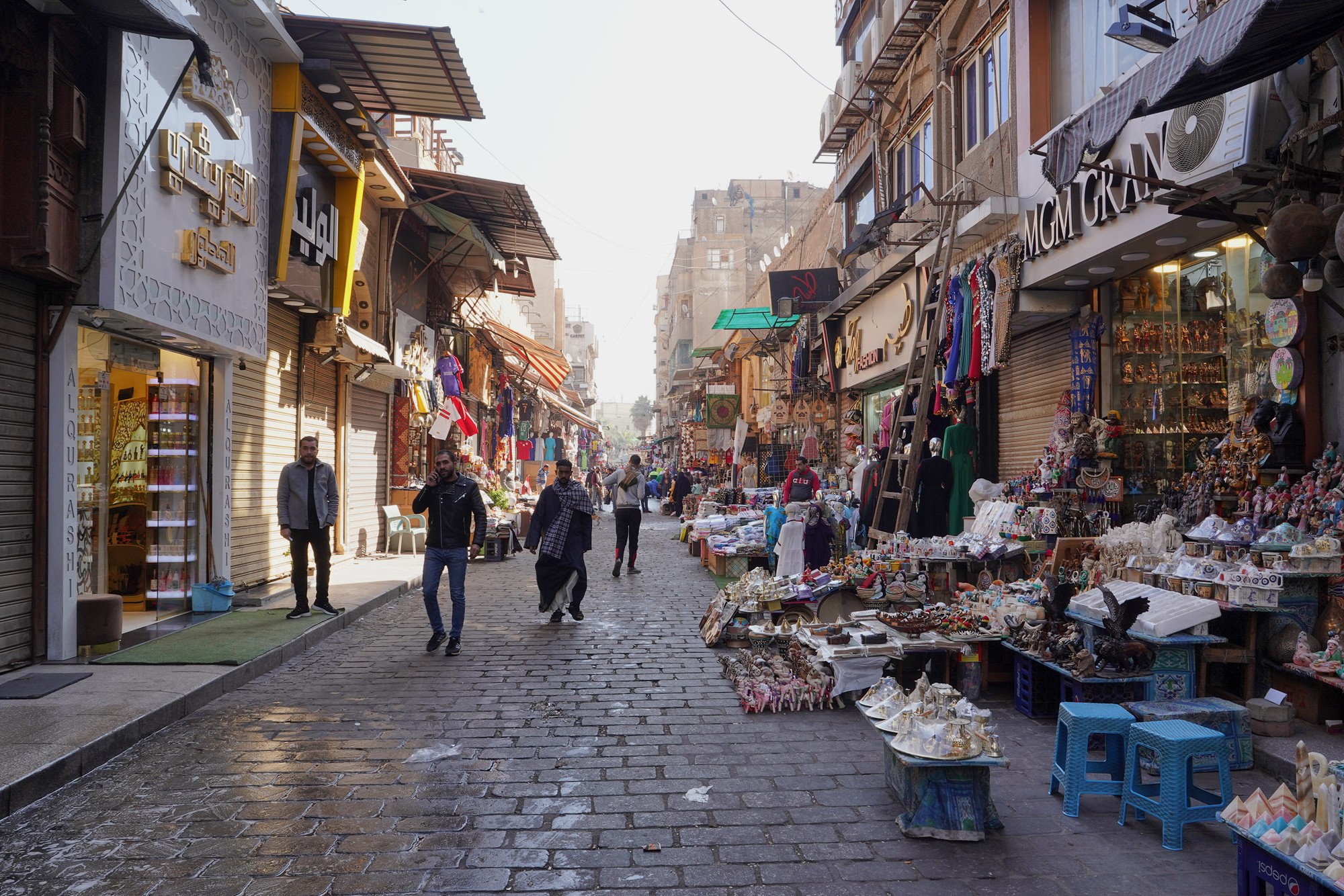

The Khan el-Khalili Market

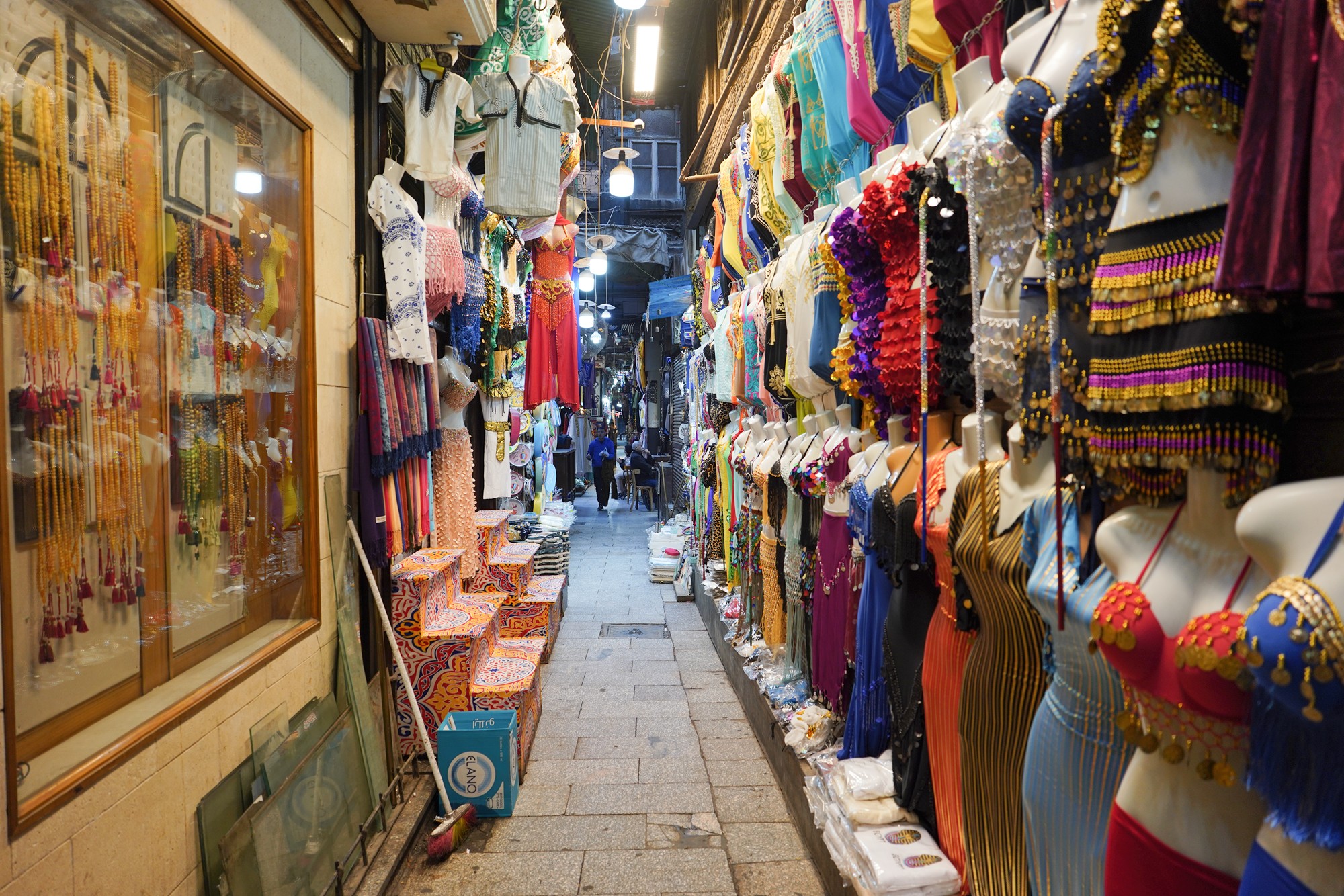
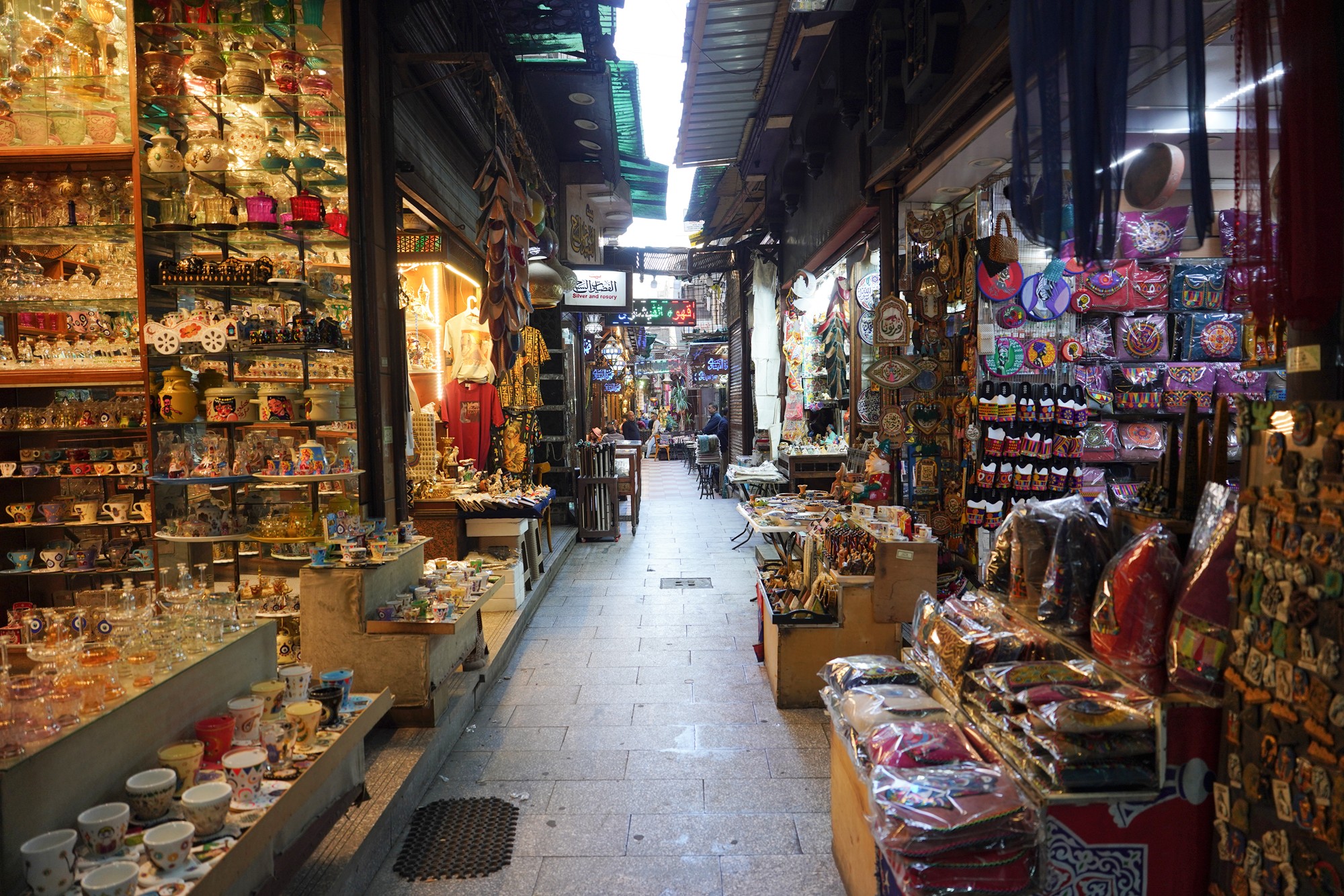
I took a rest at a tea shop
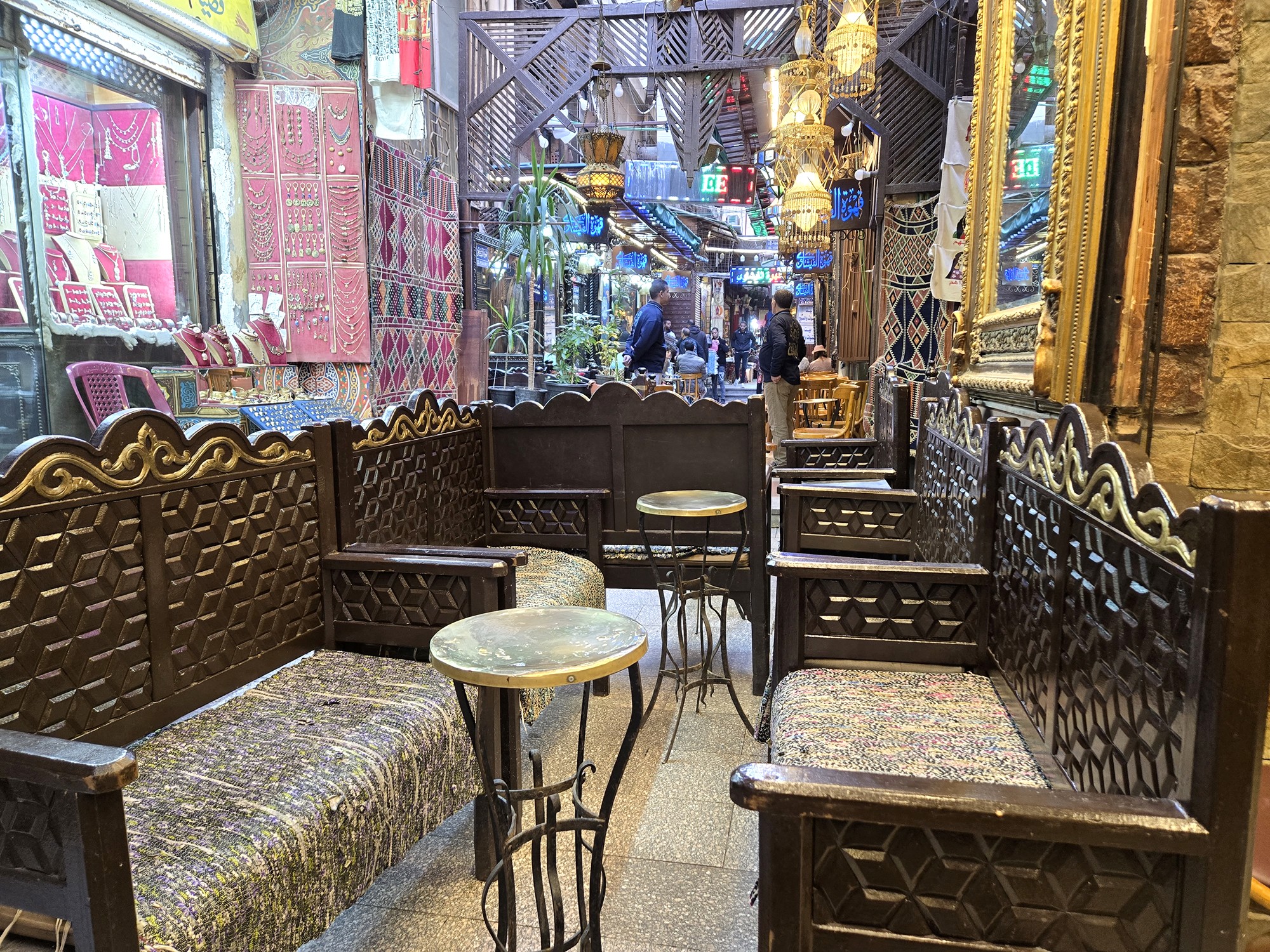
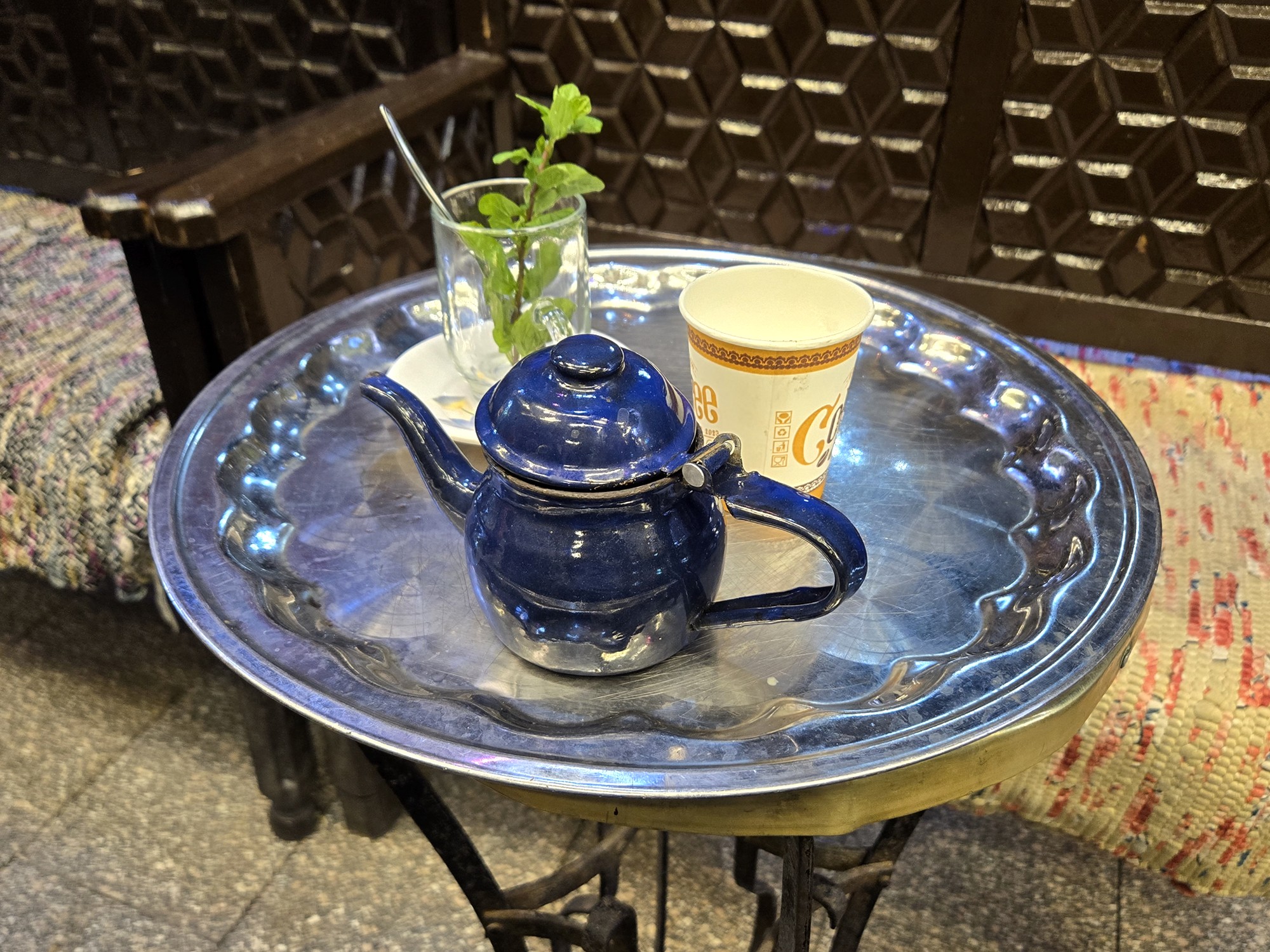


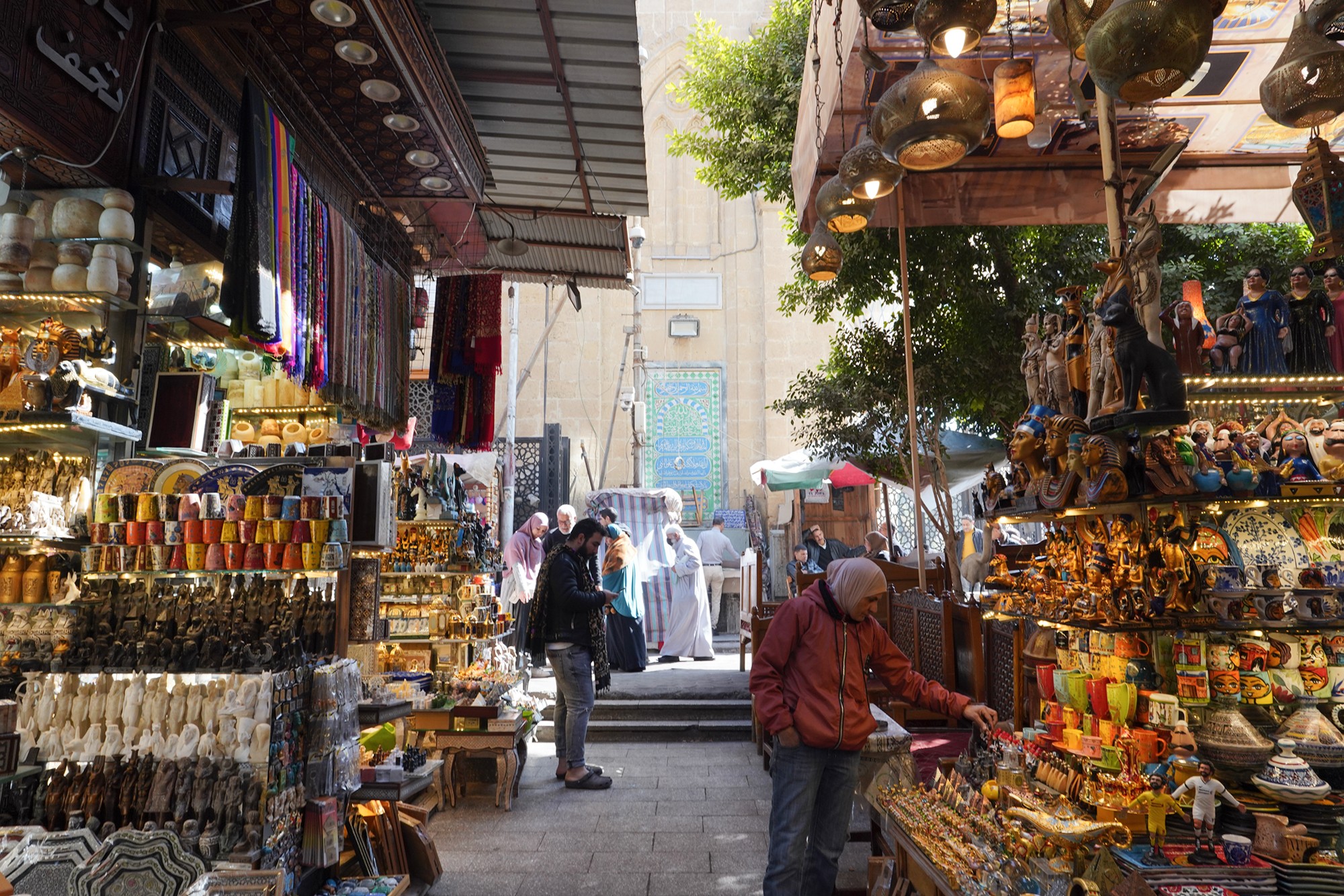
Out from the market and to the Al-Azhar Mosque
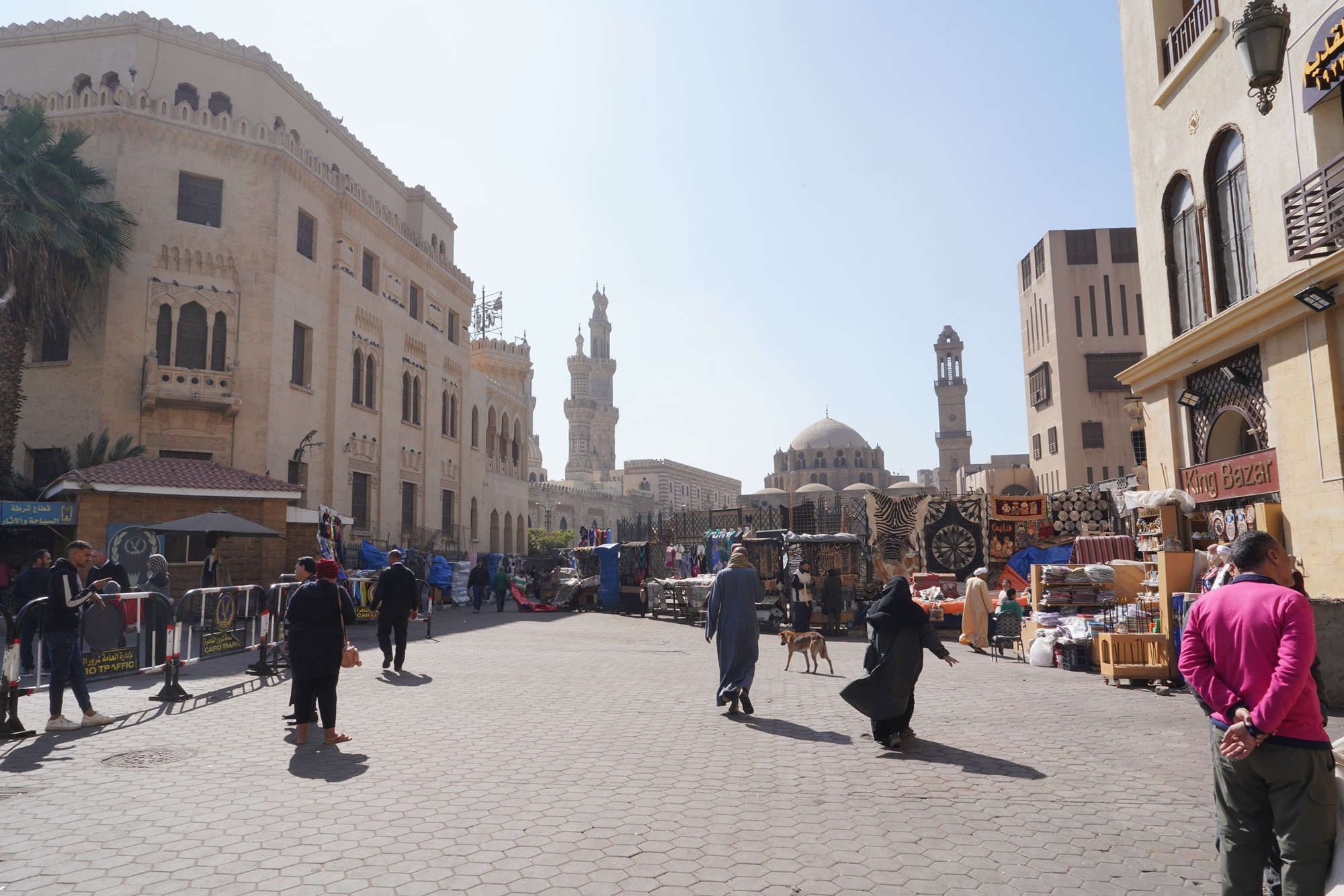
Looked at the back side
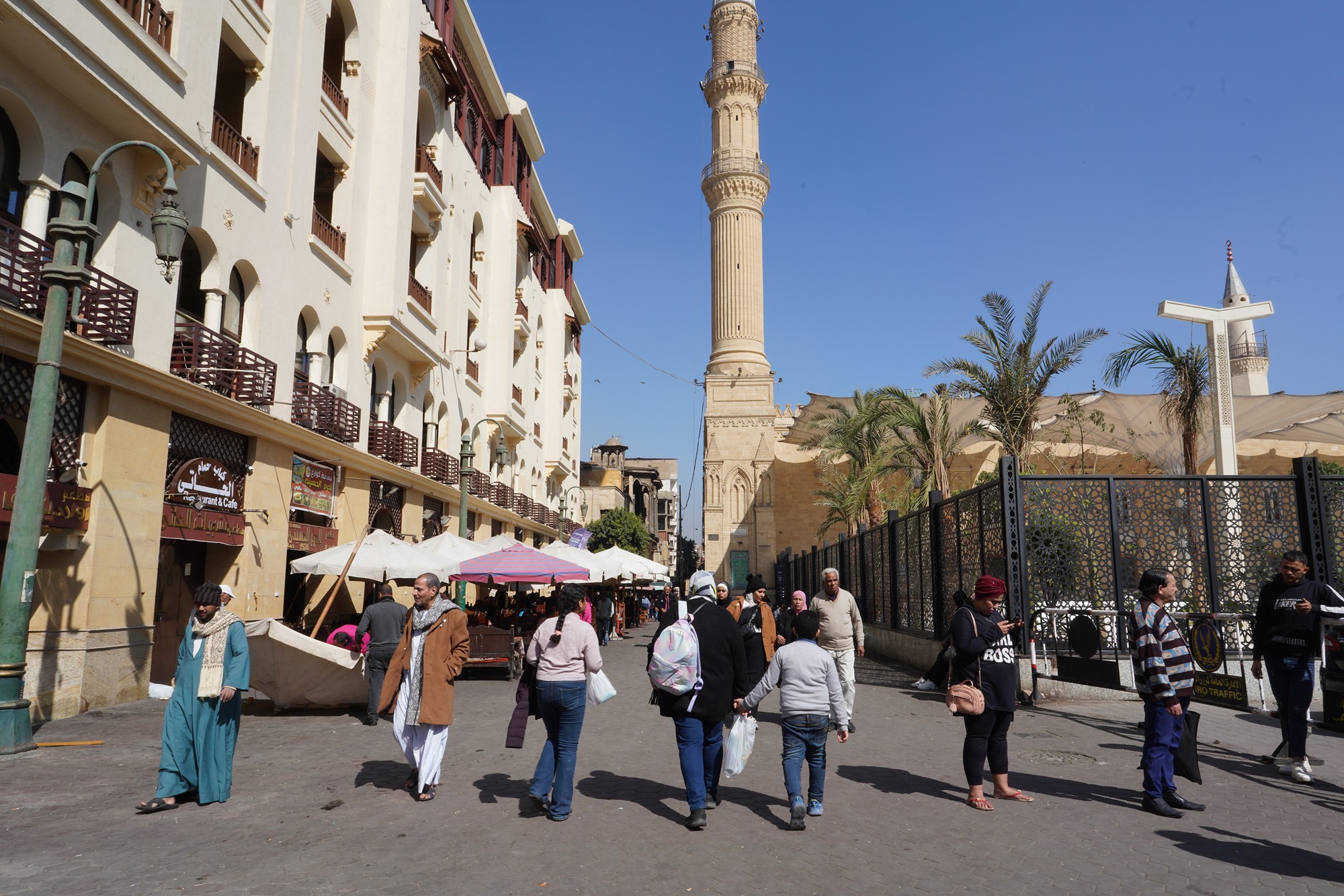
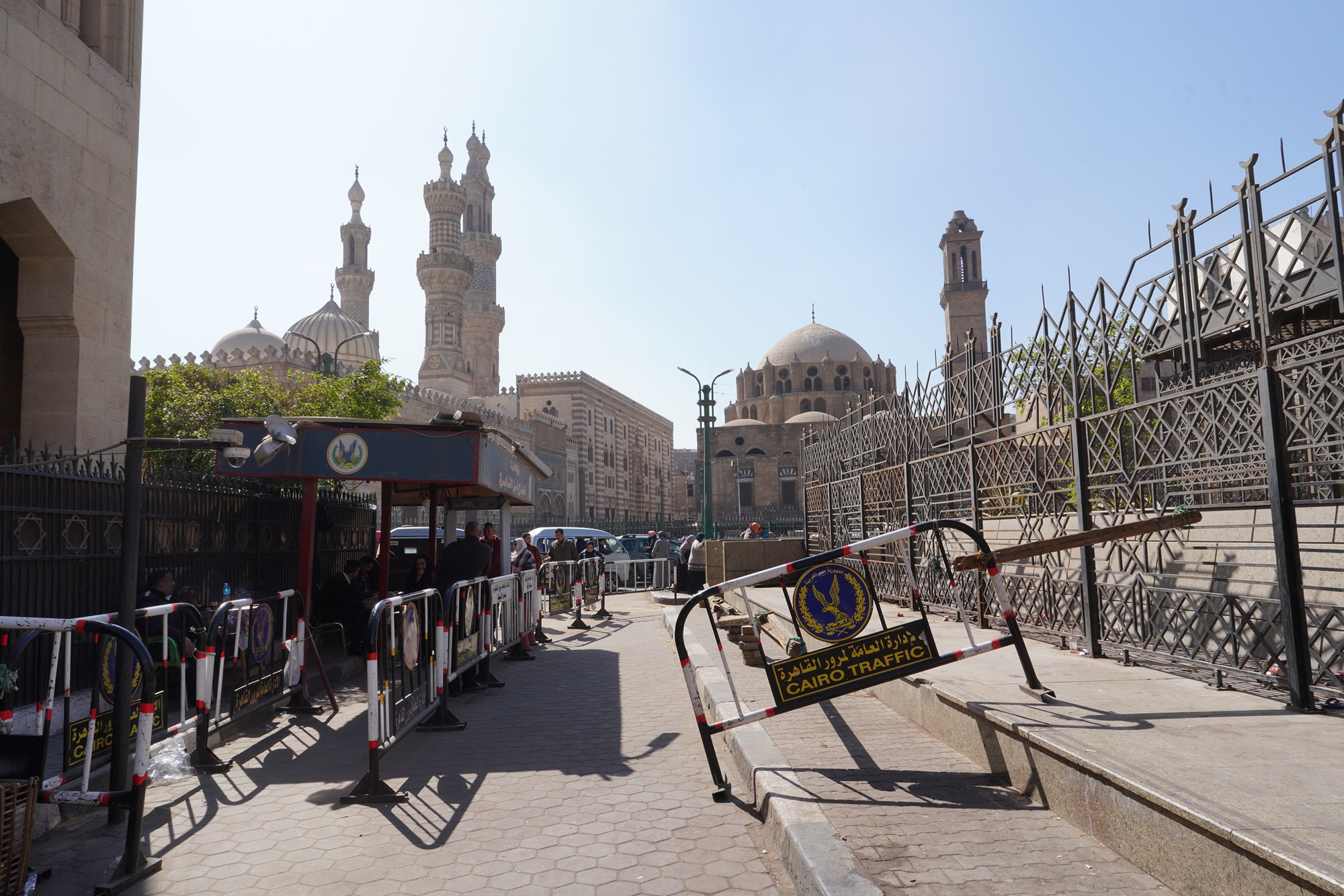
The Al-Azhar Mosque – Cairo’s first mosque, commissioned in 970 to develop into a major center for Islamic learning.
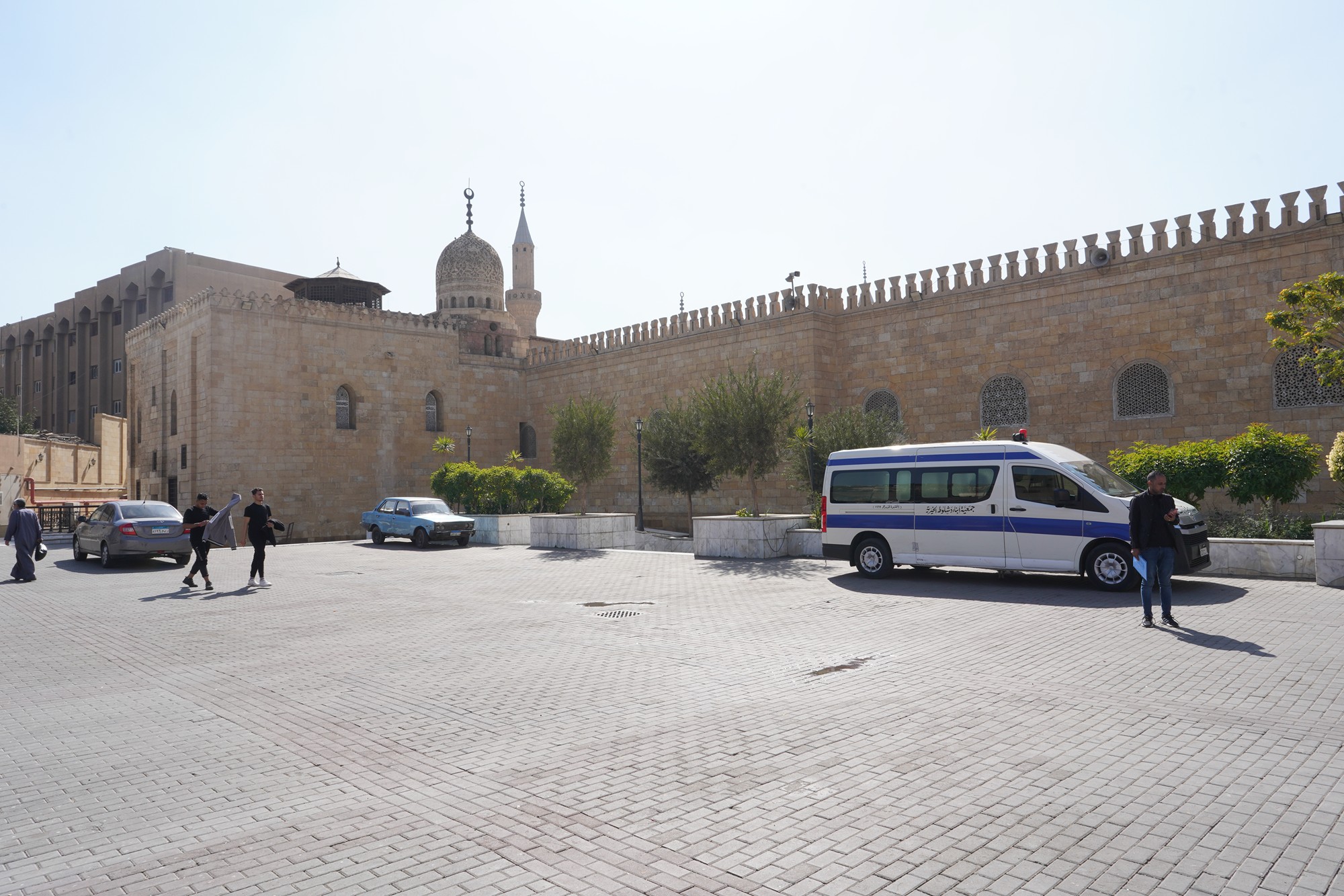
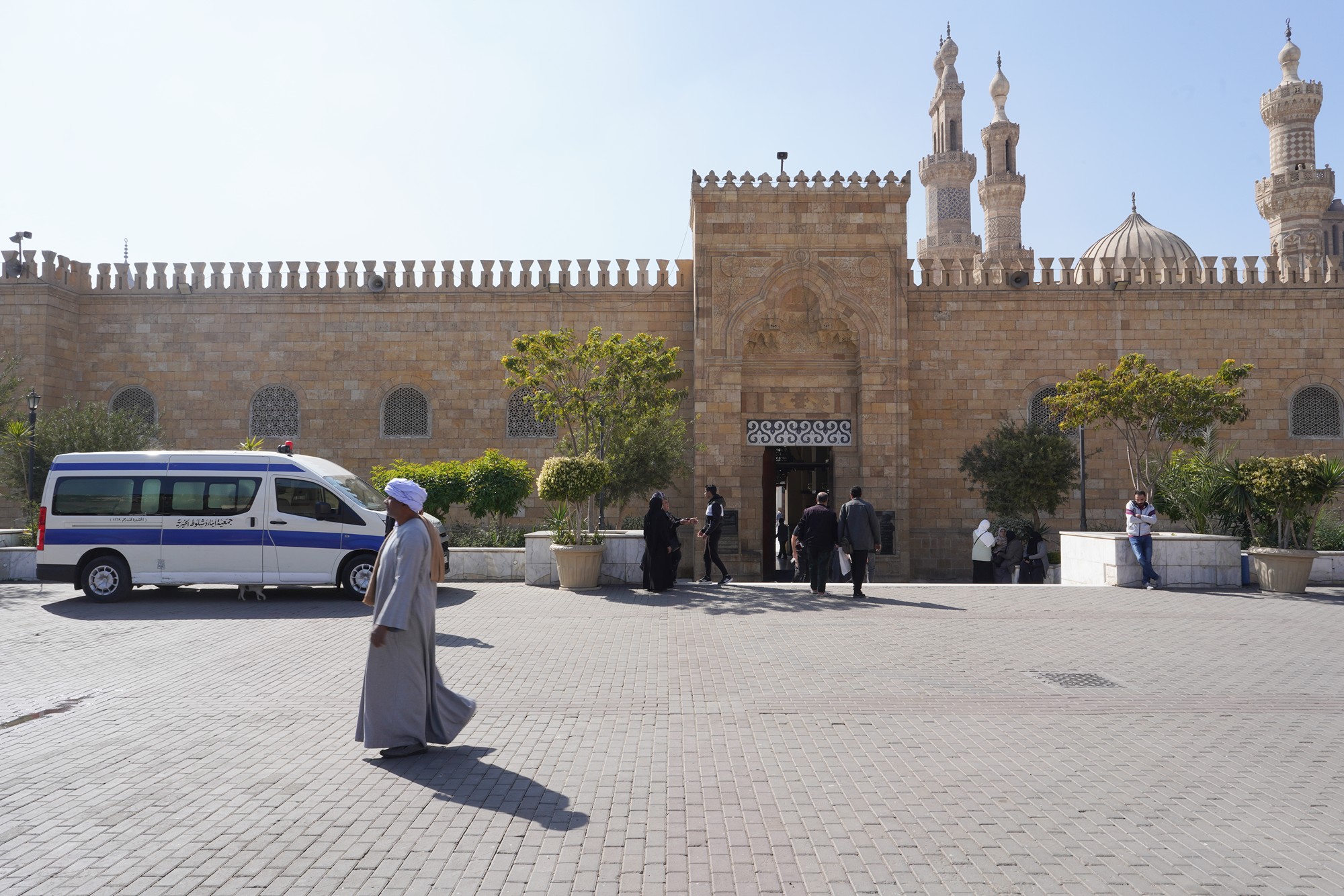

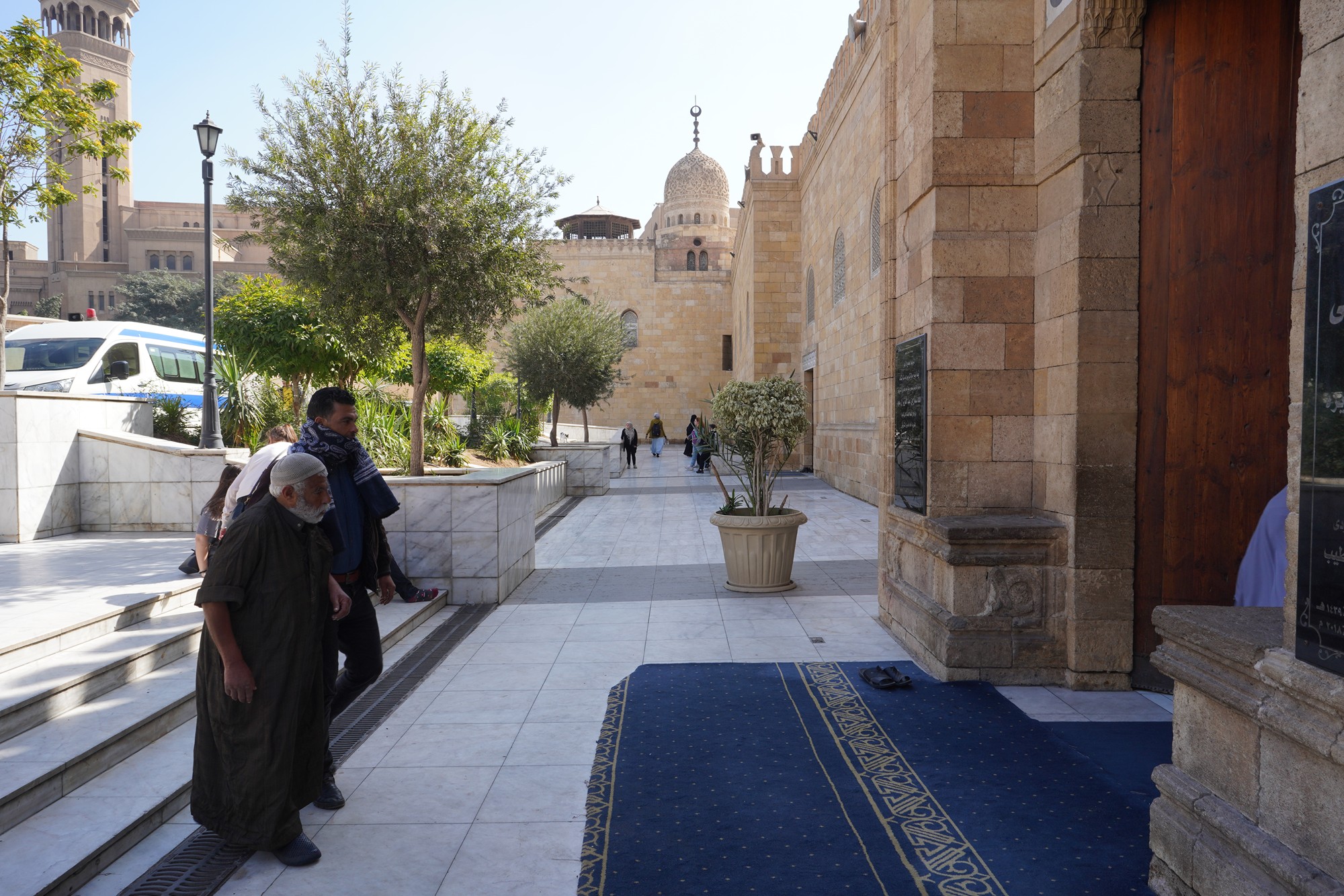
l-Azhar Mosque was founded in 970 AD by the Fatimid Caliphate as part of the city of Al-Qahira (Cairo). It is one of the oldest continuously operating universities in the world.
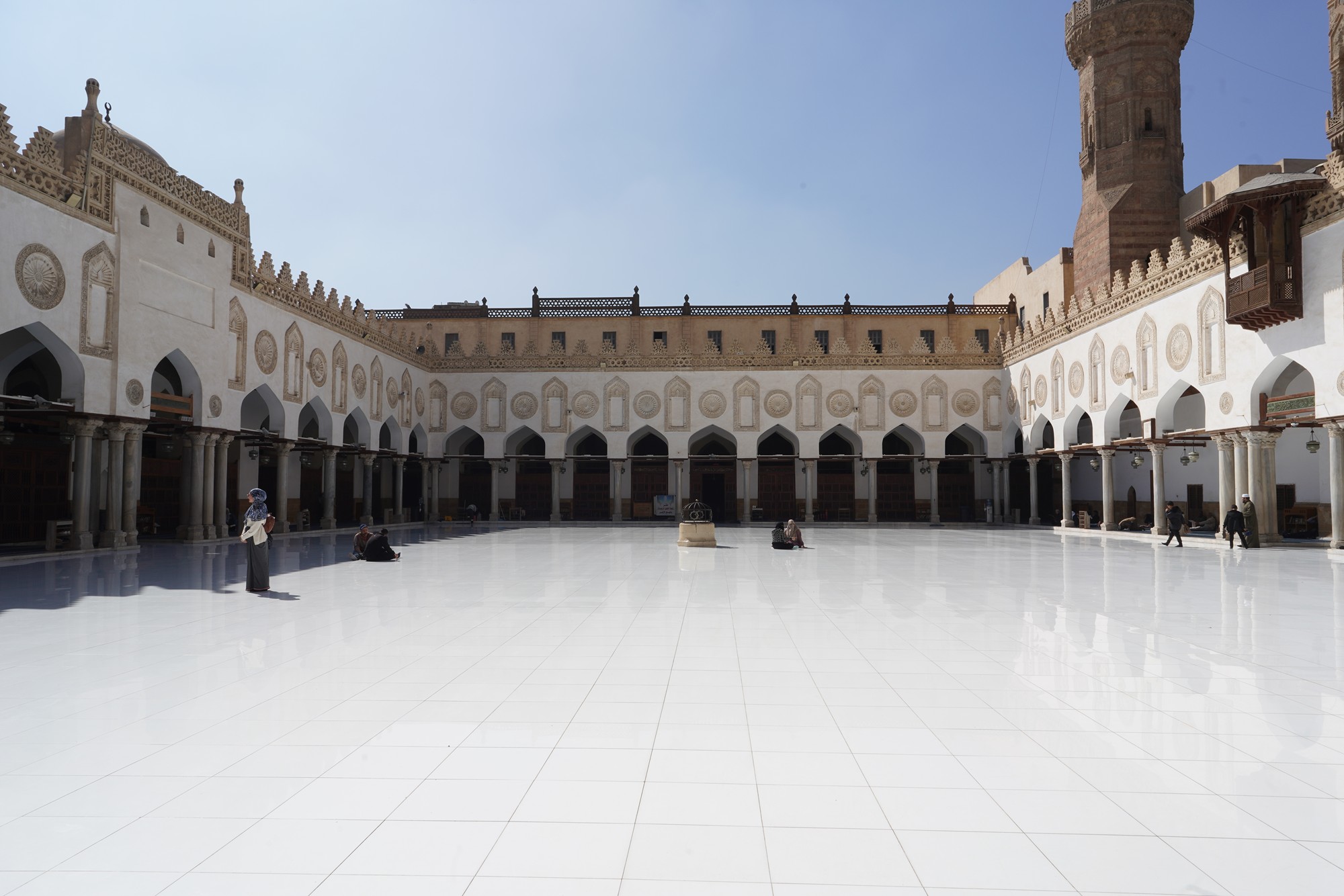
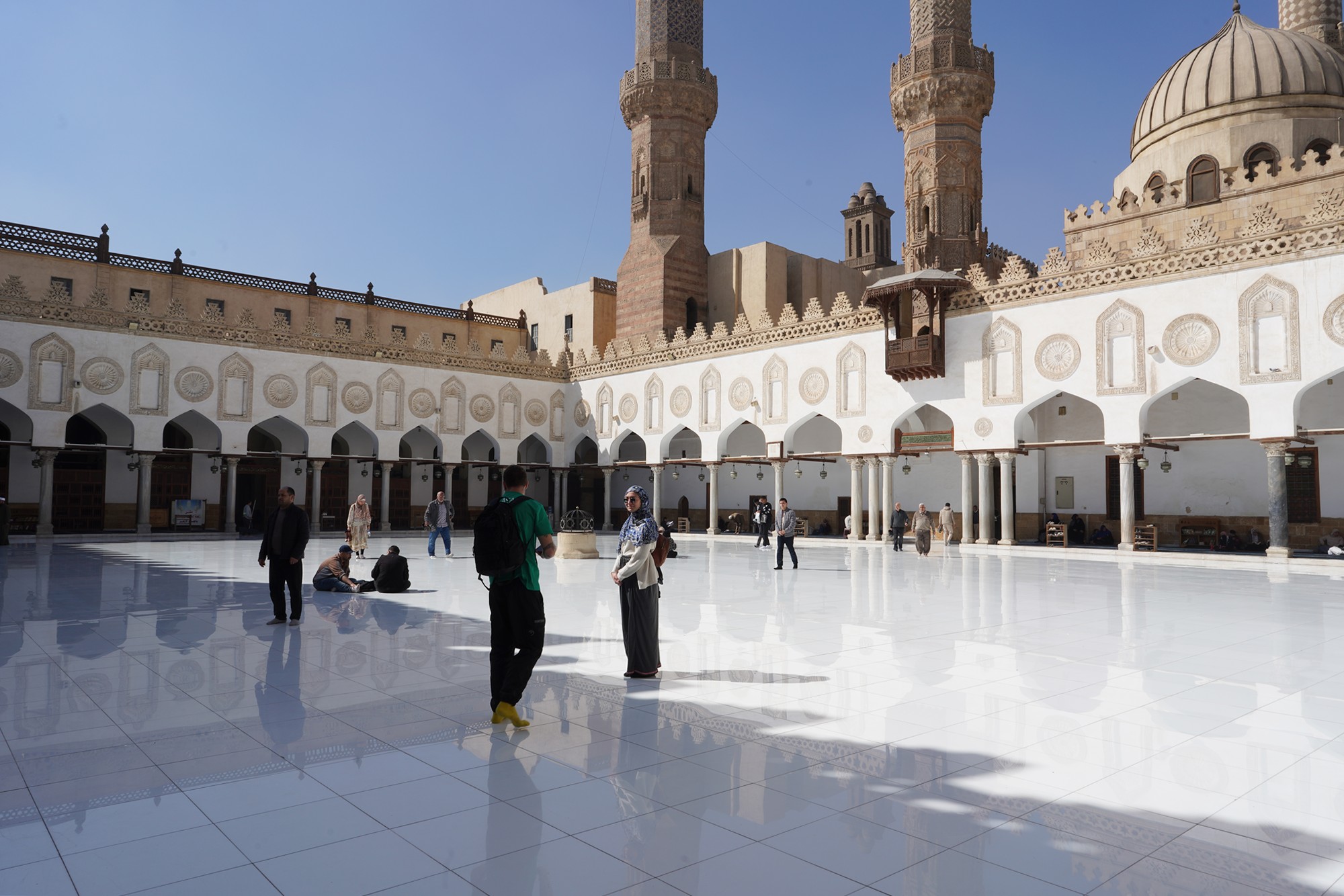
The mosque’s architectural style has evolved over the centuries, reflecting various historical periods and dynasties. The current structure includes elements from different eras, including the original Fatimid design, additions from the Ayyubid and Mamluk periods, and later renovations.
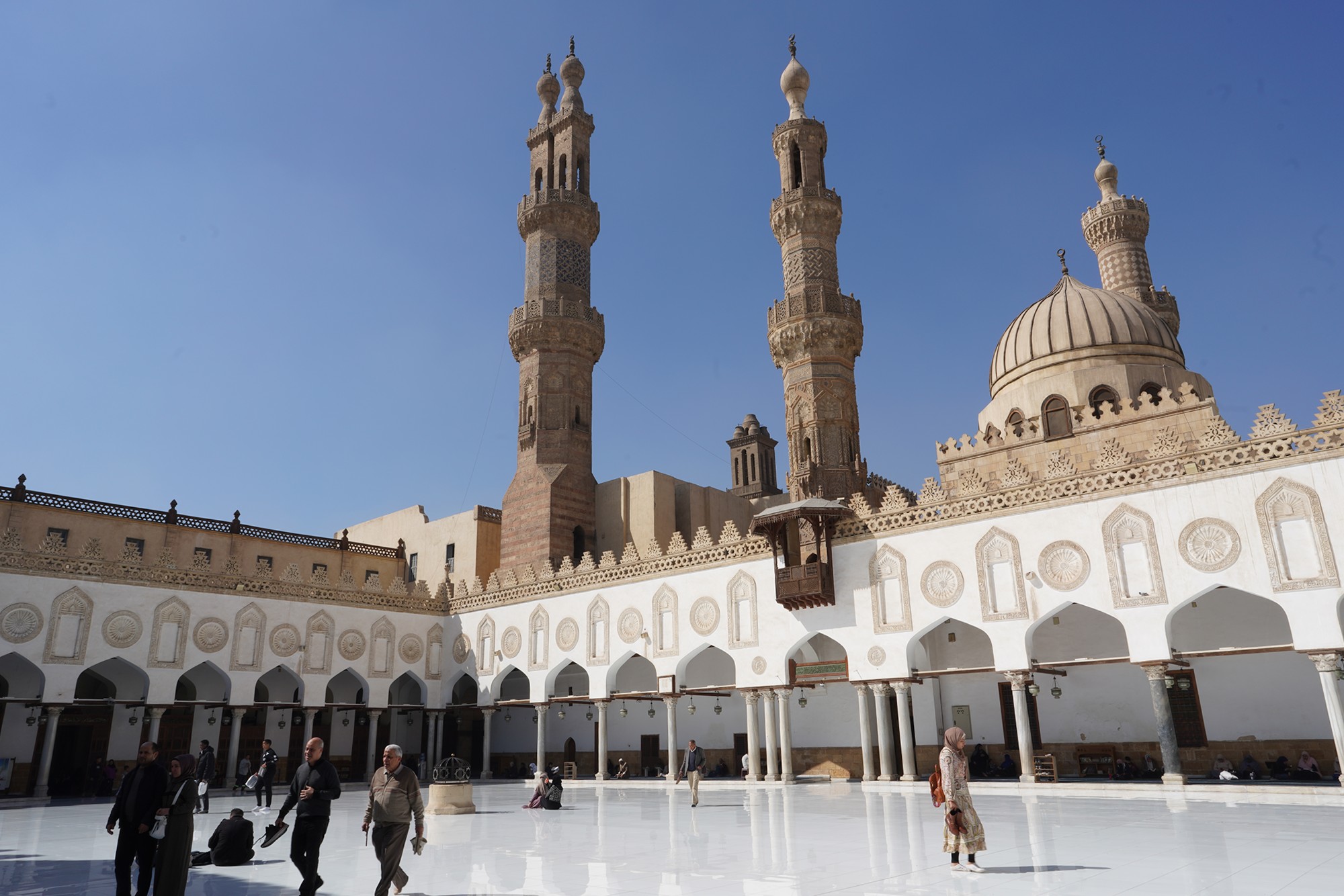
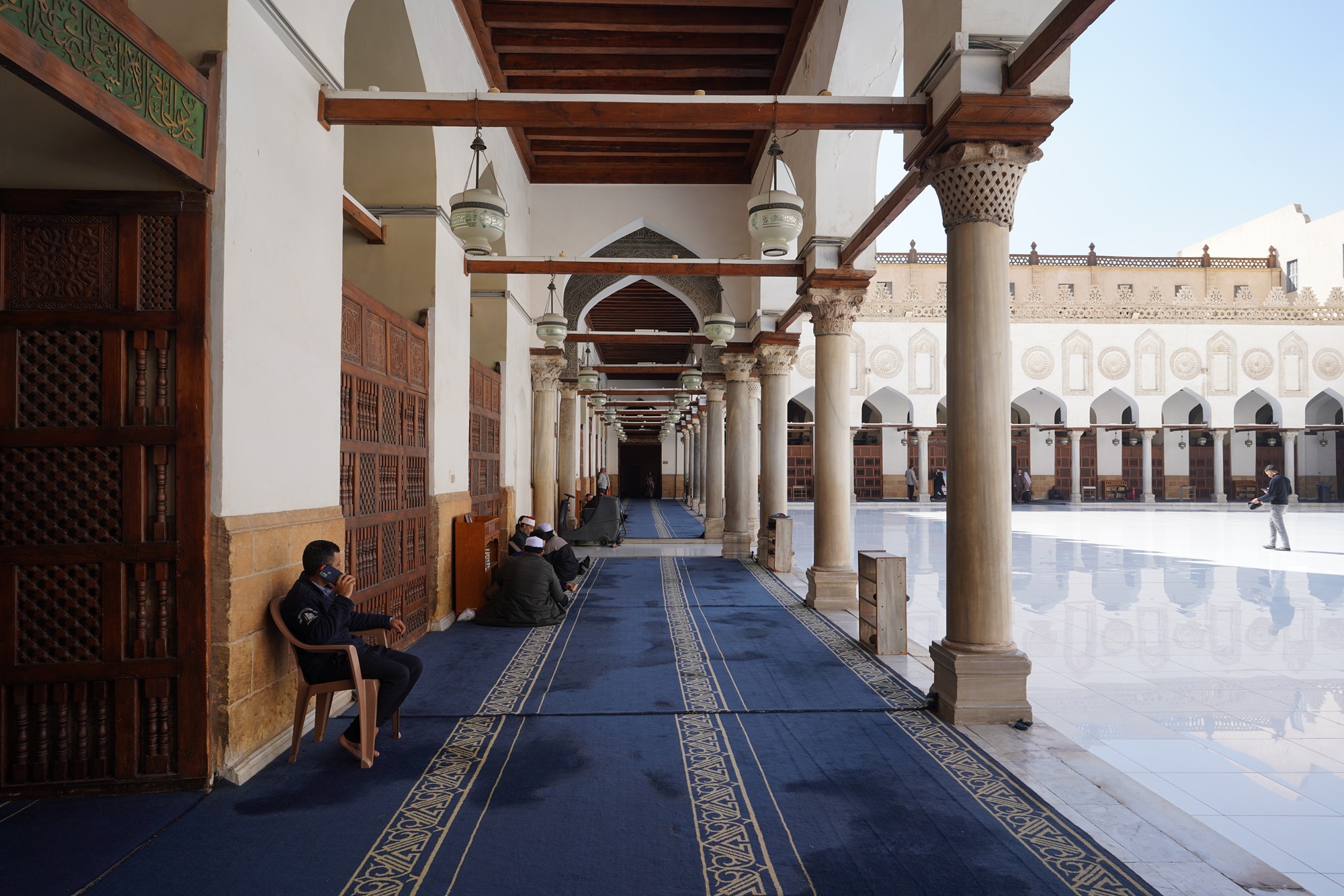
The mosque features a spacious courtyard surrounded by arcades and a prayer hall. The central courtyard is often the location for worshipers to gather and socialize.
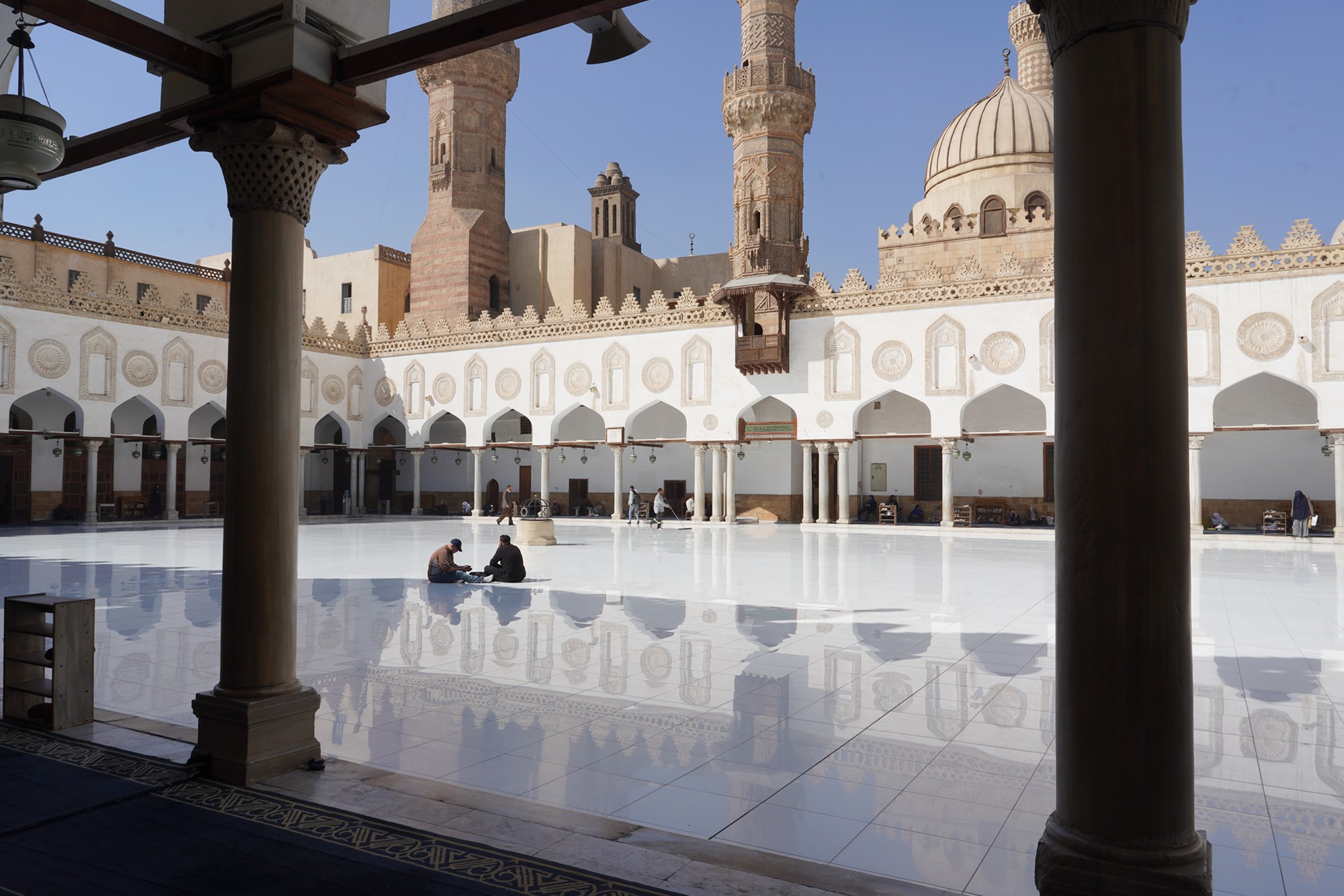
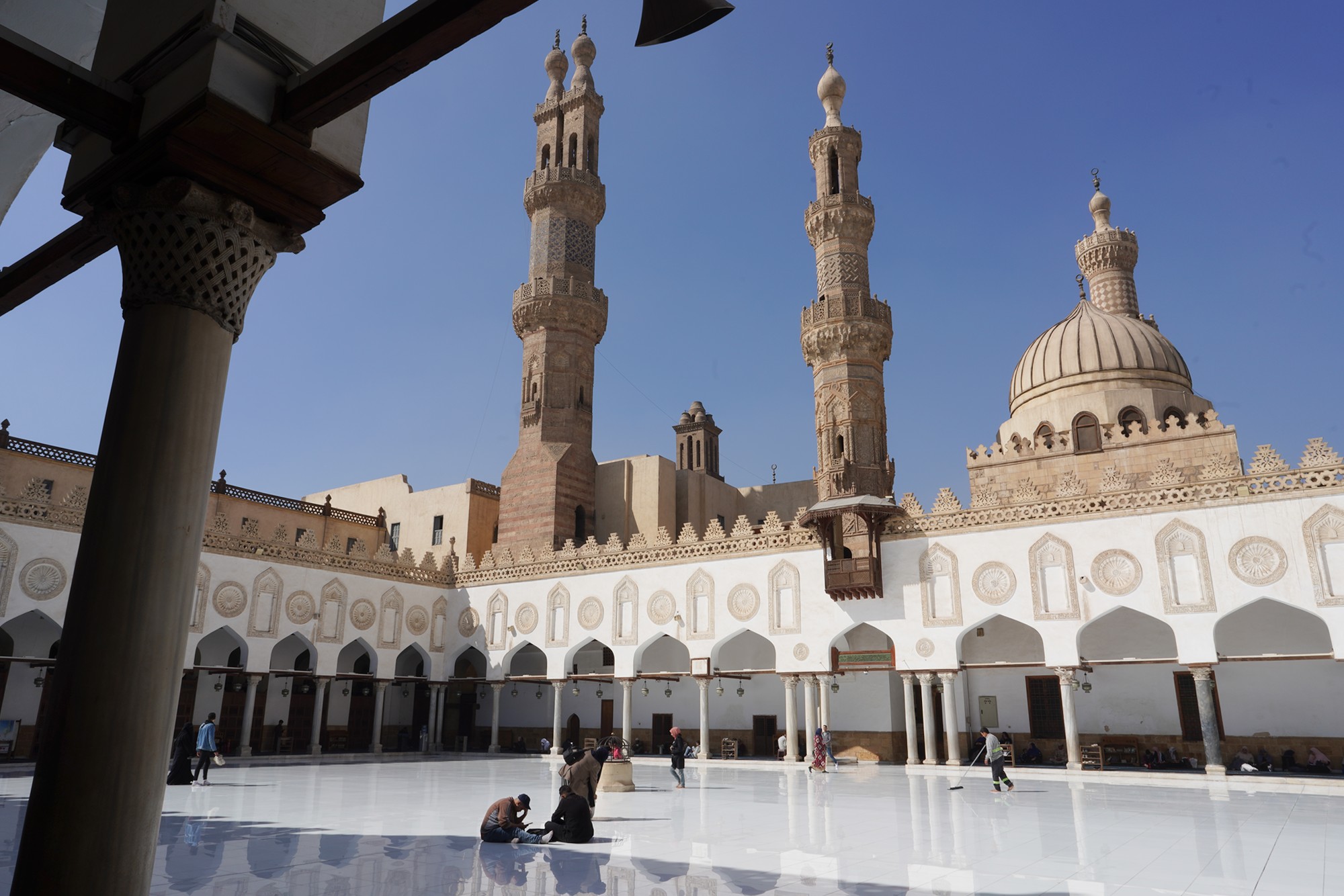
The primary purpose of the prayer hall is to provide a dedicated space for Muslims to perform their obligatory and voluntary prayers. Muslims are required to pray five times a day facing the Kaaba in Mecca, and the prayer hall is oriented toward the qibla, the direction of the Kaaba.
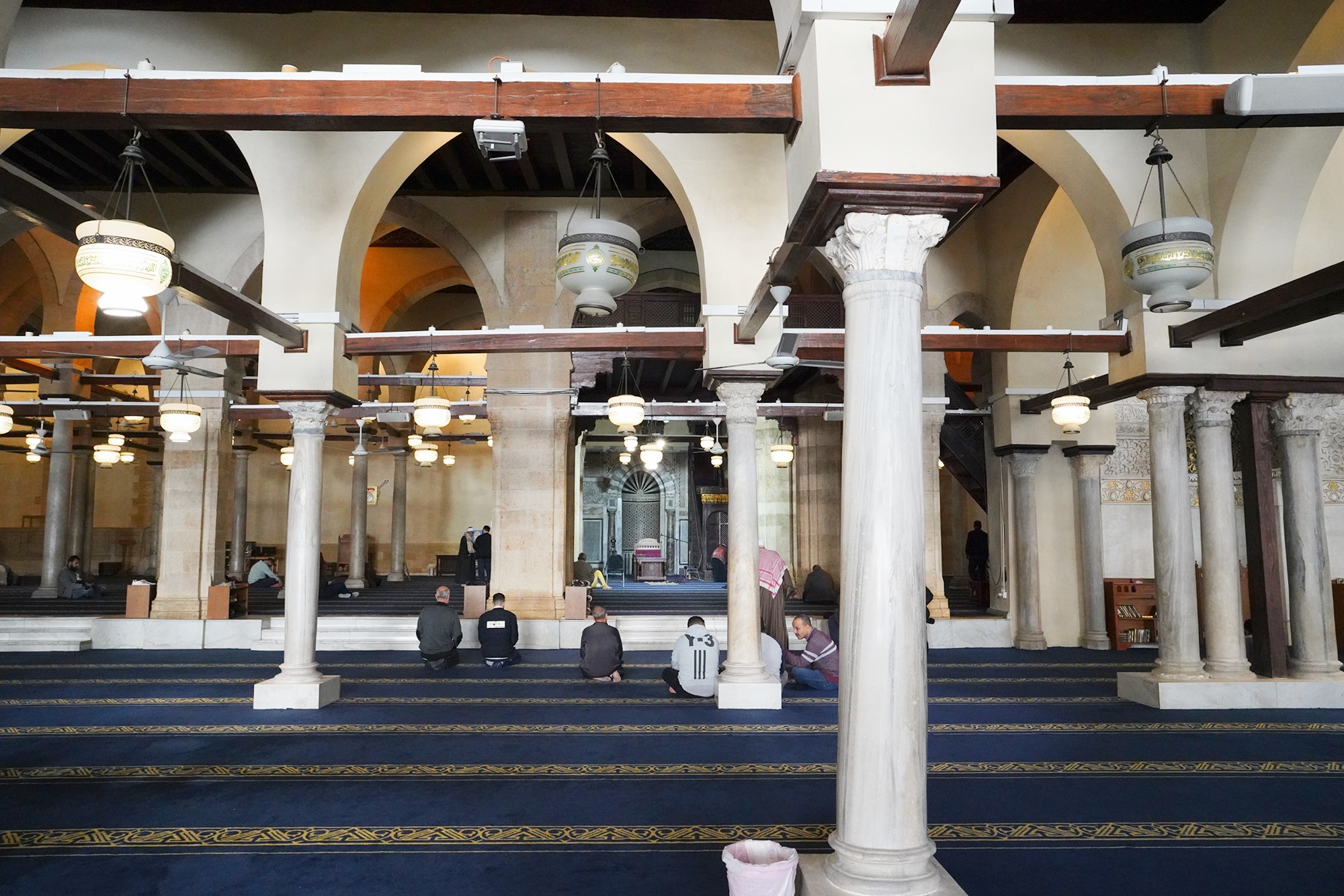


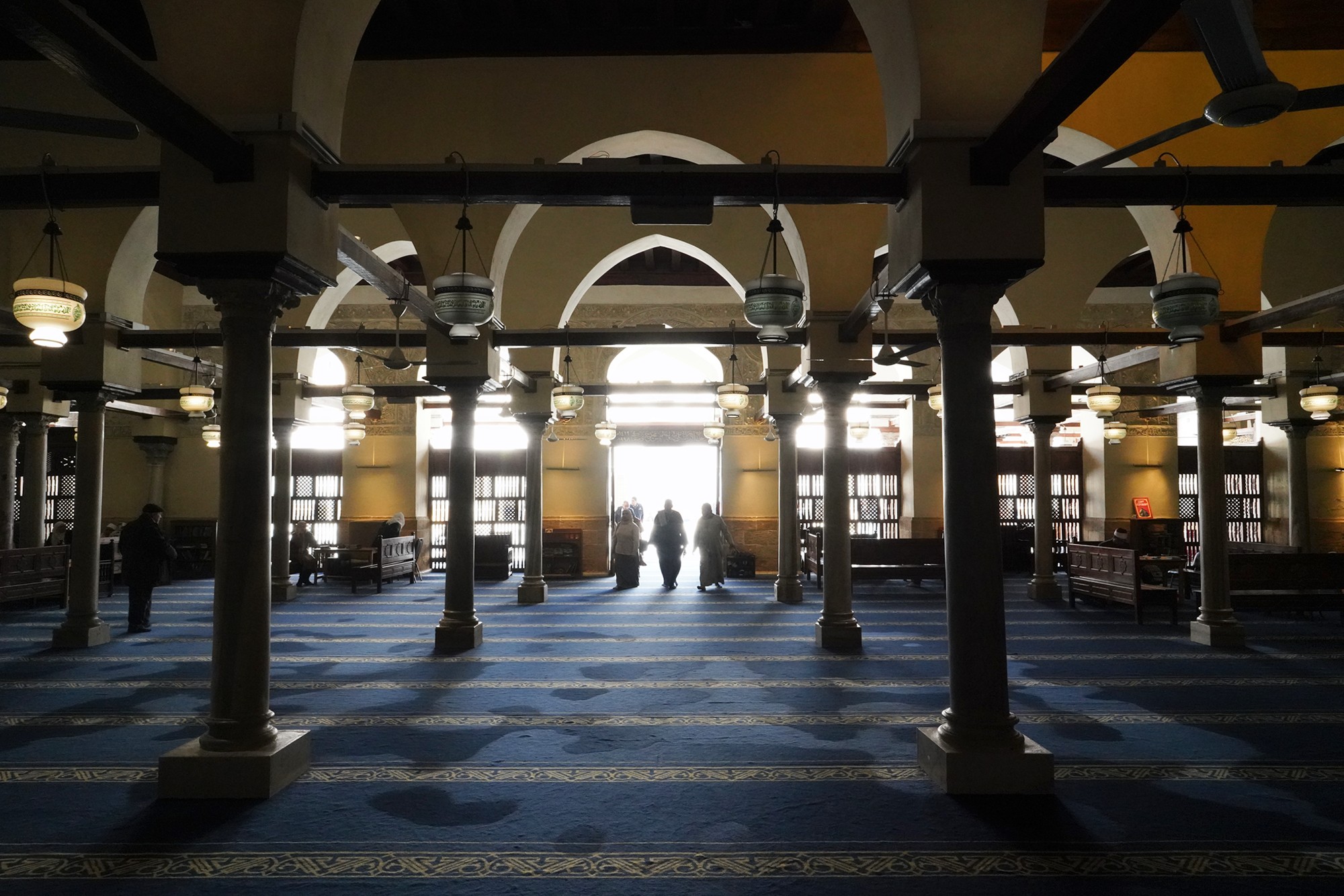
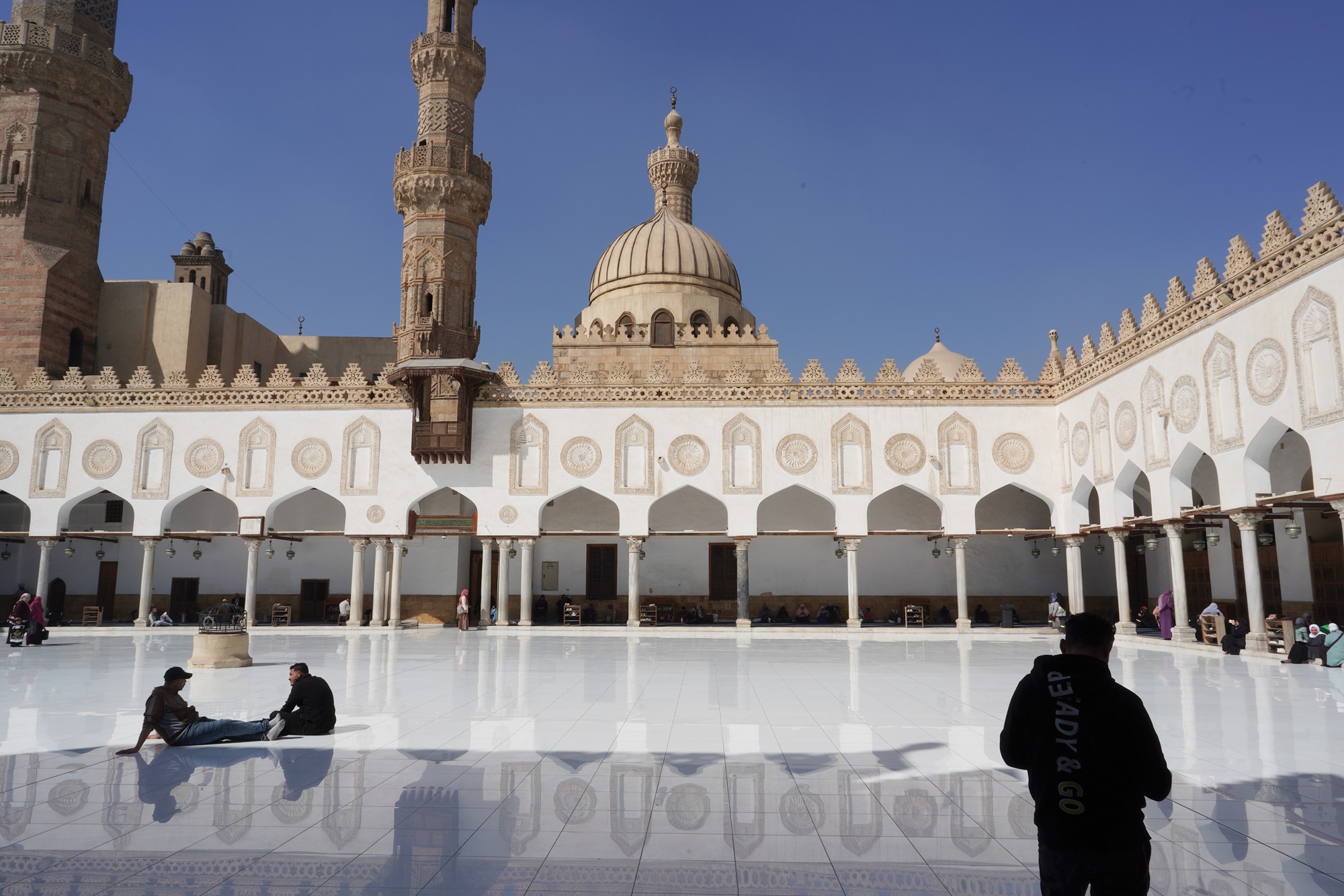

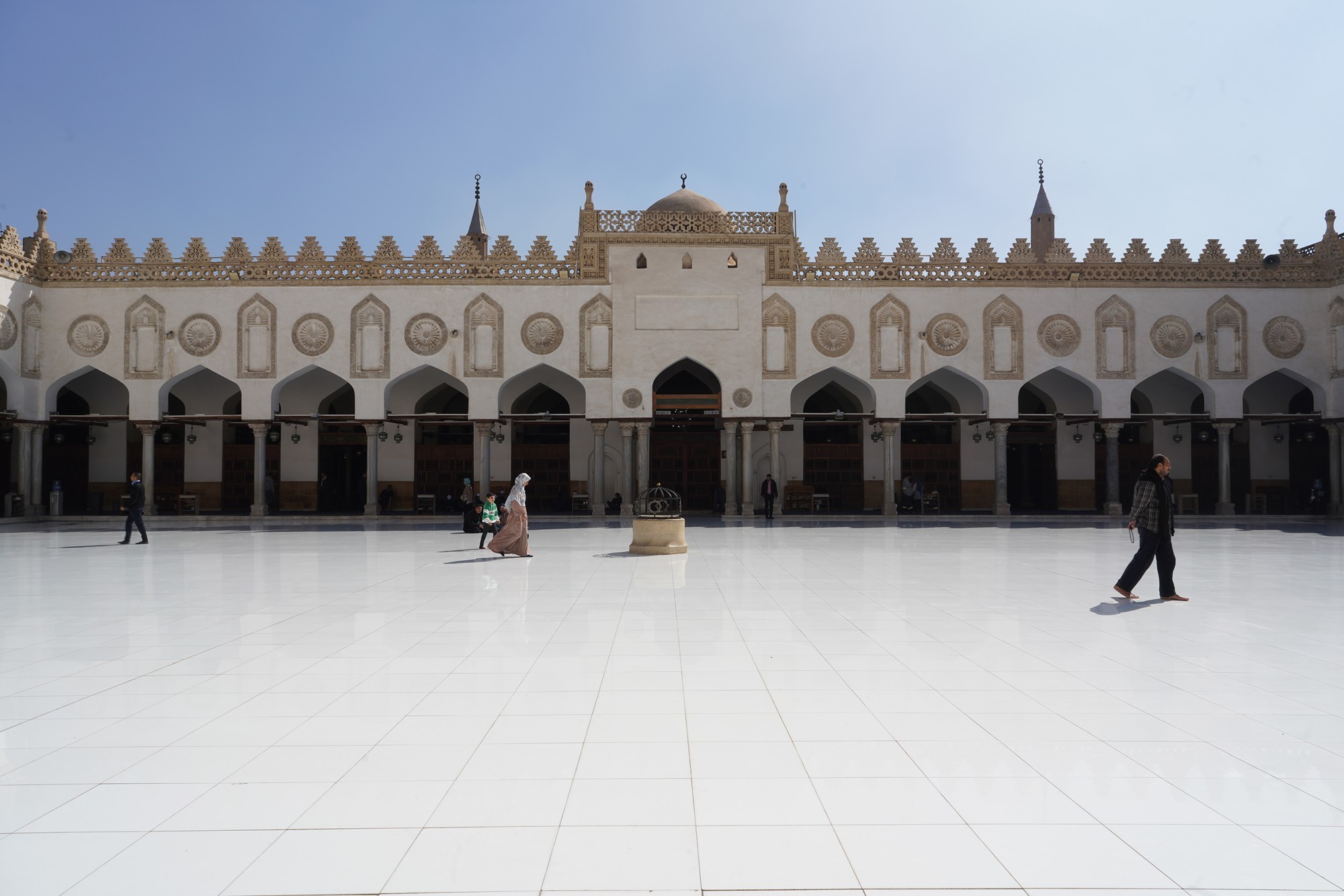

I returned to the street and walked toward Bab Zuweila, the south gate.
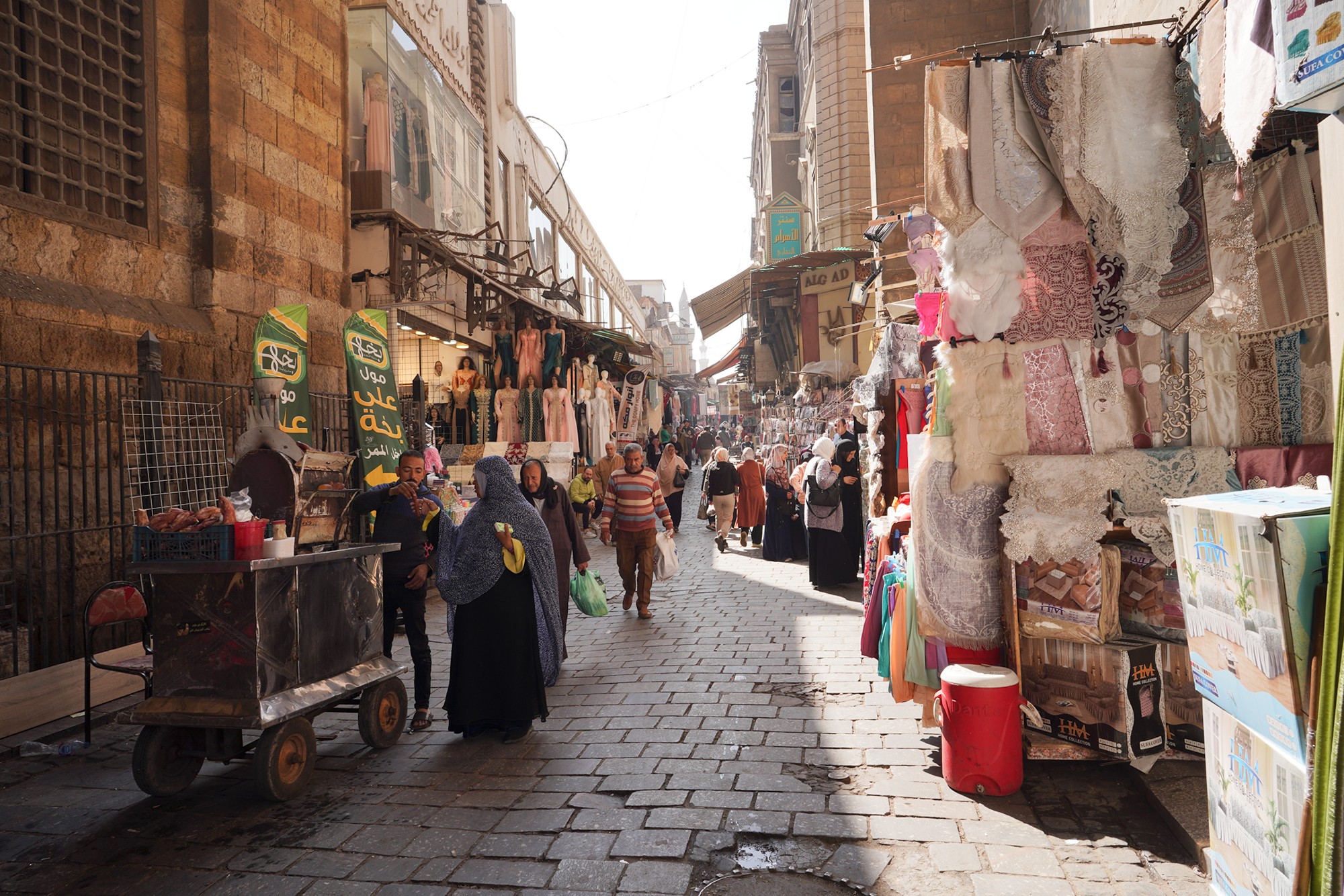
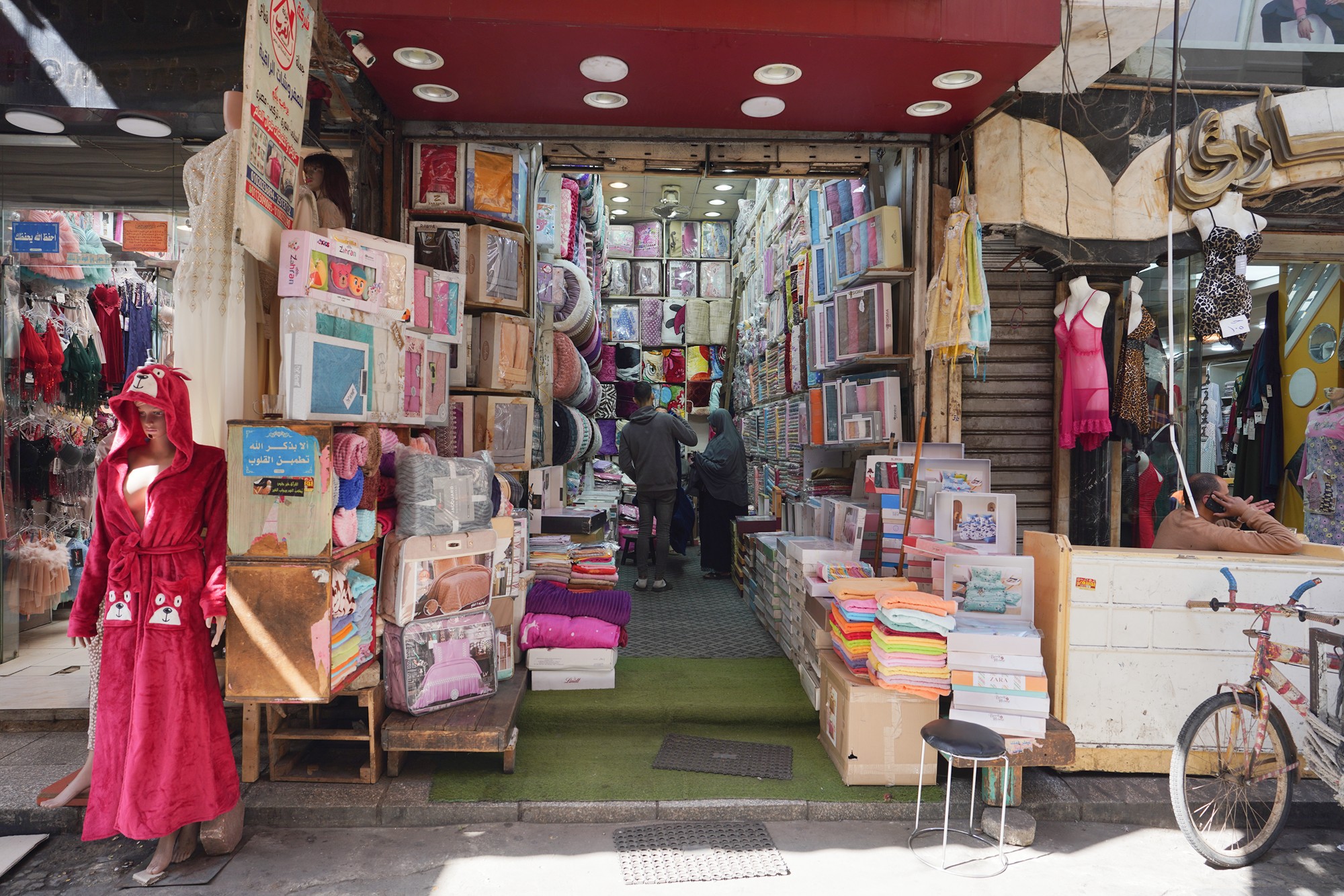

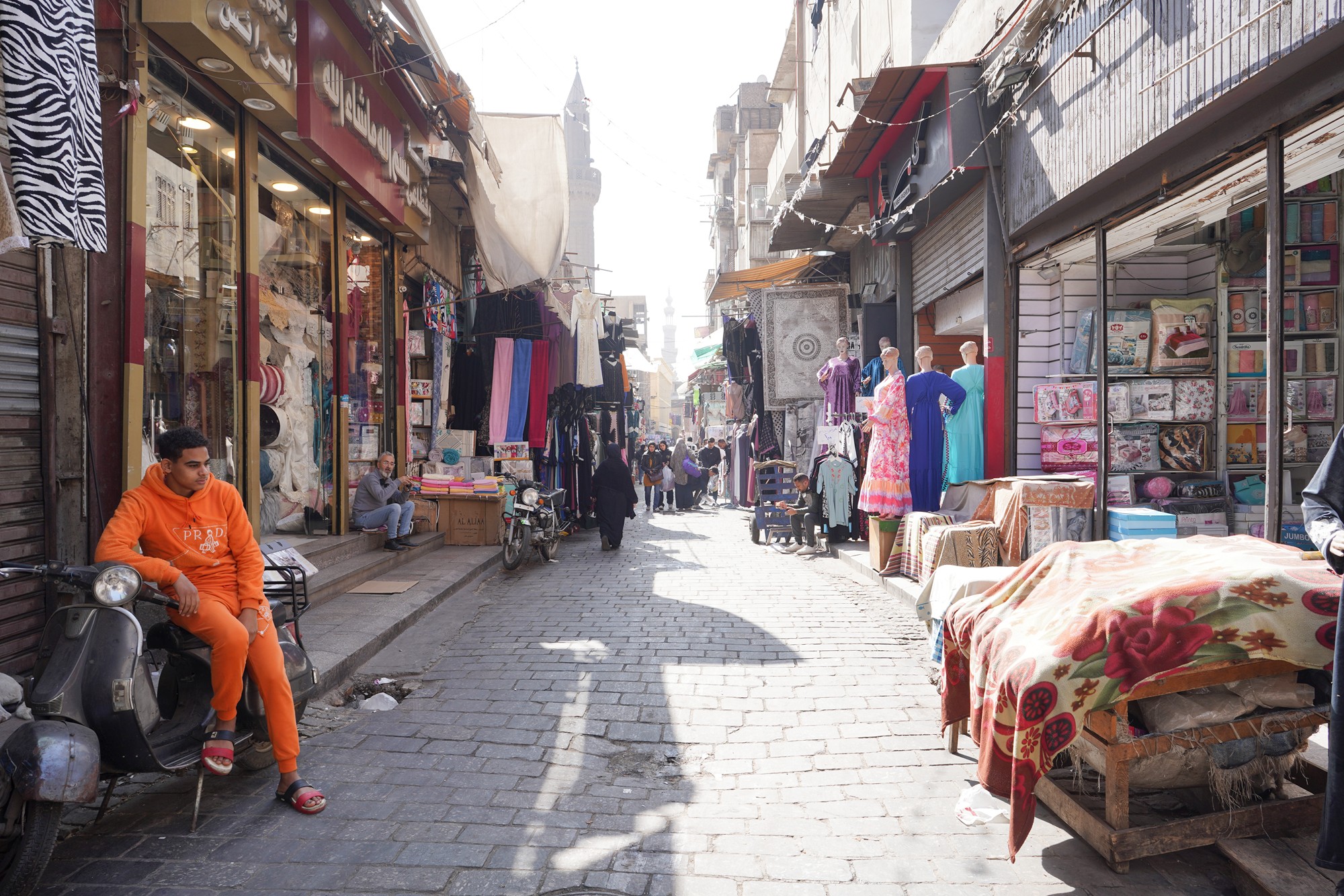
The south gate in front

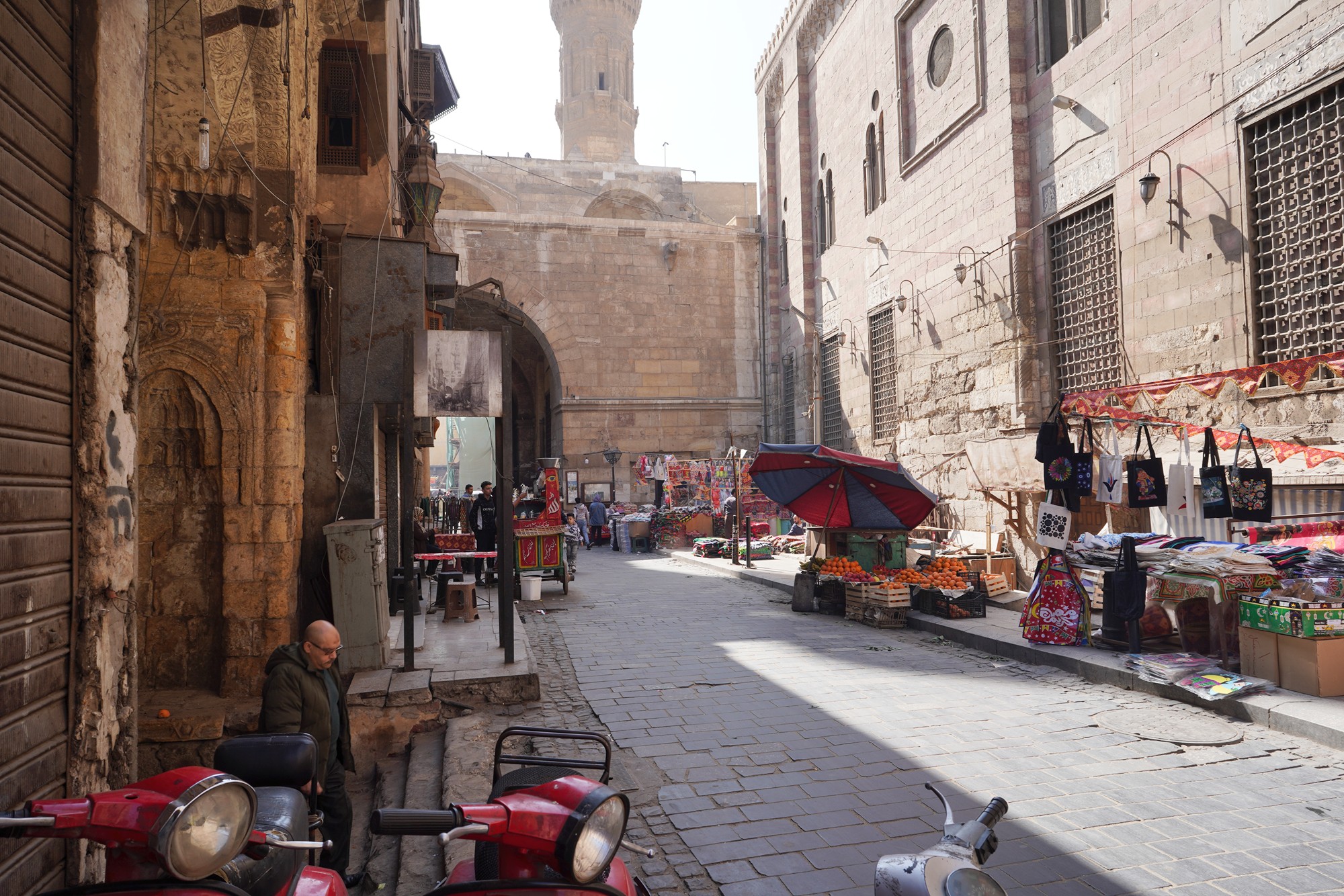

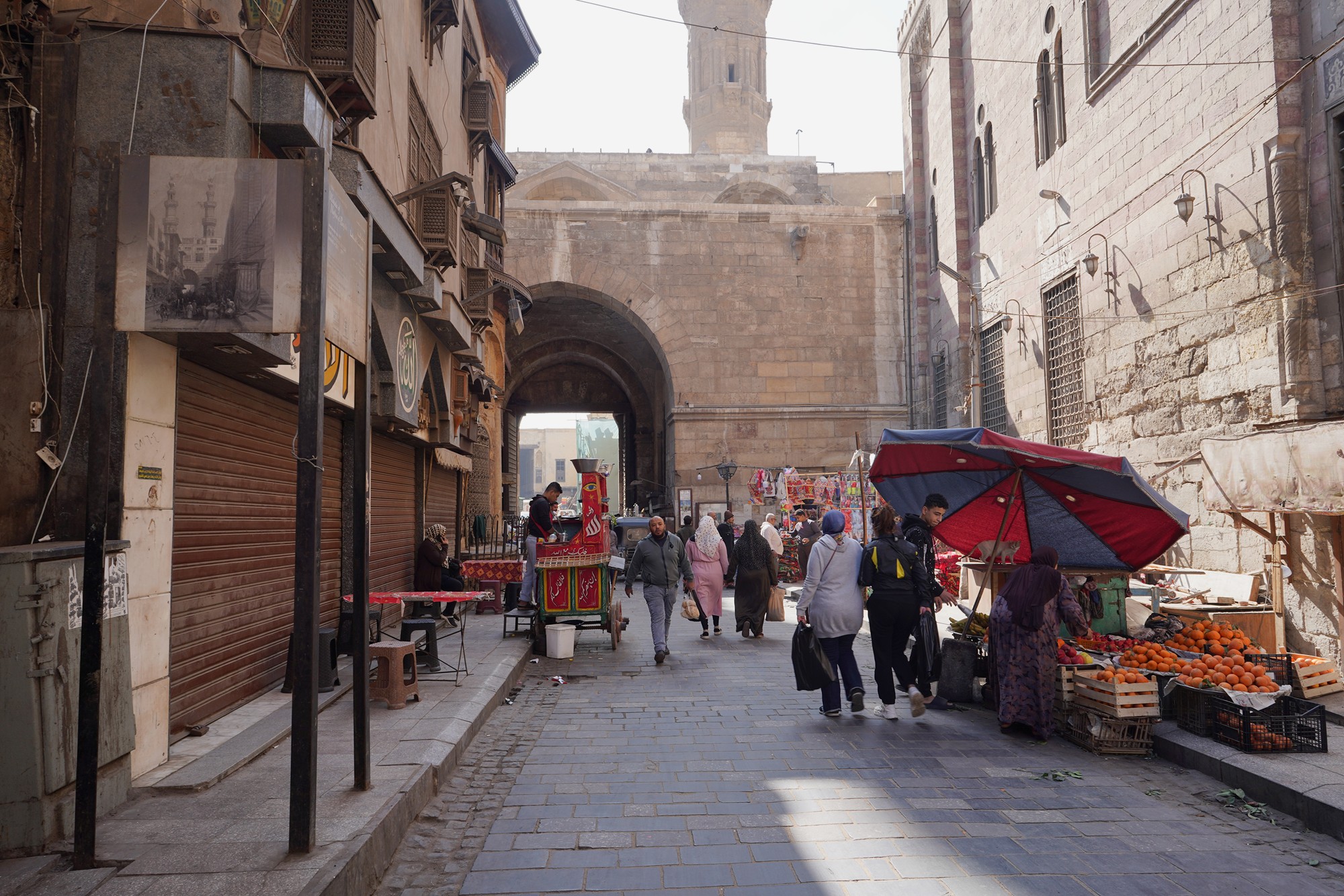

I came through the gate and looked back at the gate.
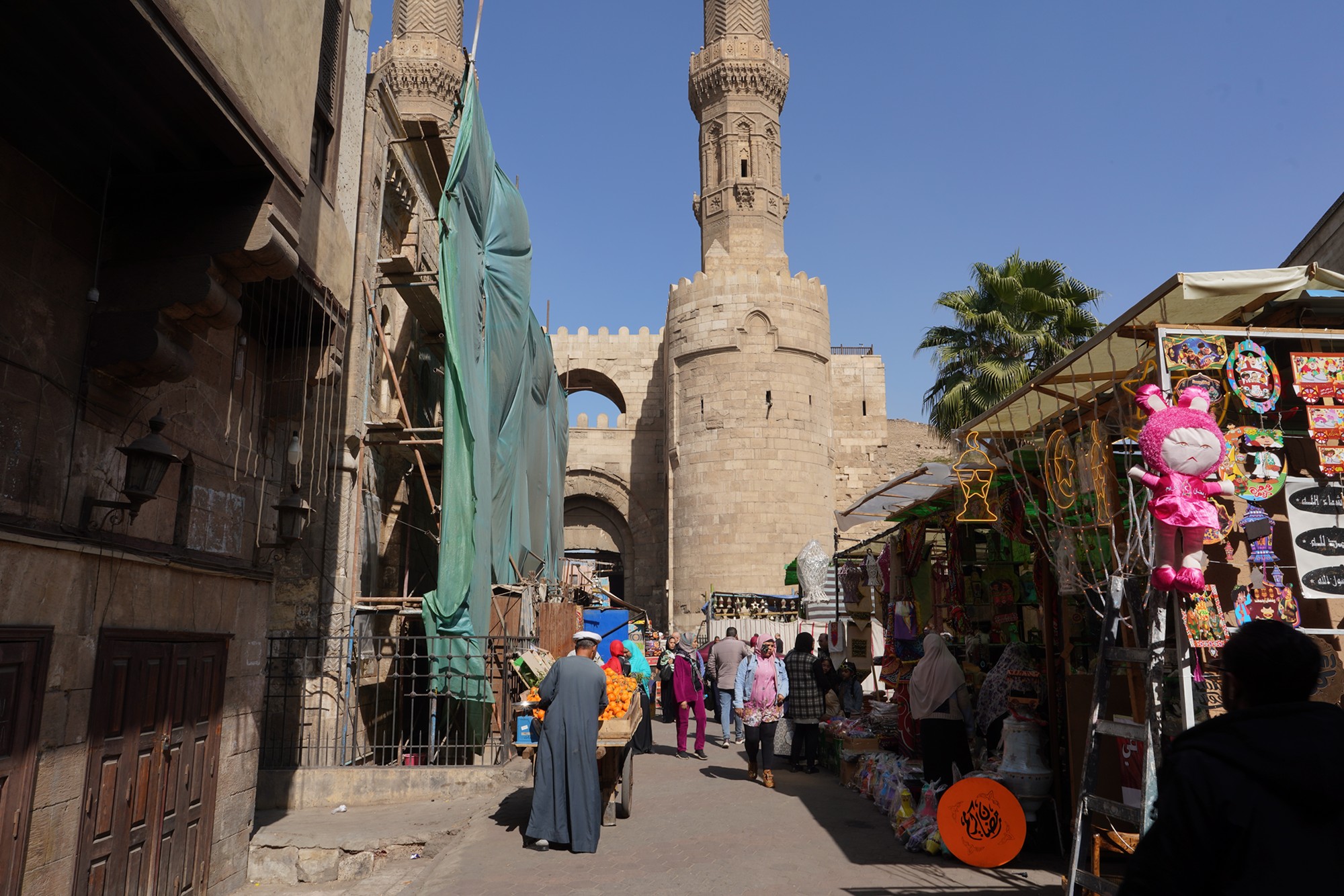
I kept walking straight through the market in front.
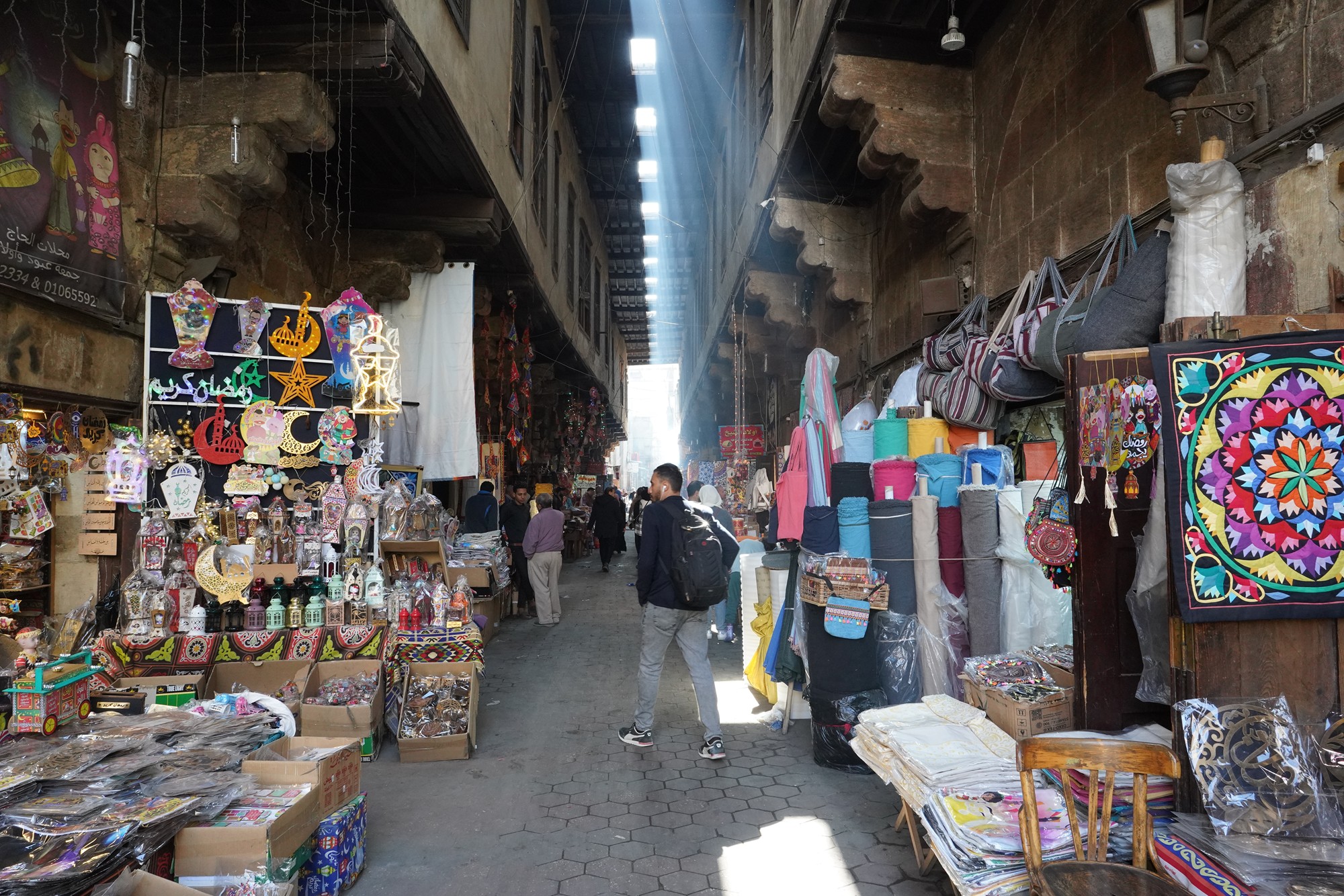
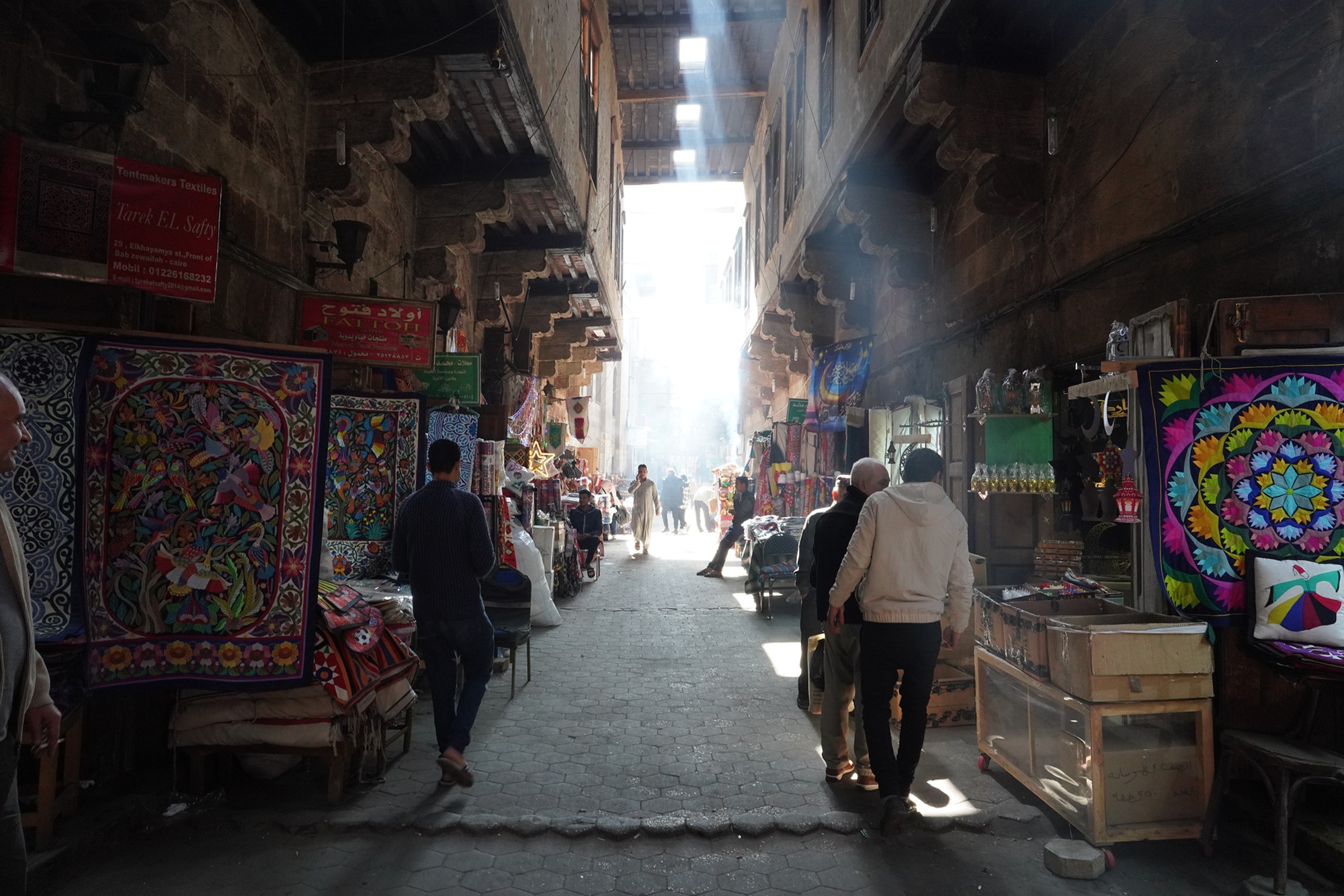
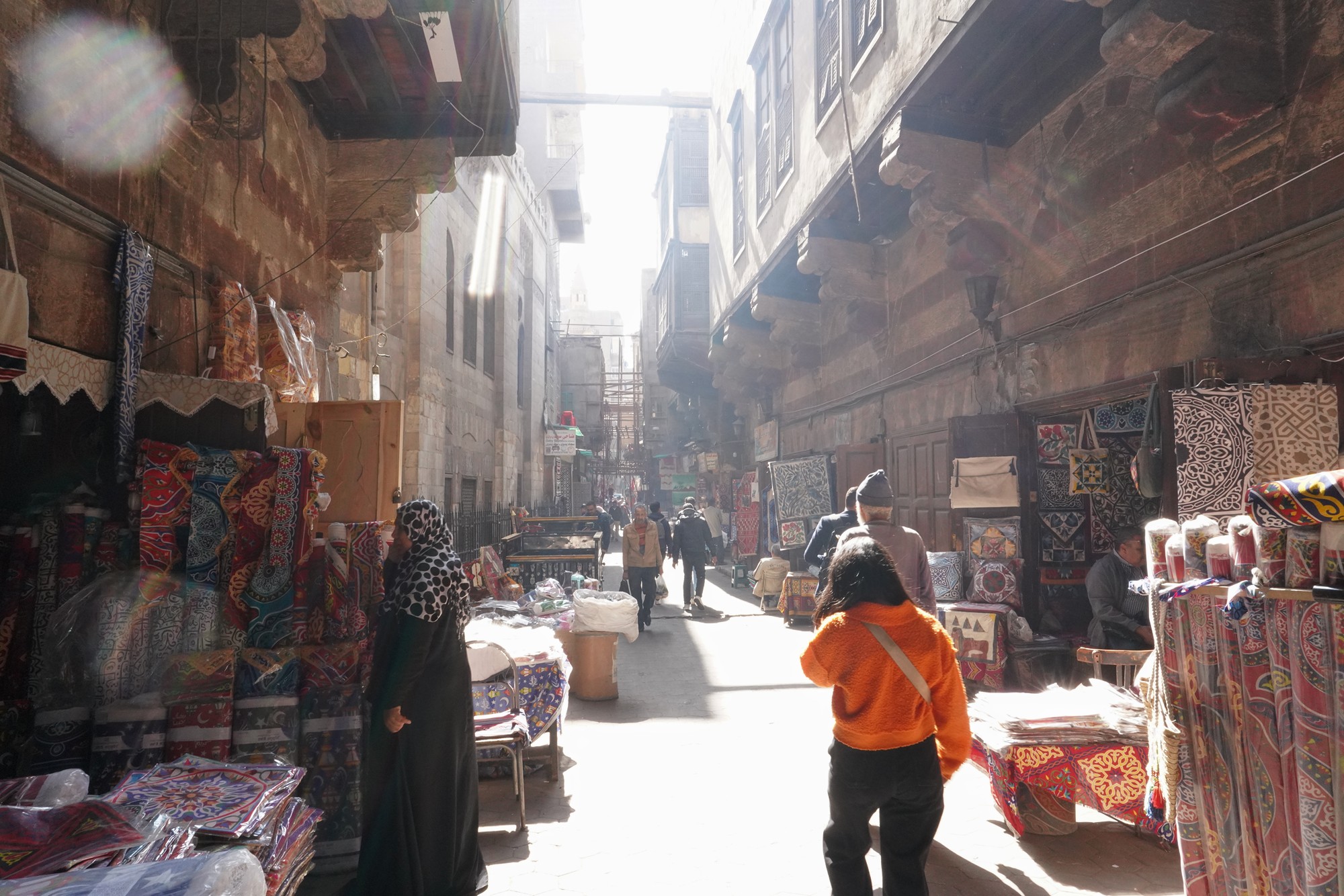
Returned back to the gate
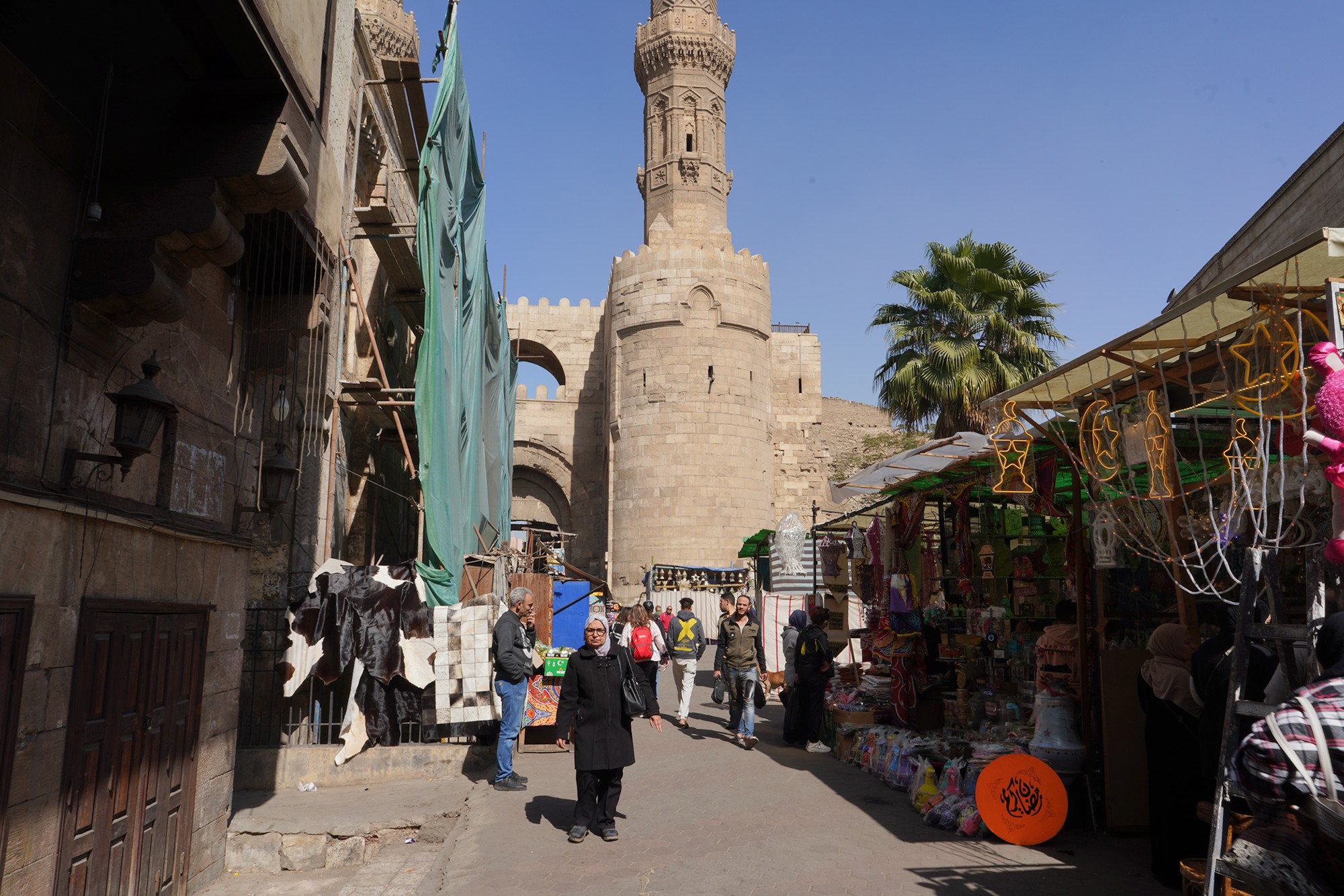
Then, I turned left and walked toward the Museum of Islamic Art in Cairo.

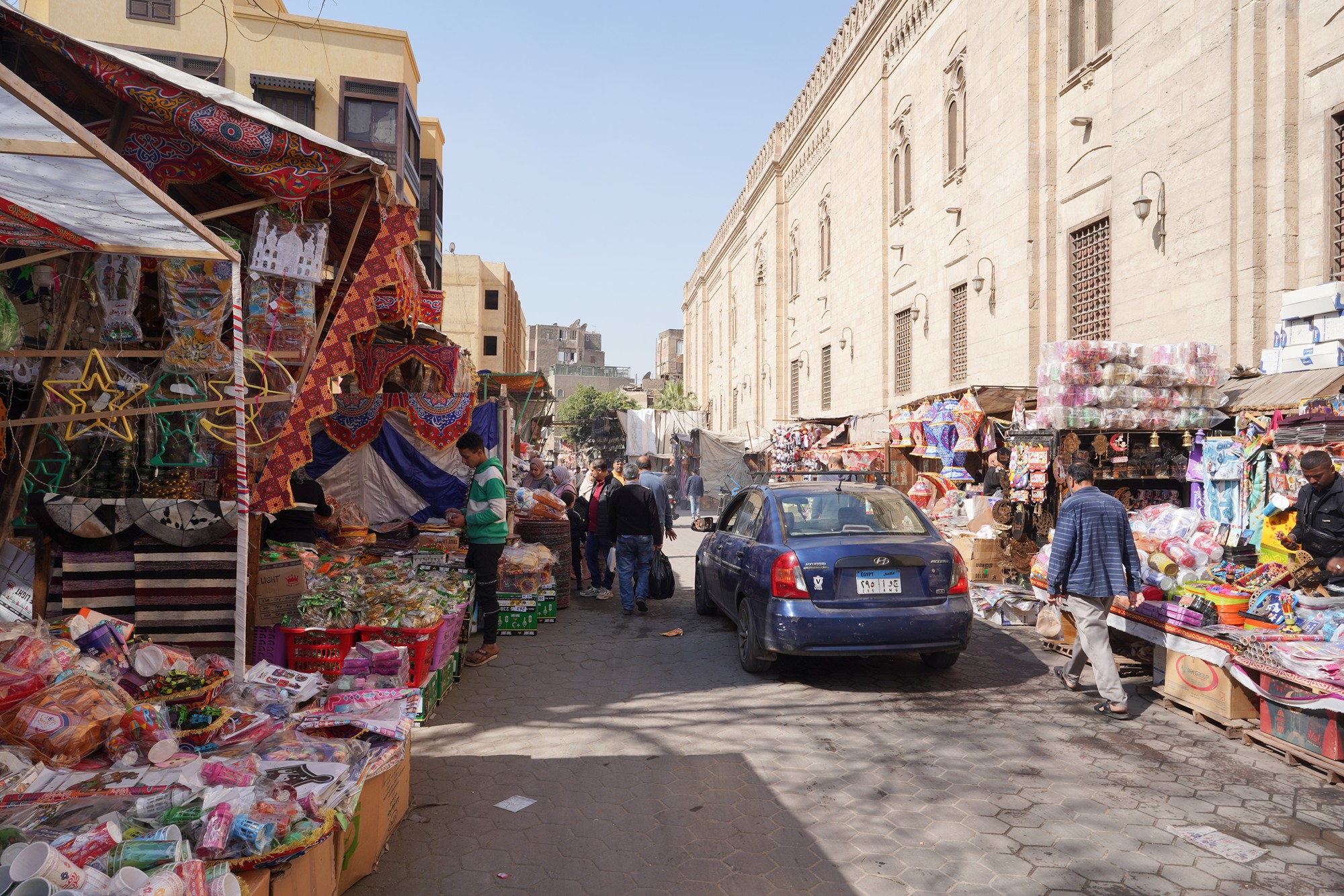
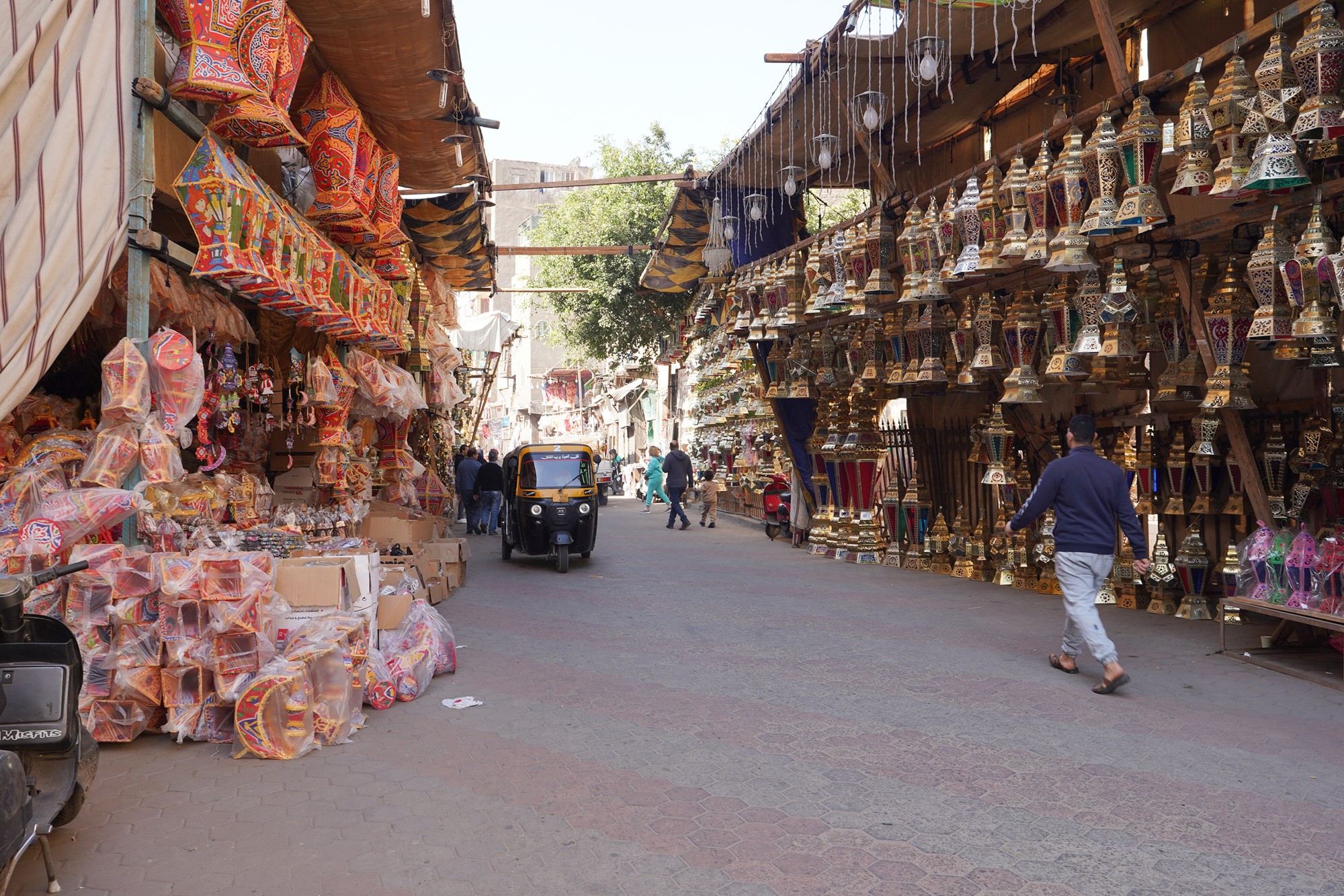
The Museum of Islamic Art in Cairo

